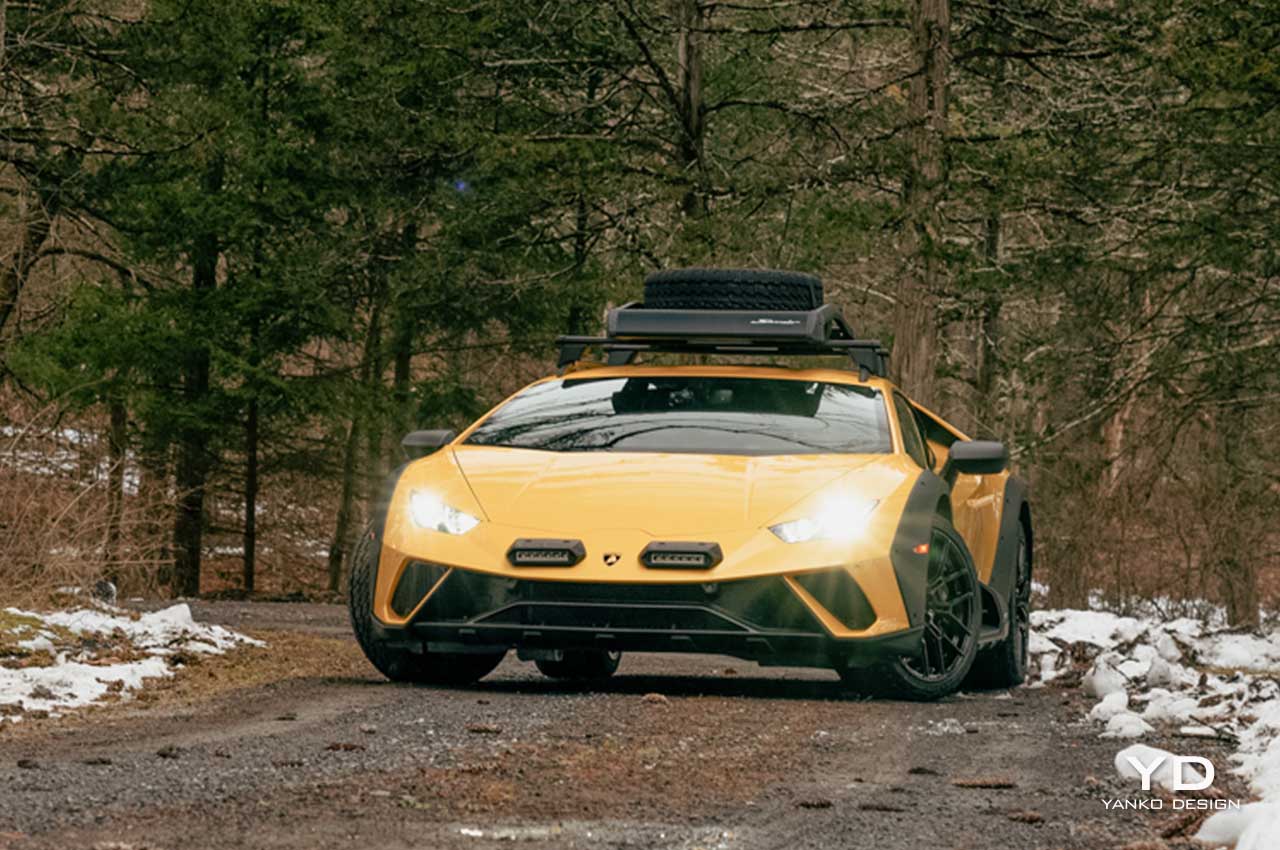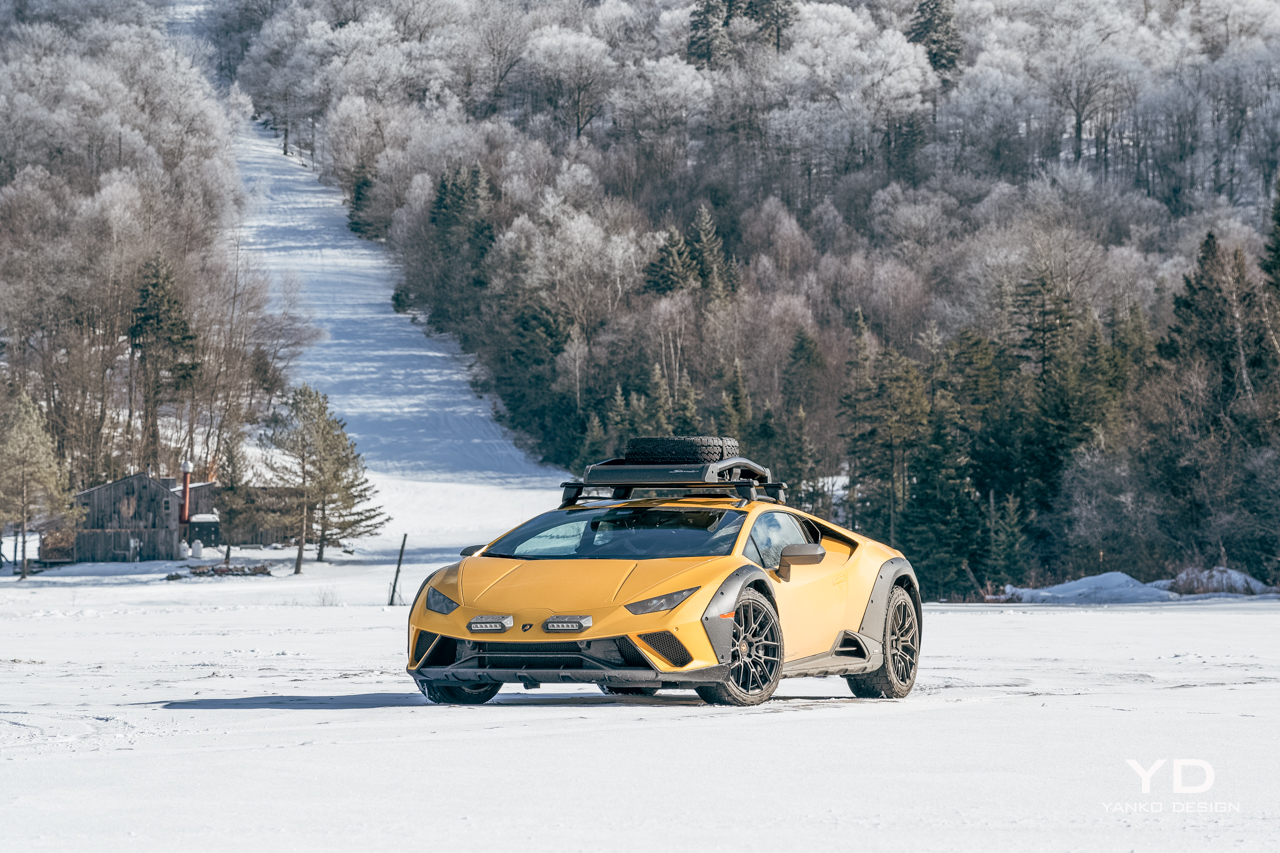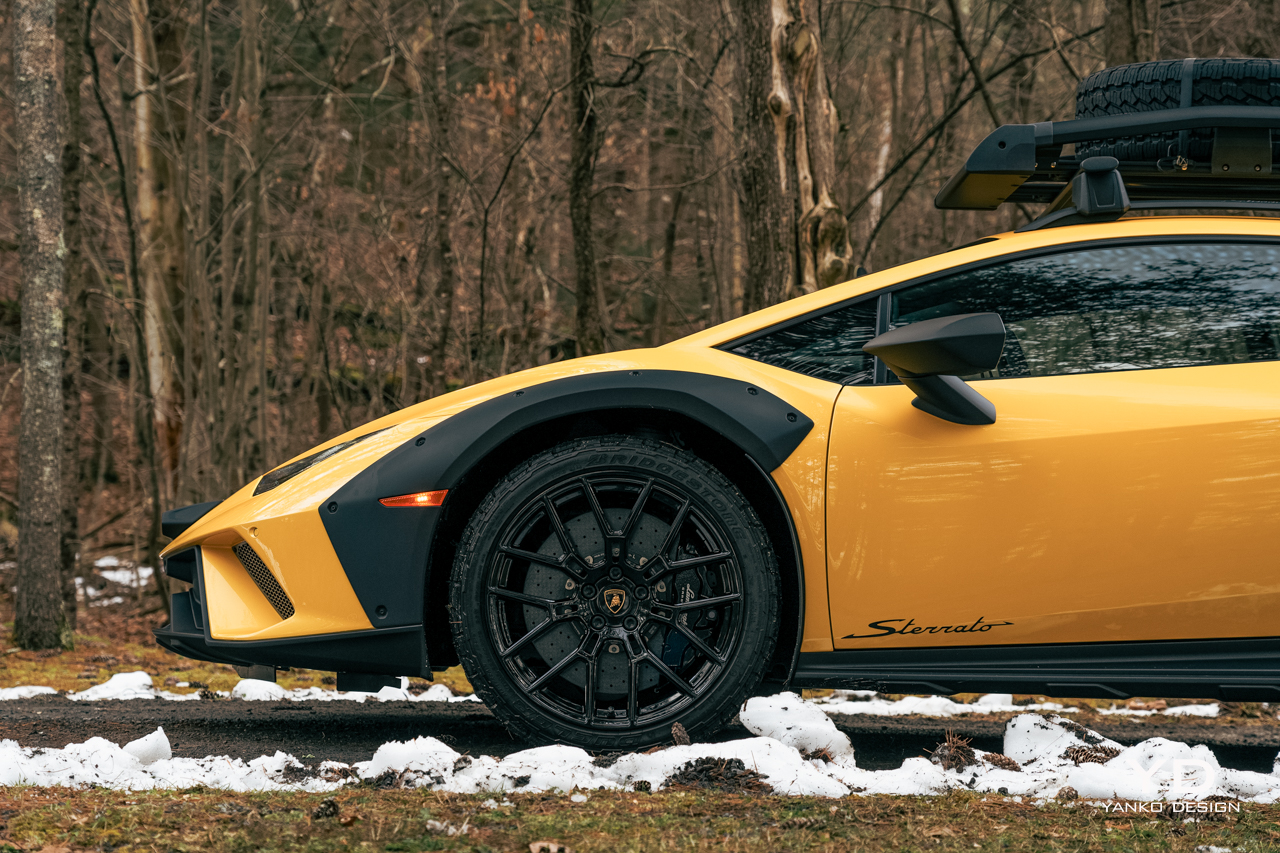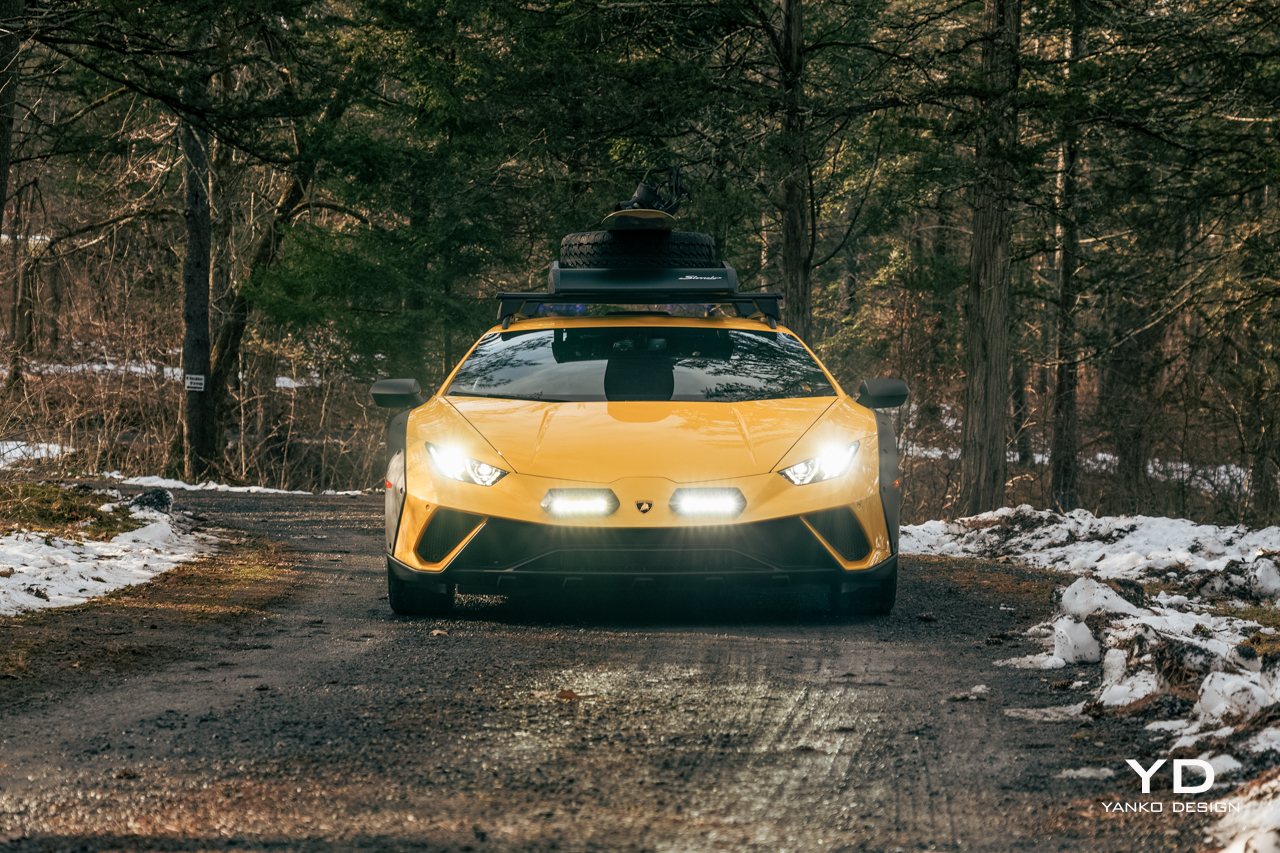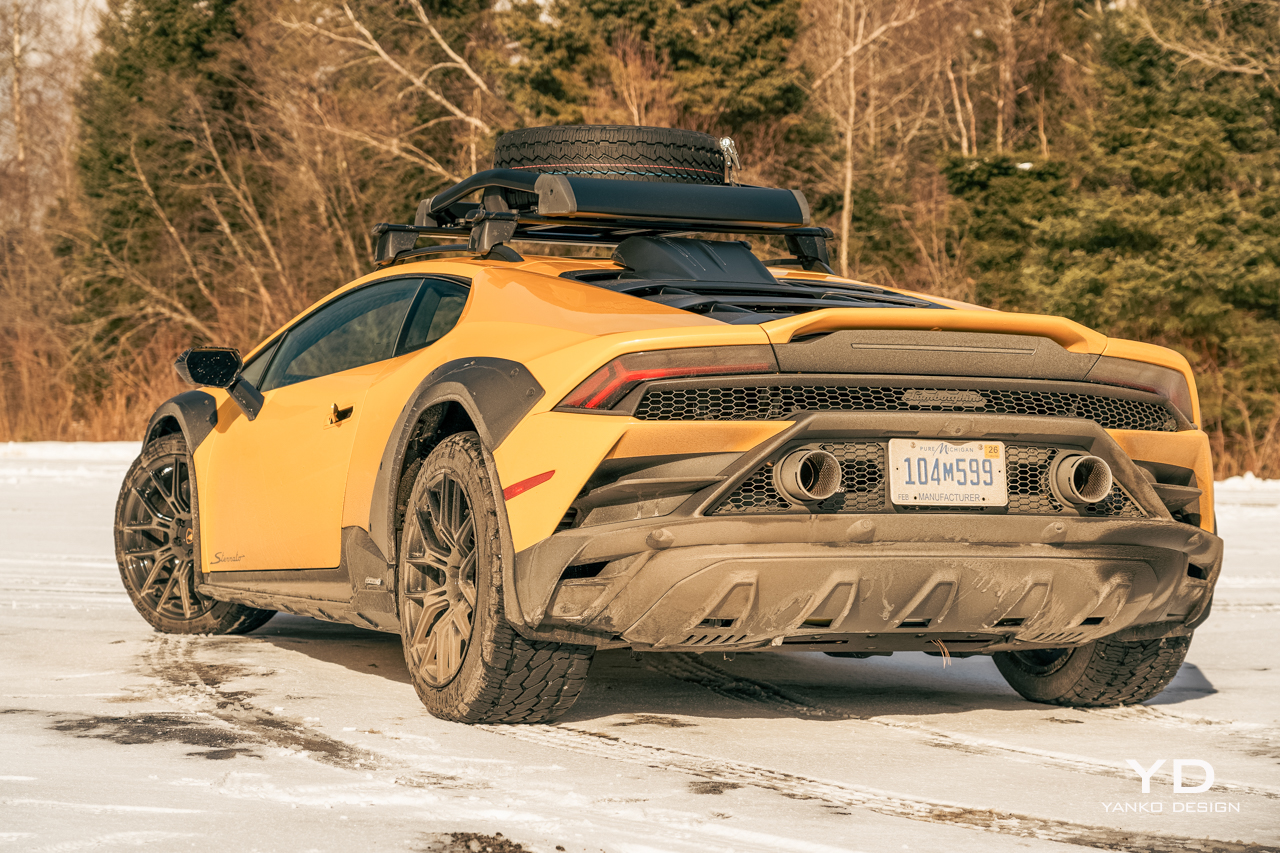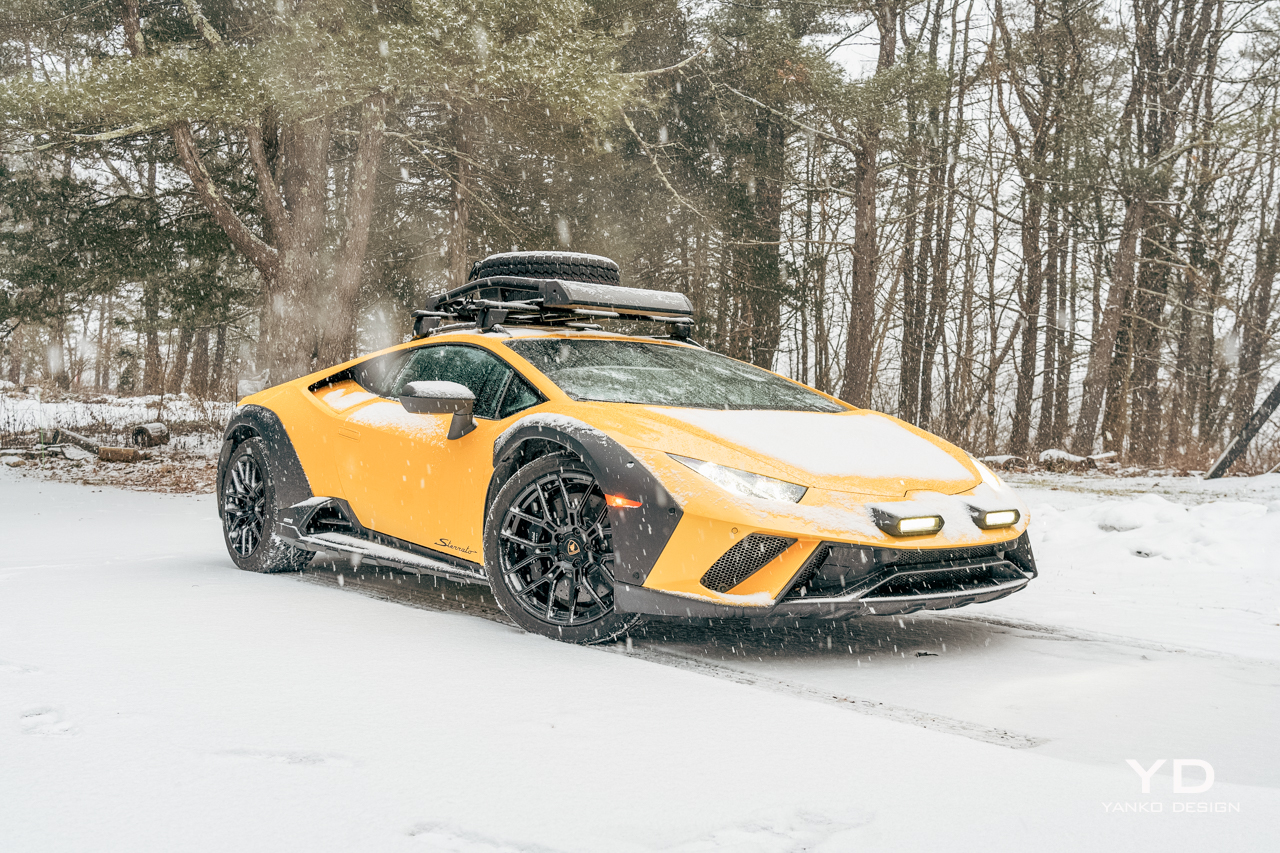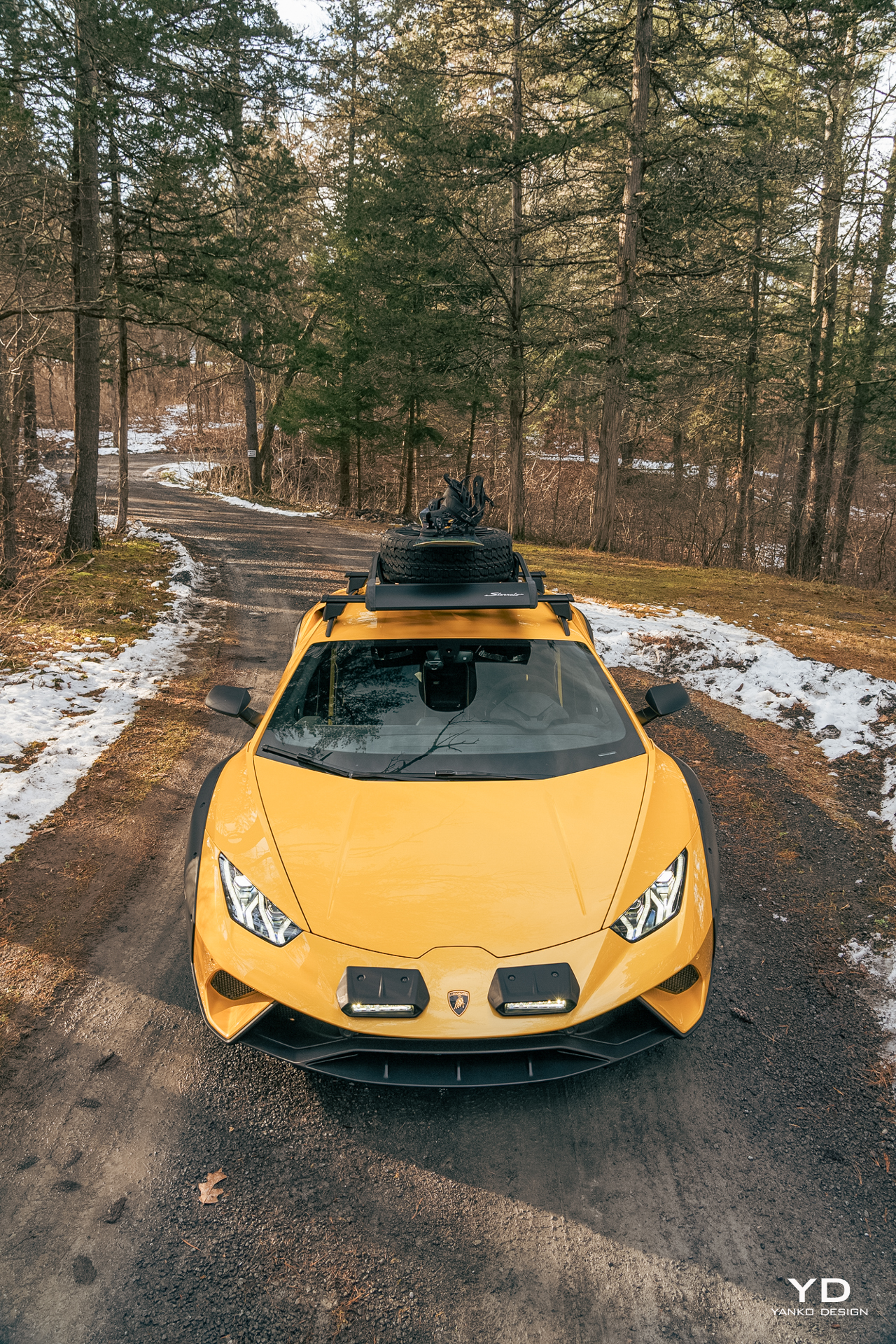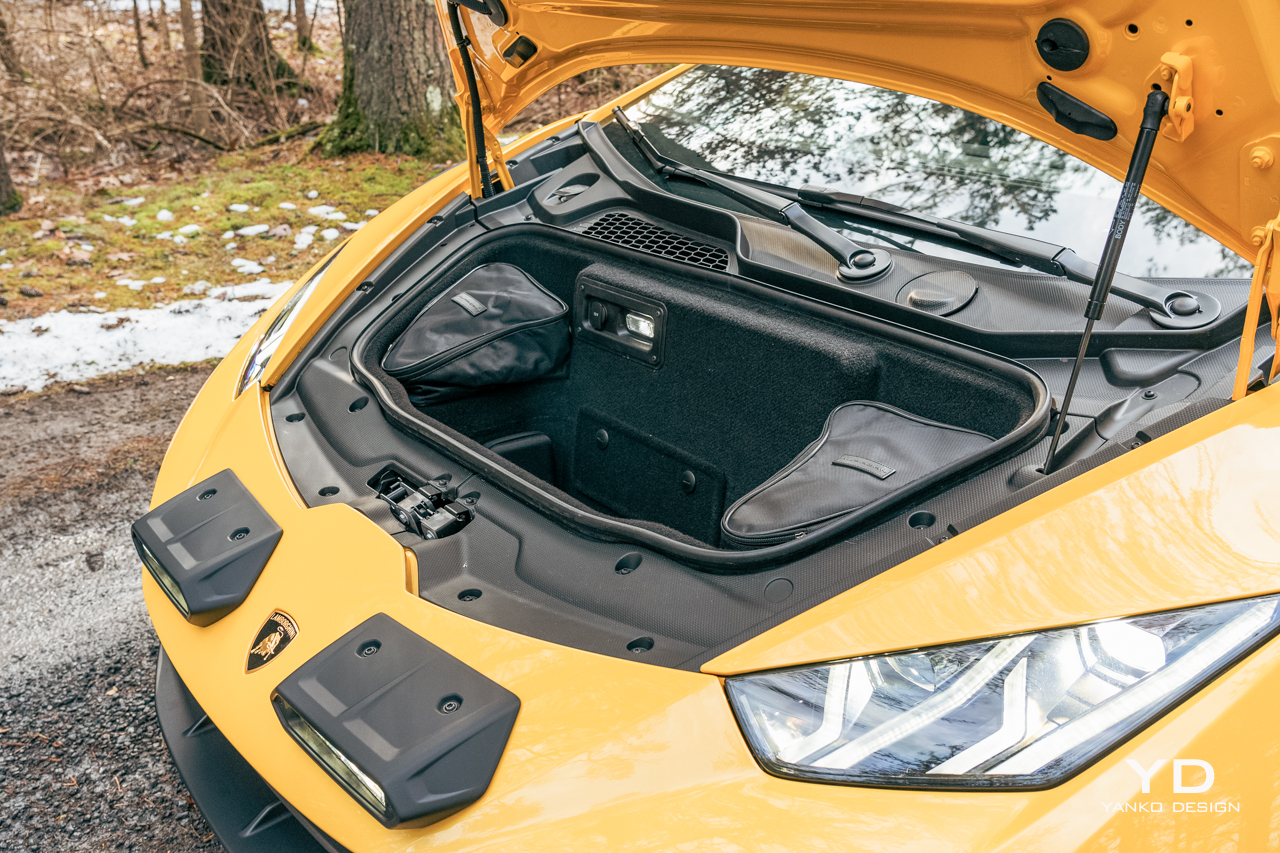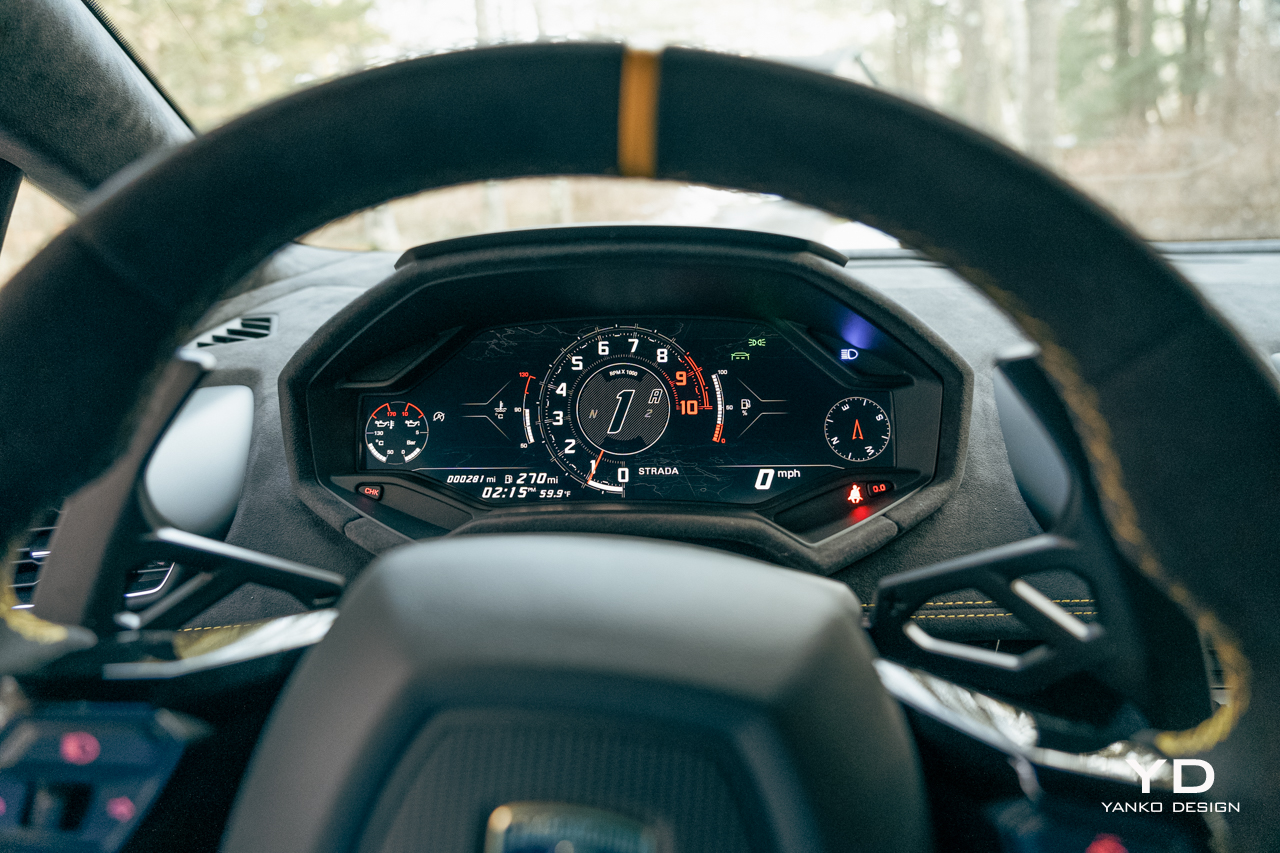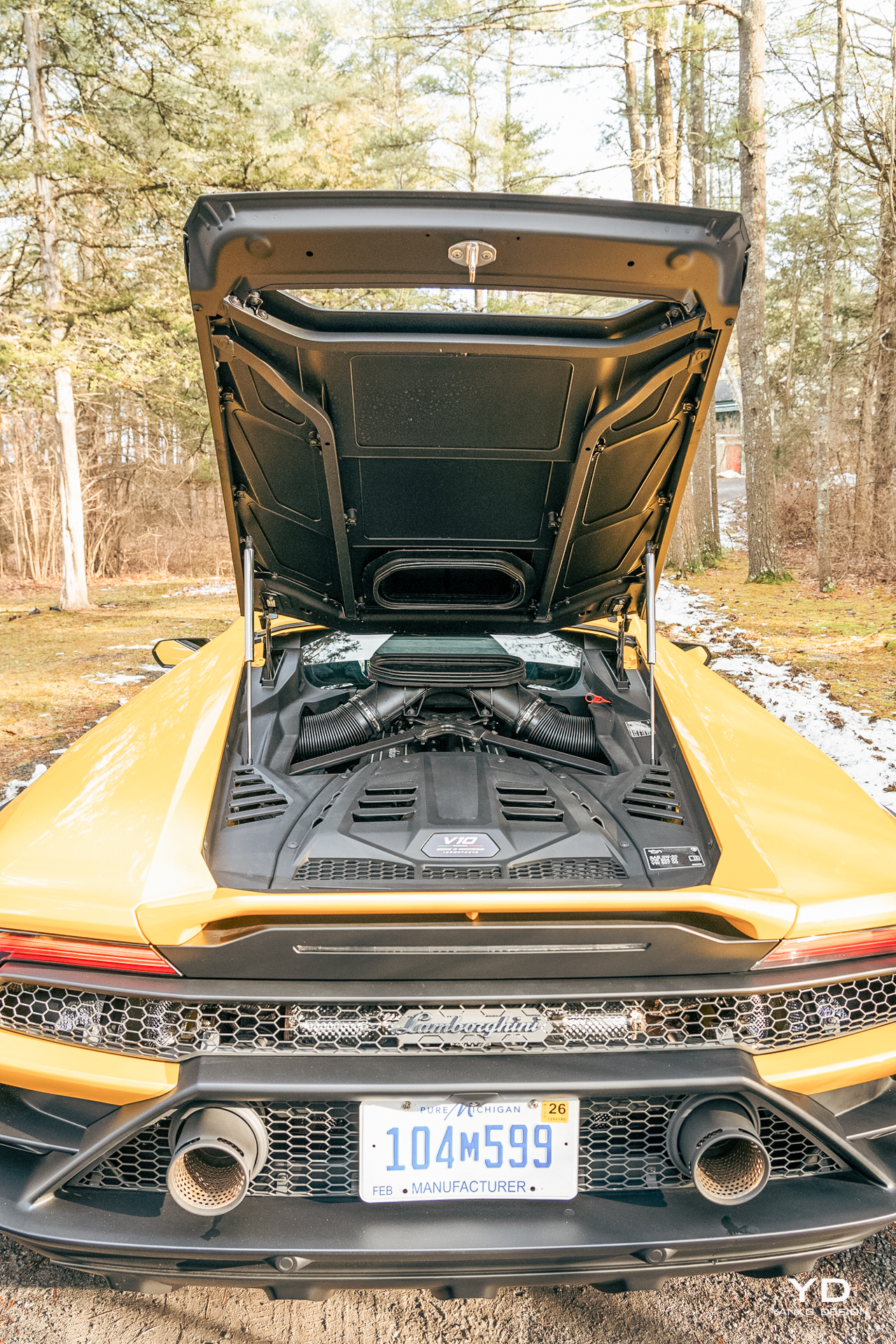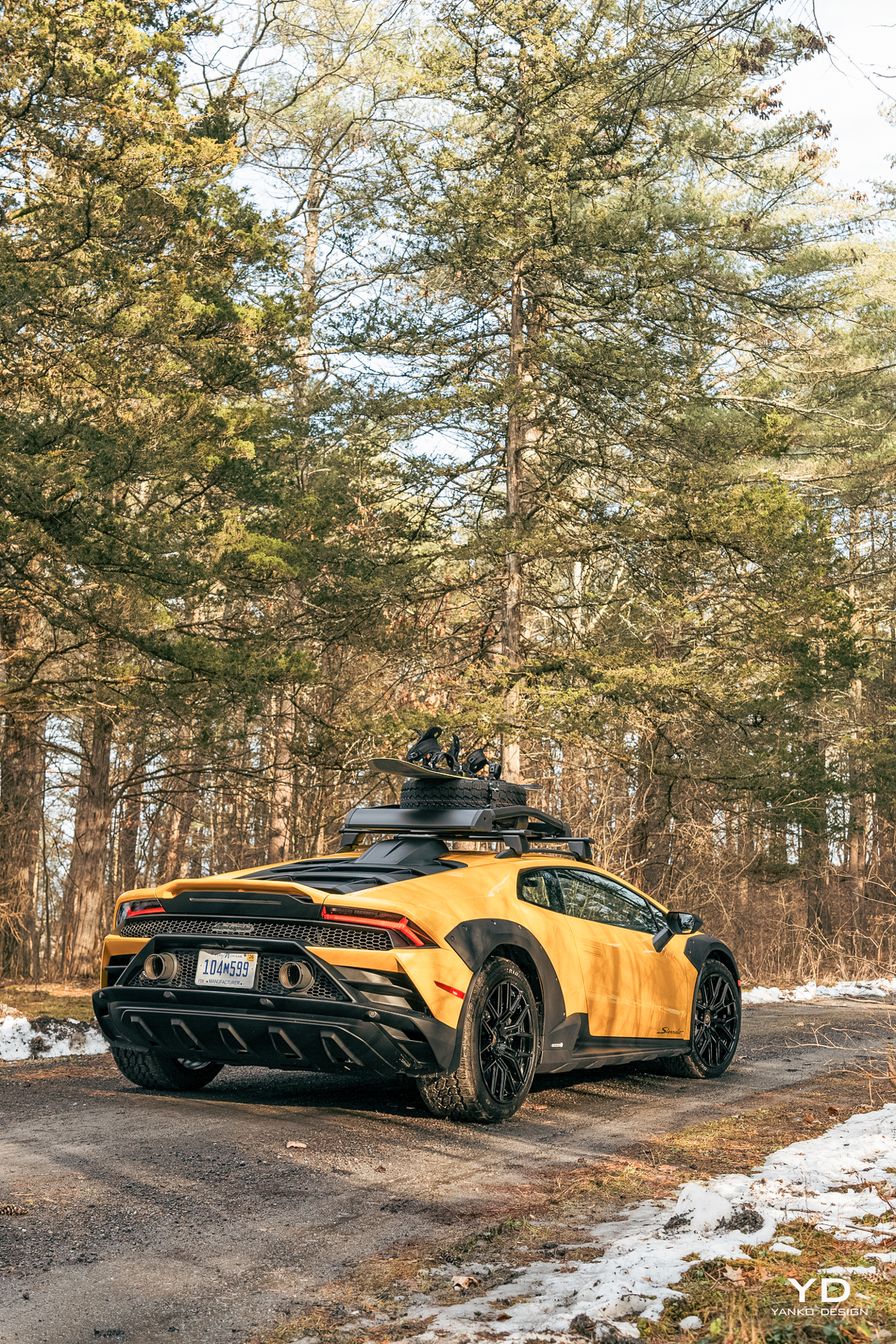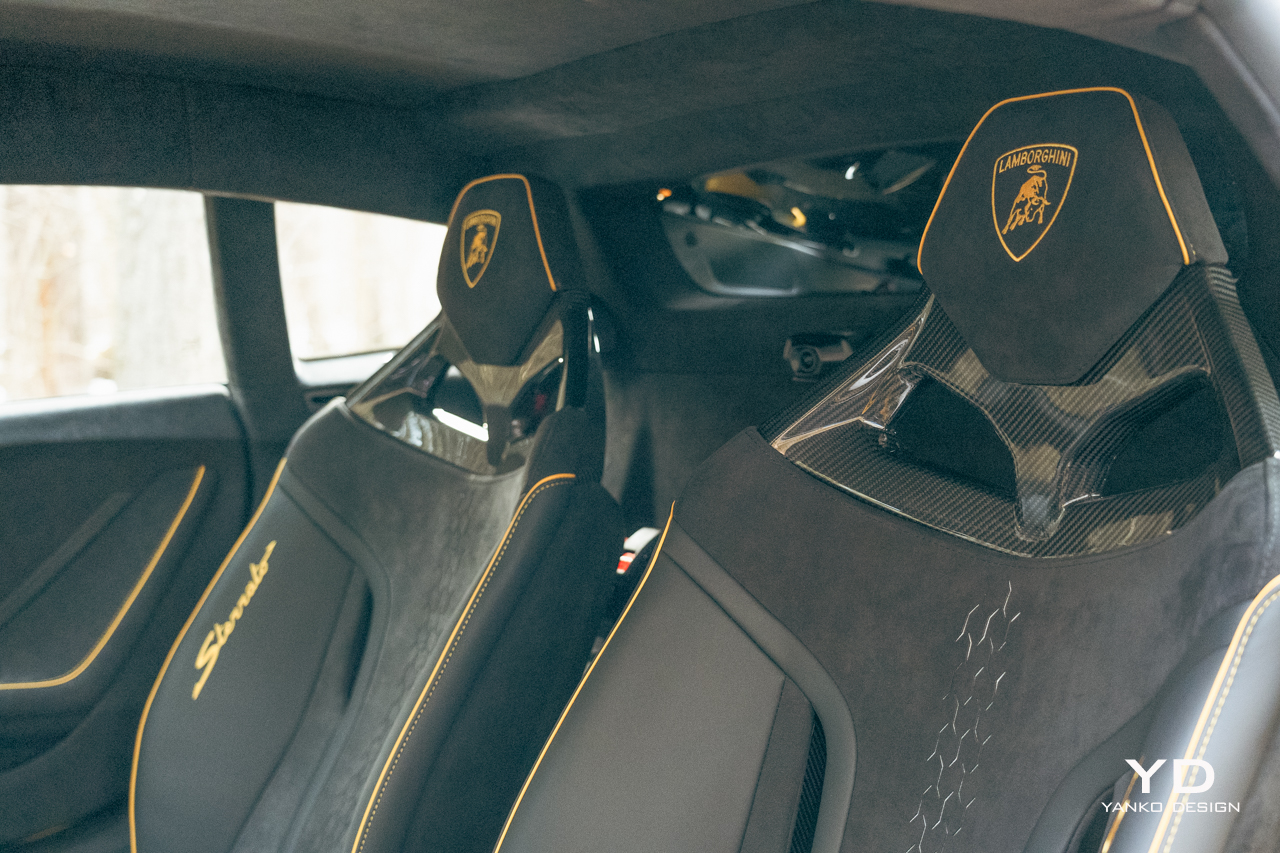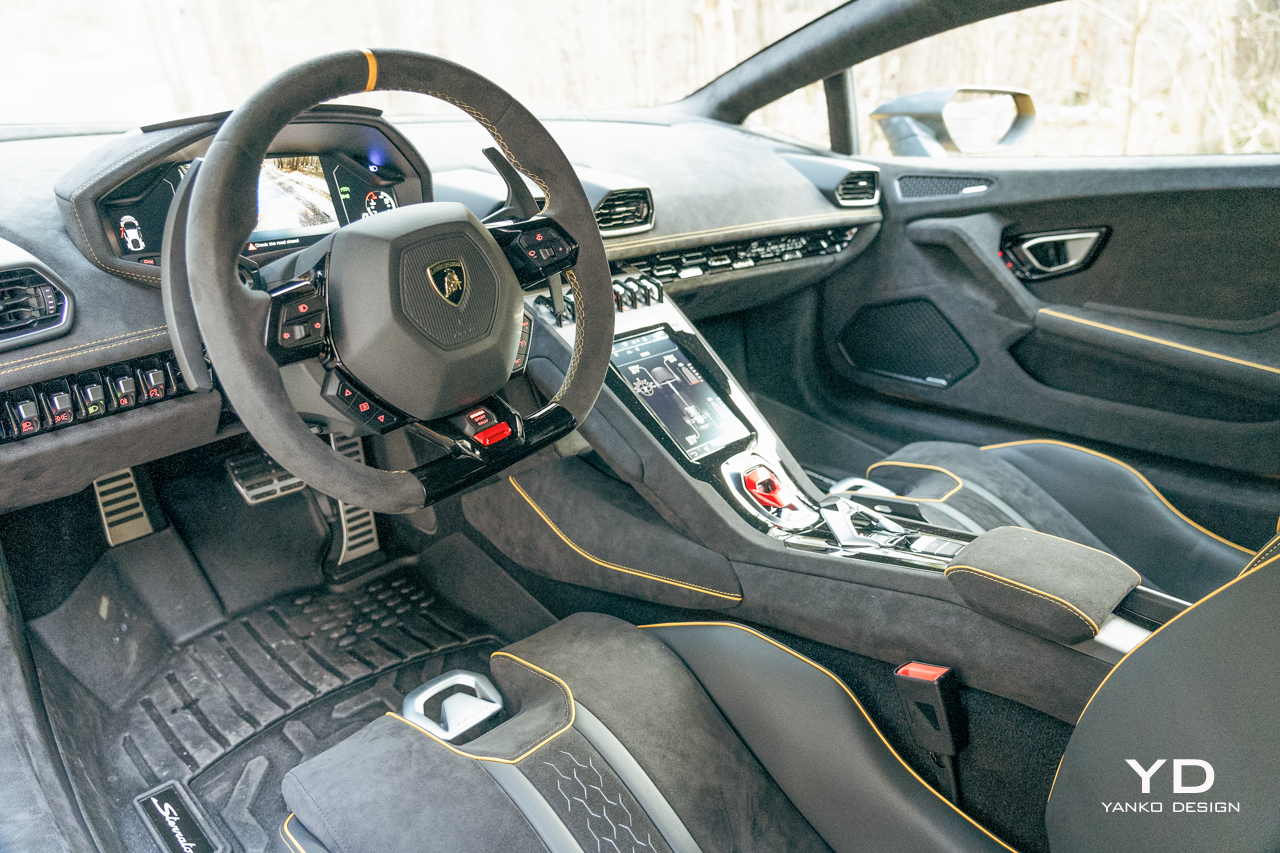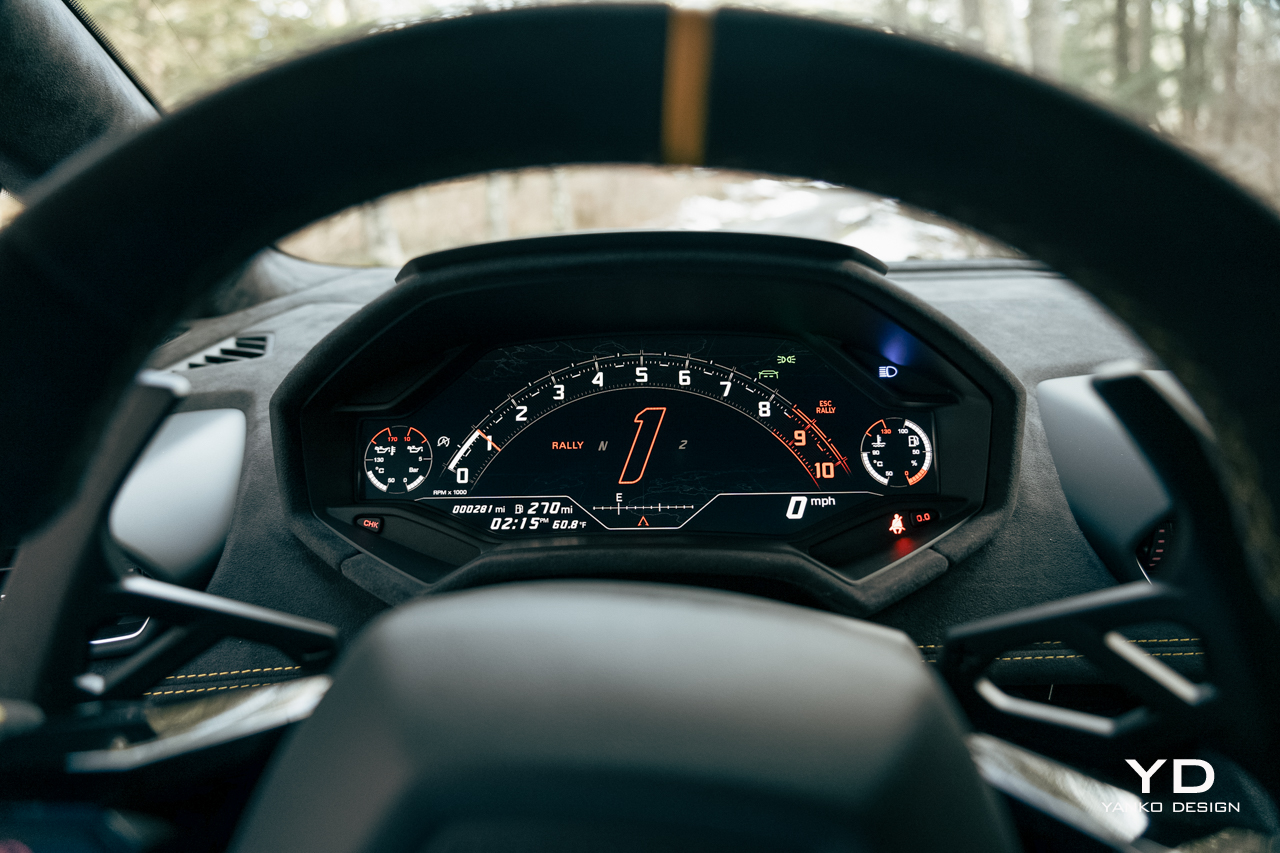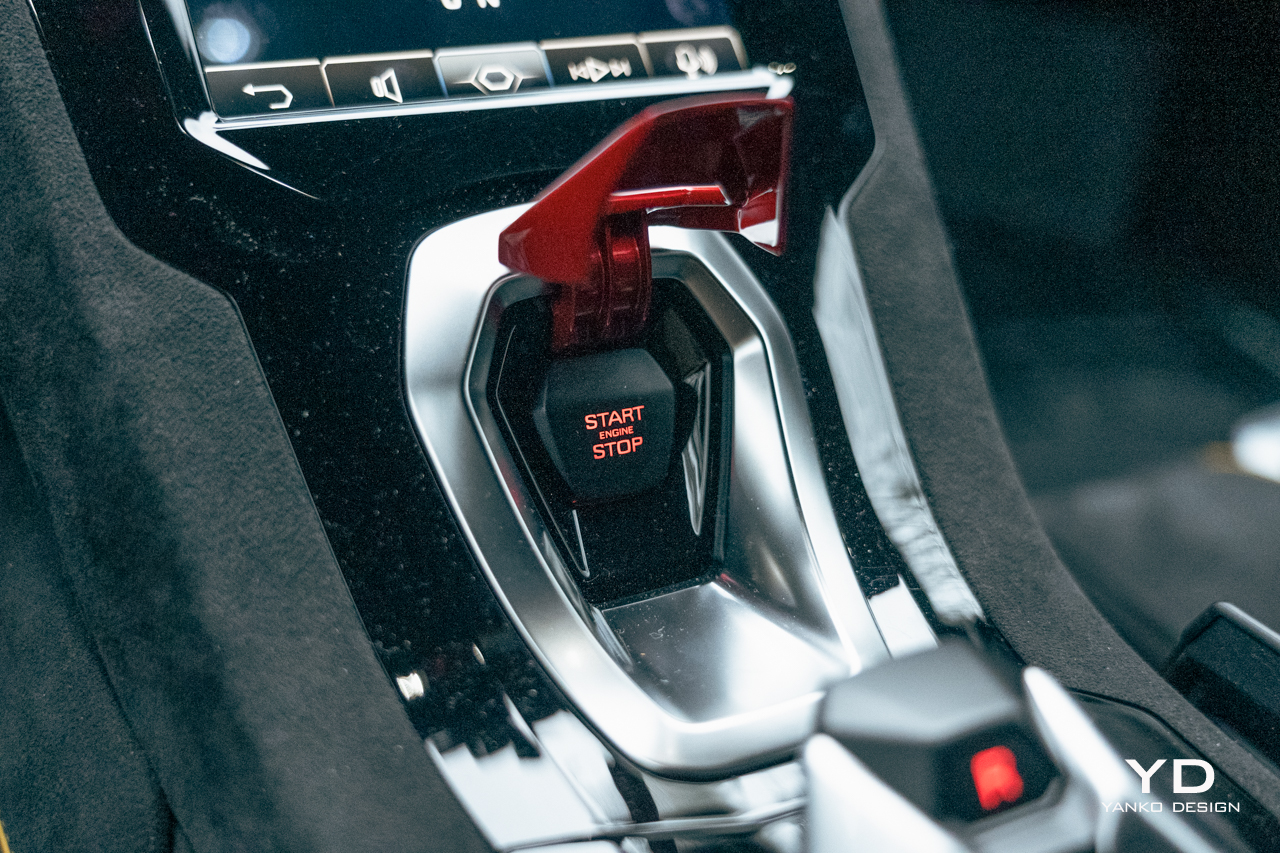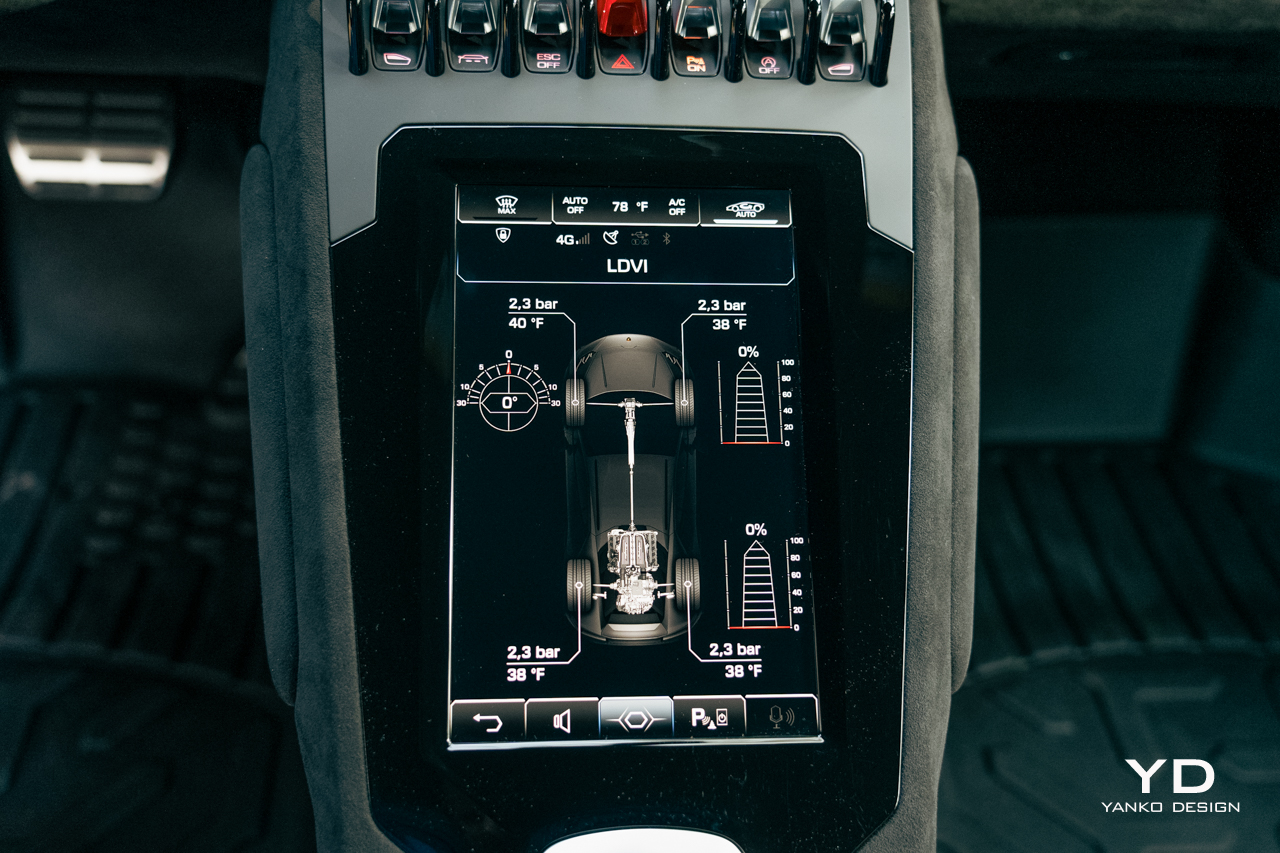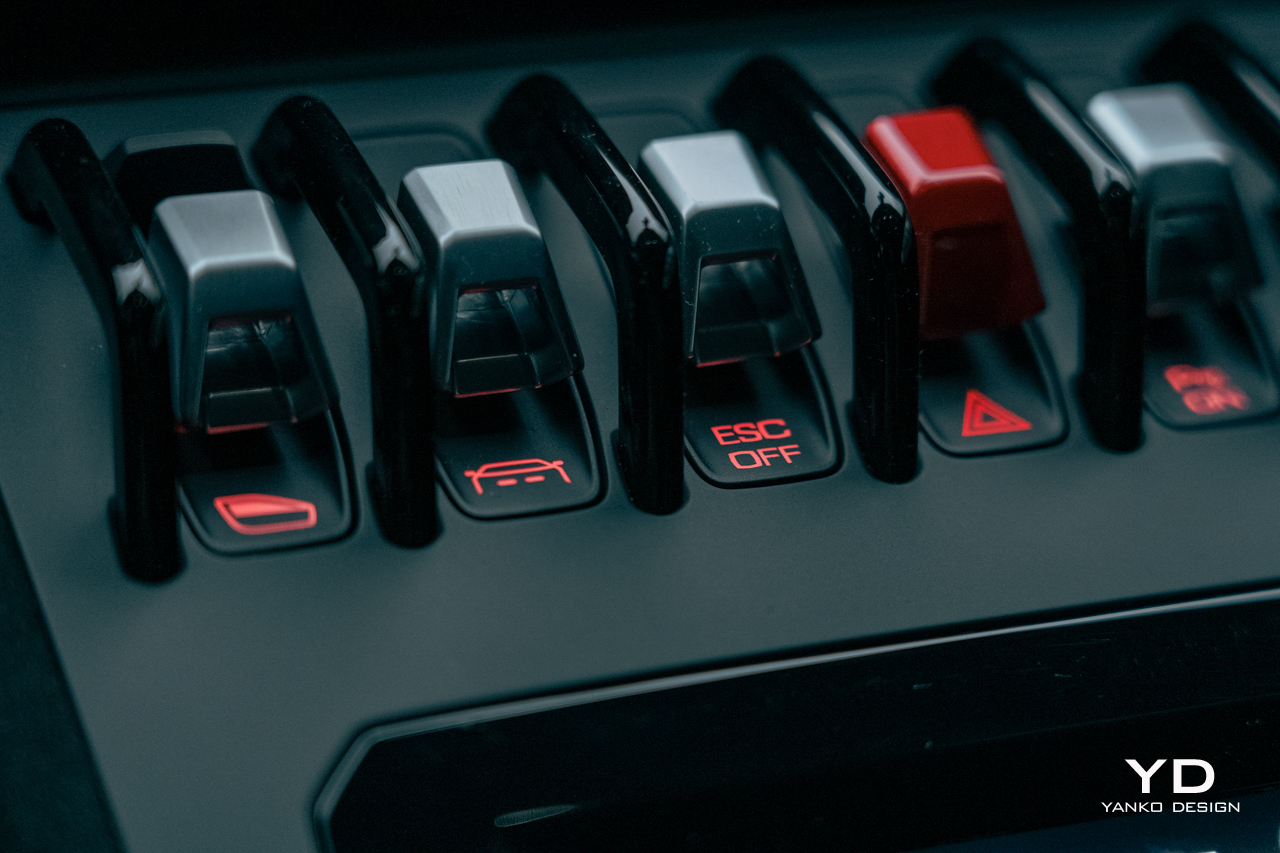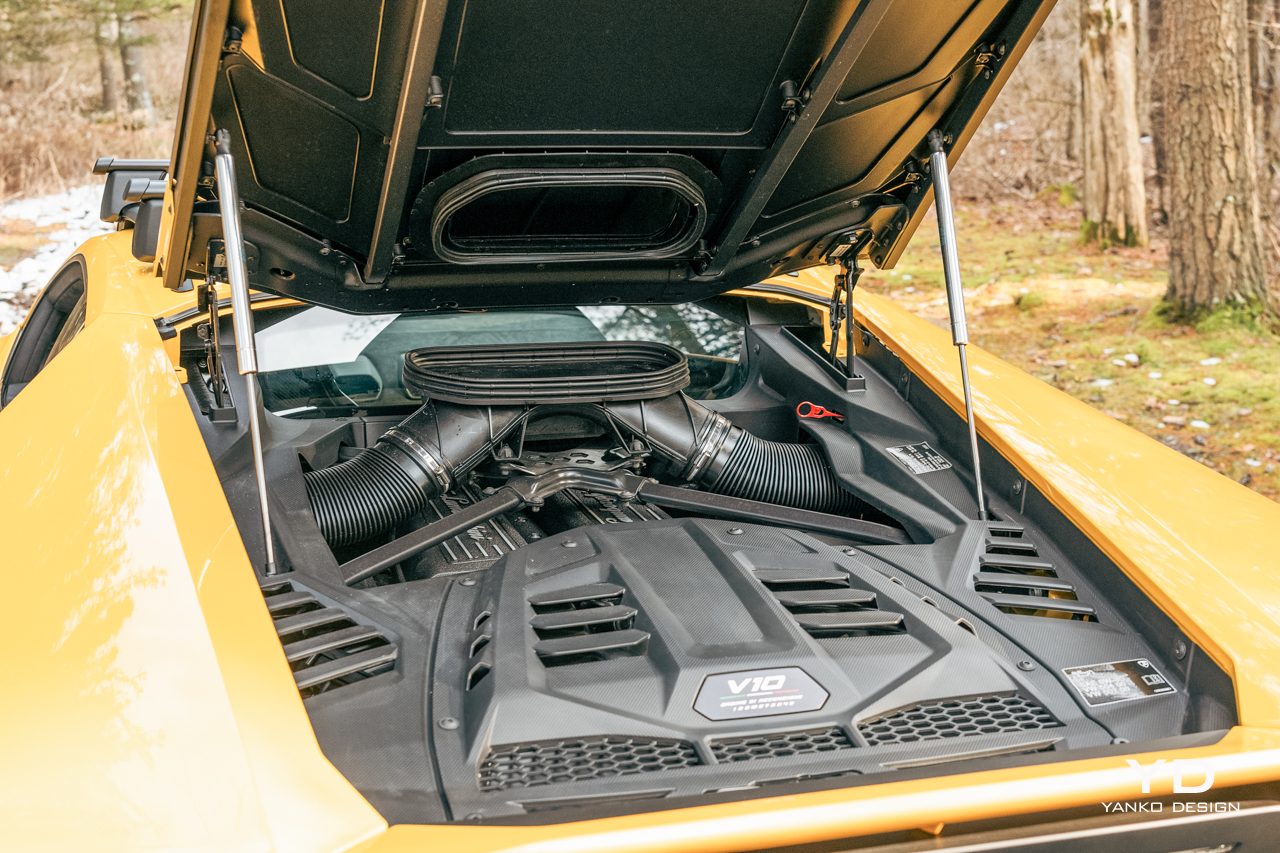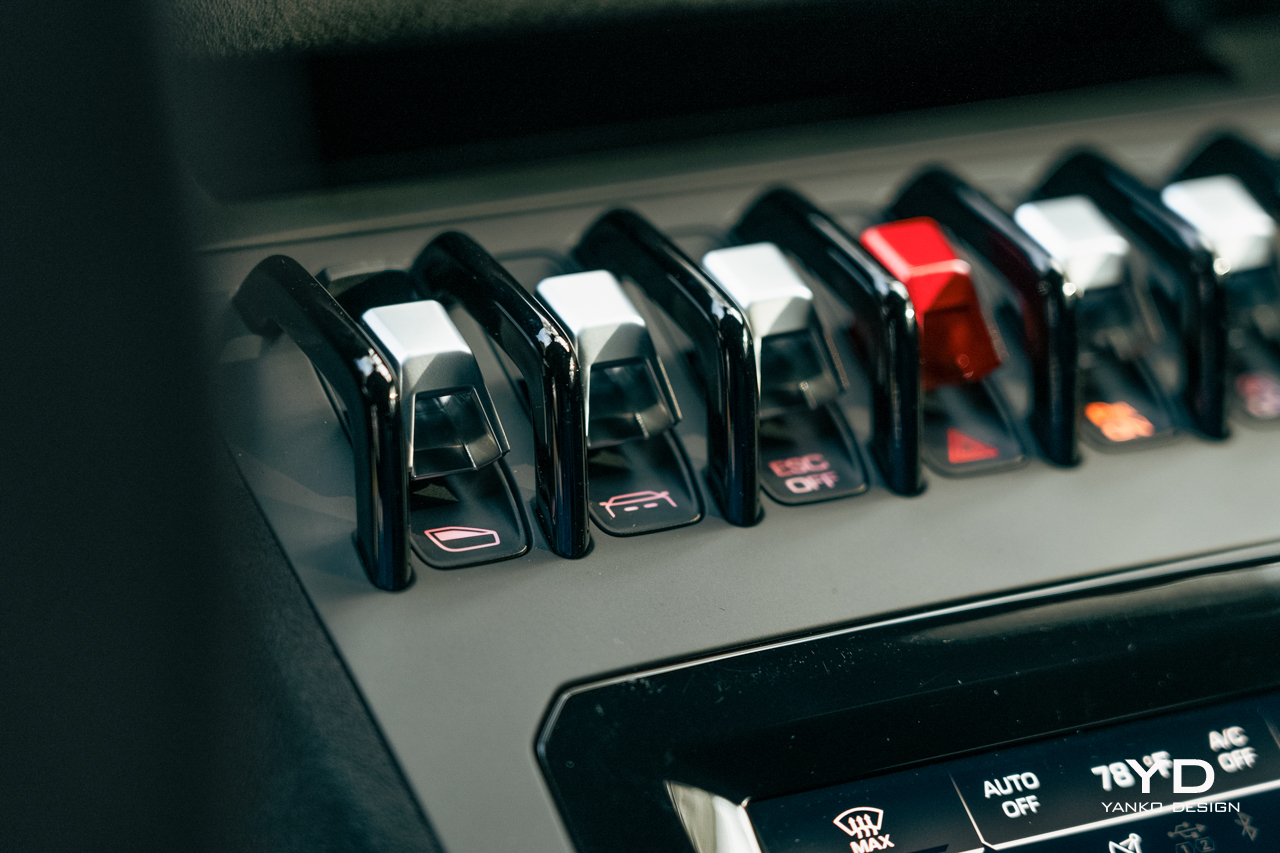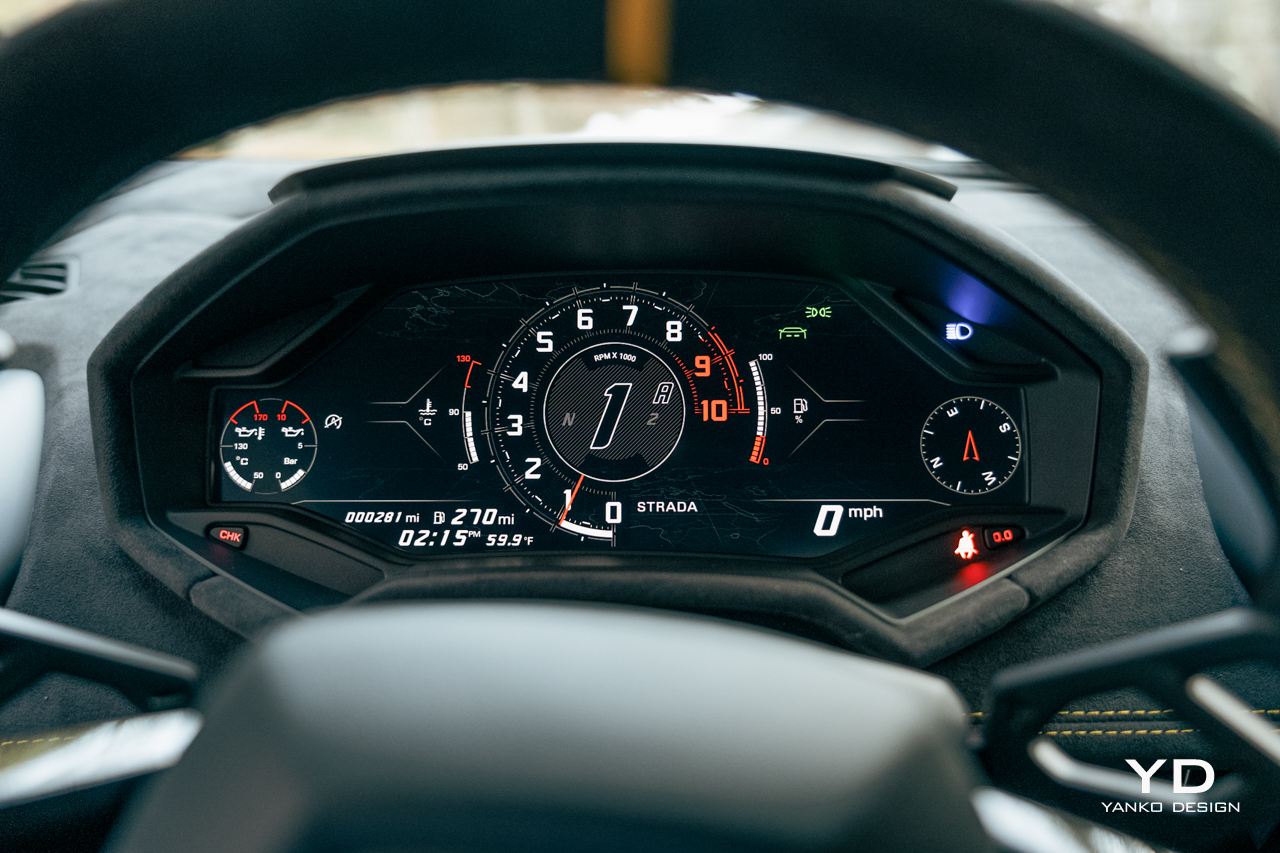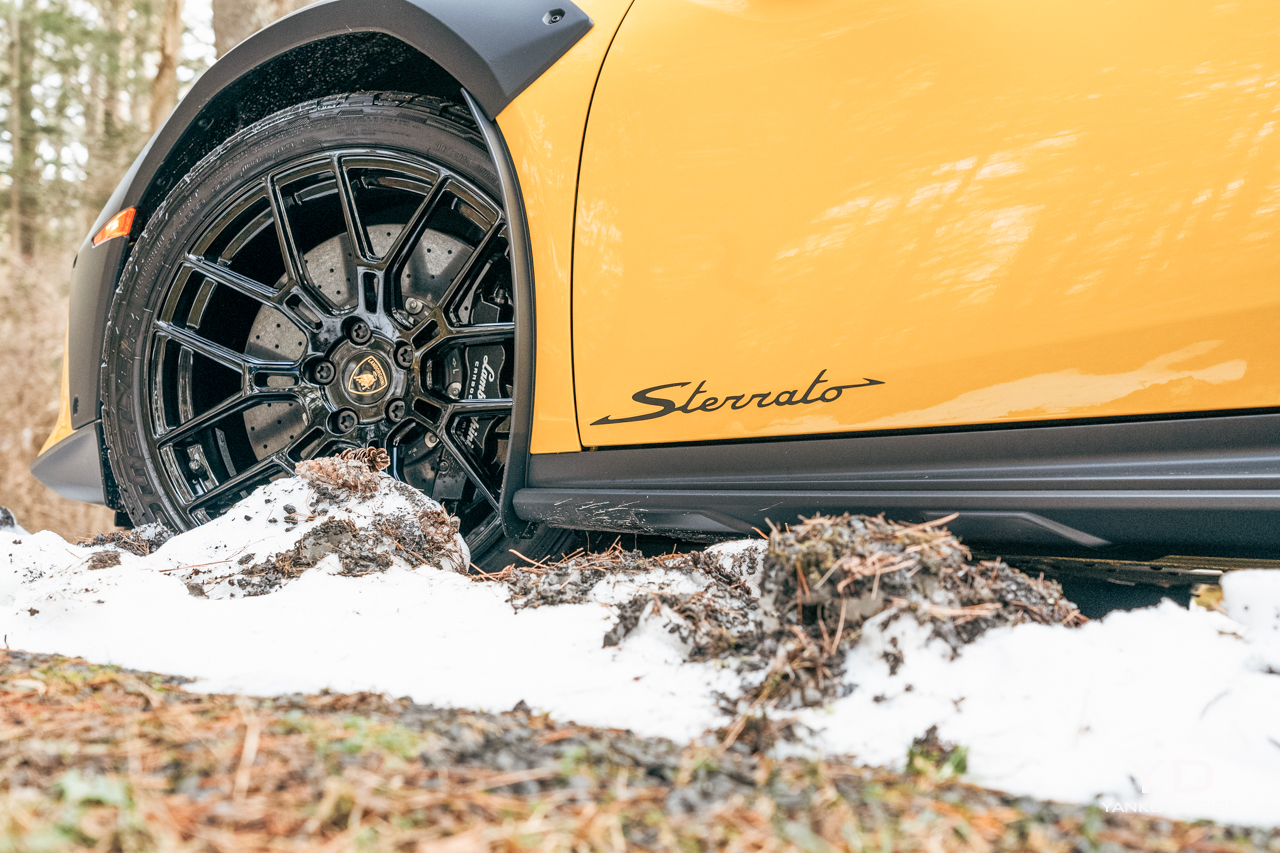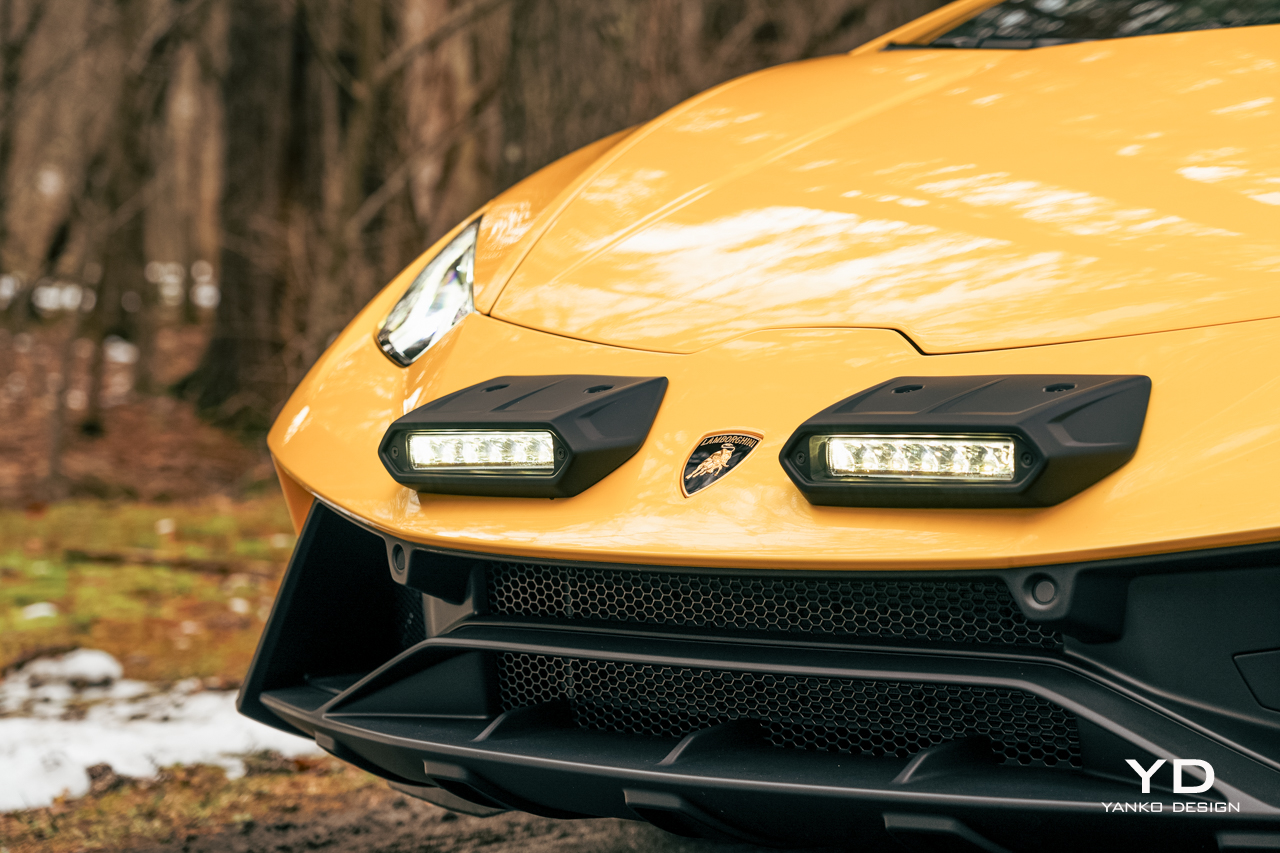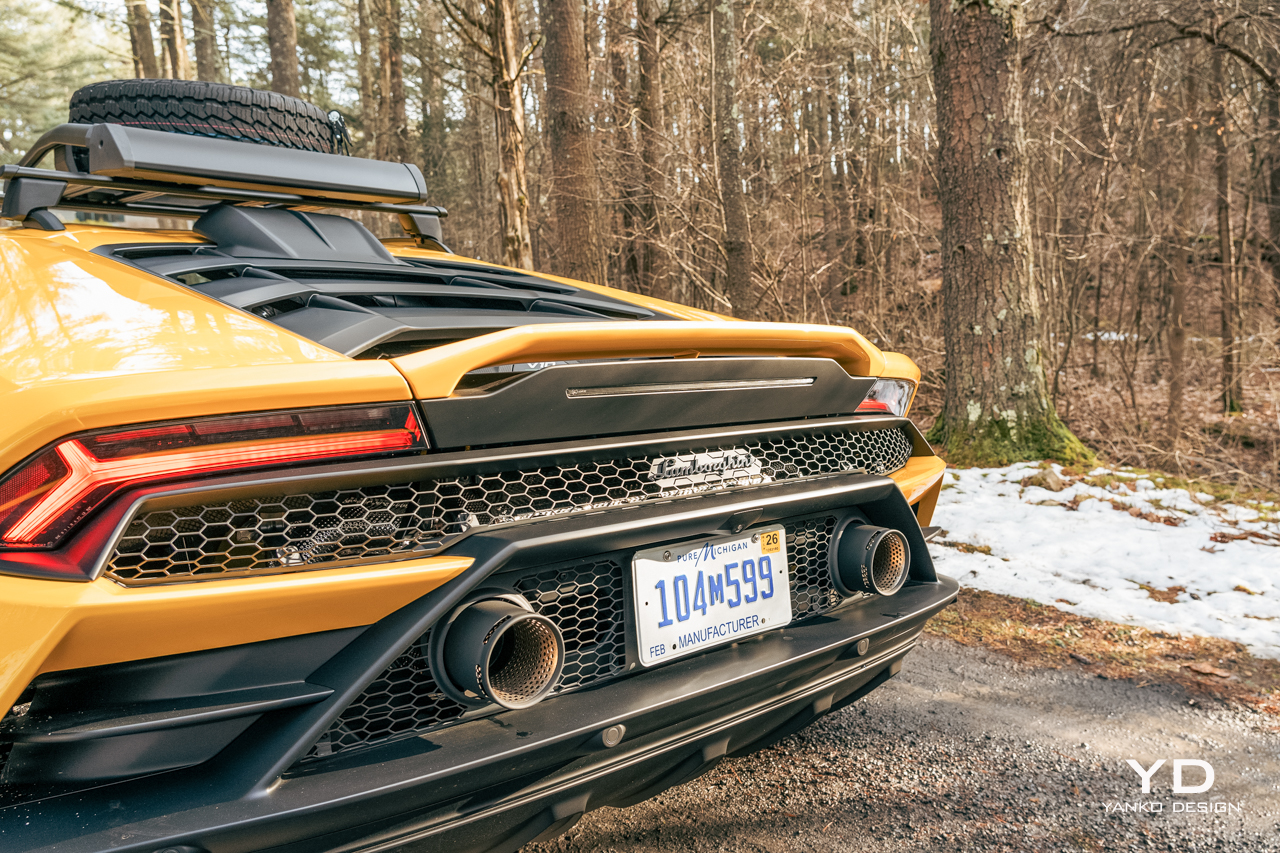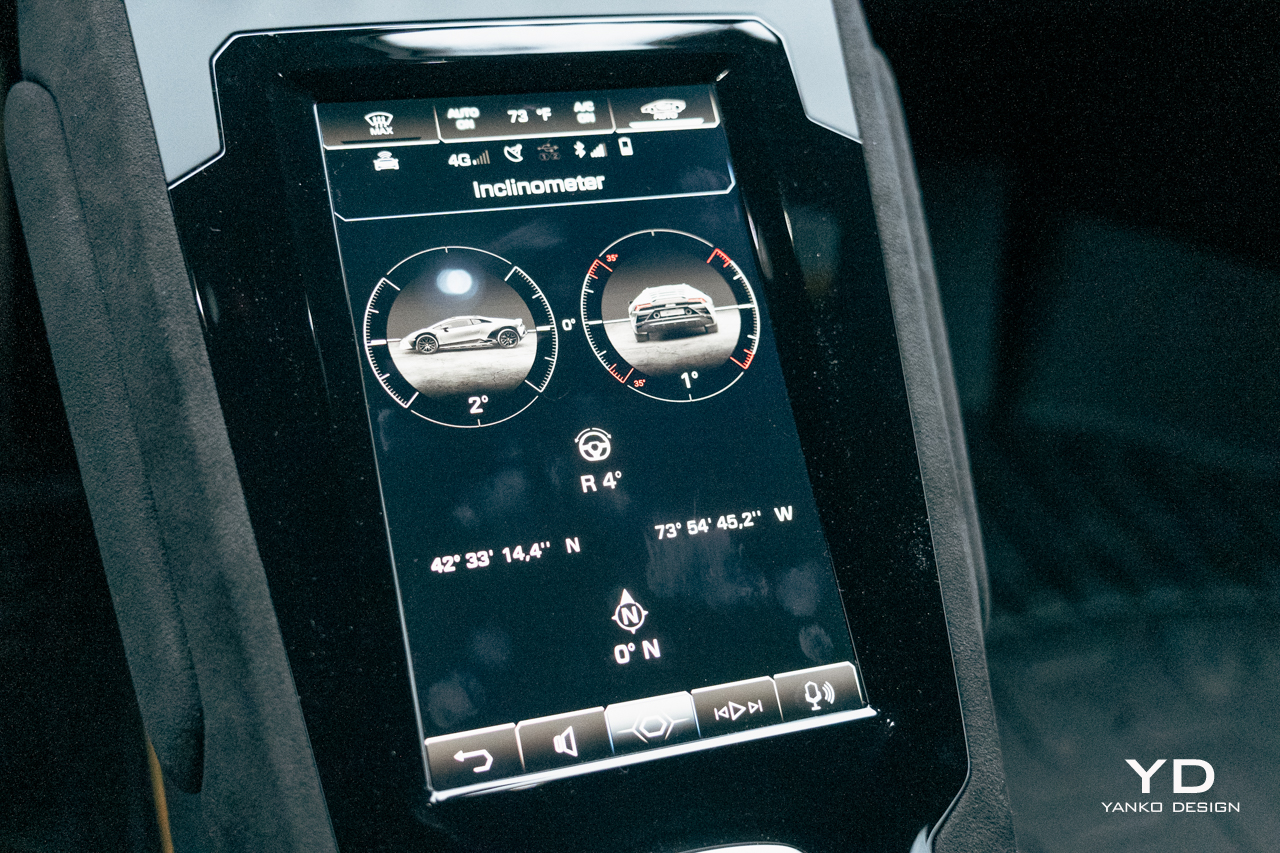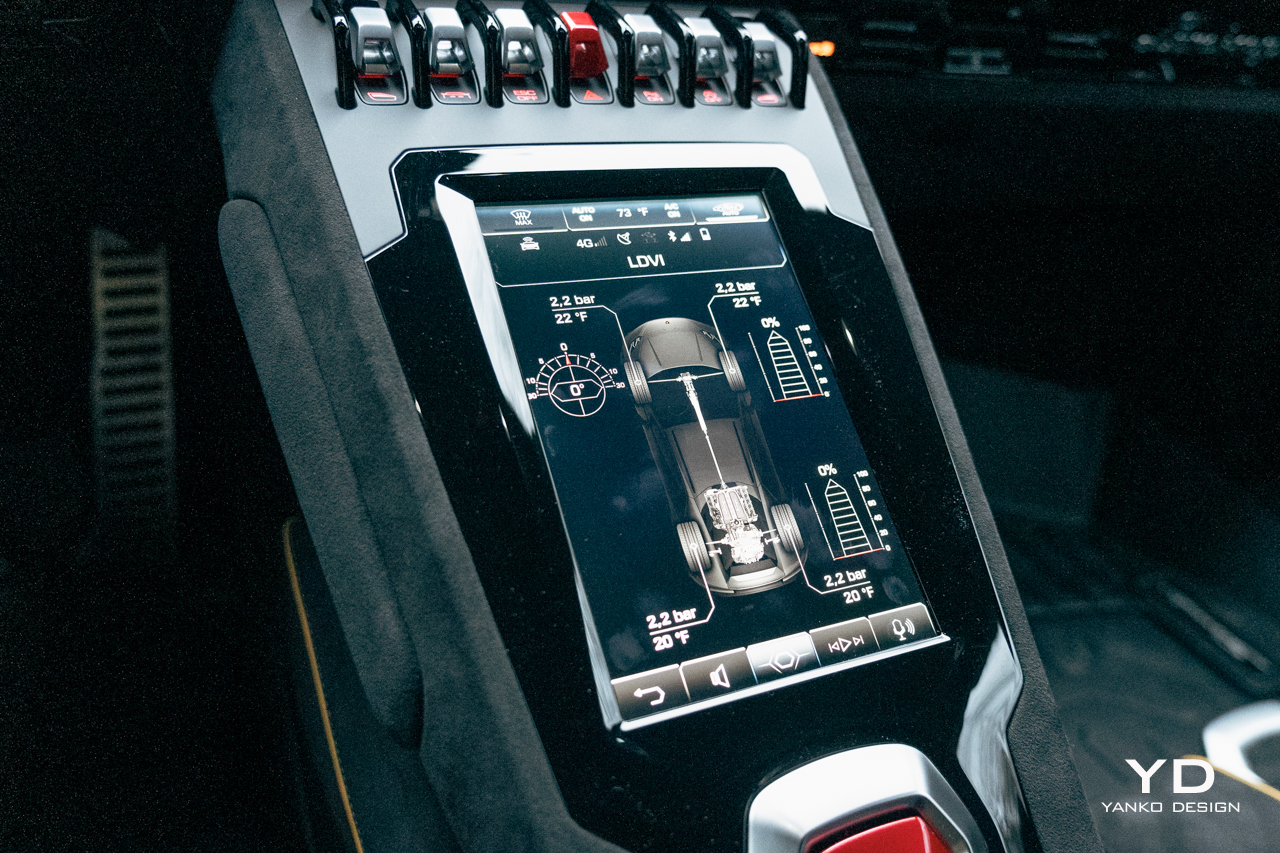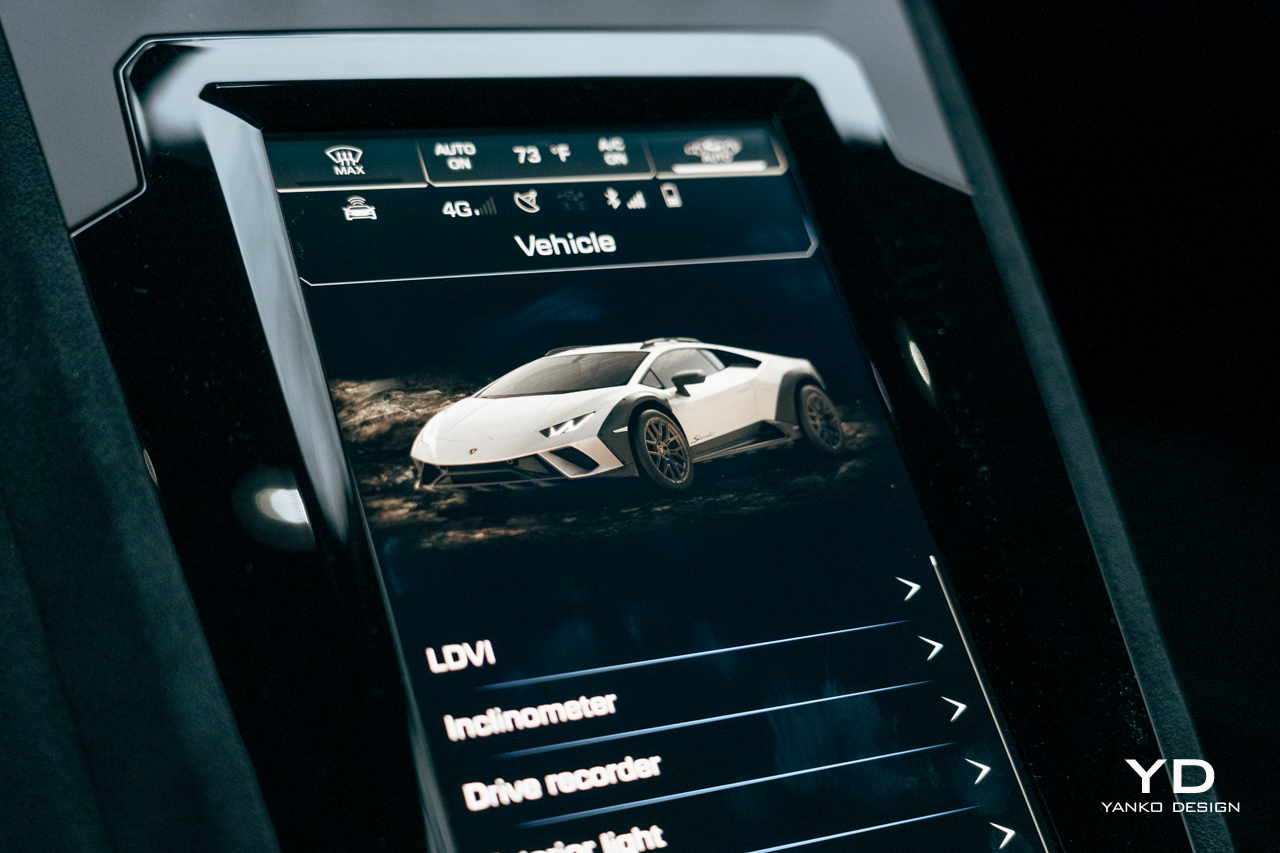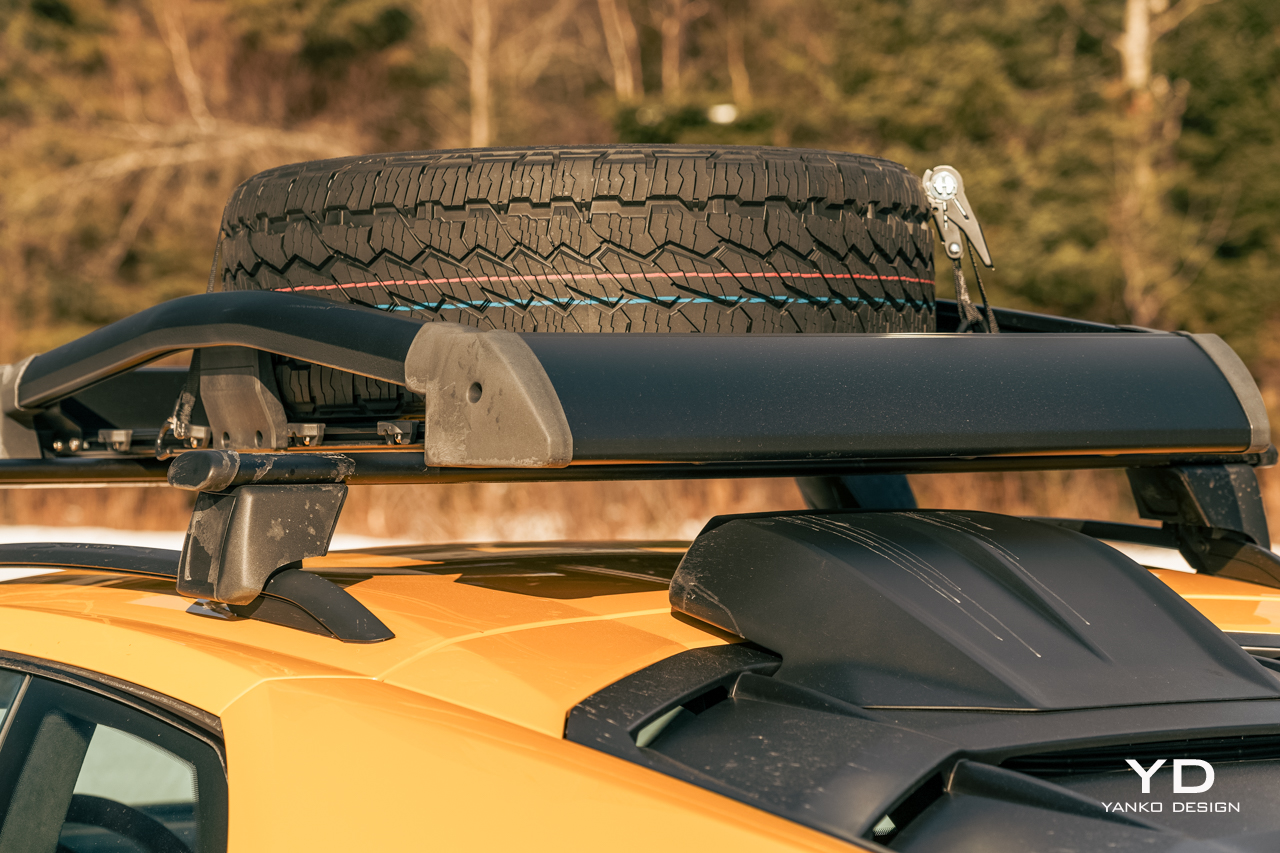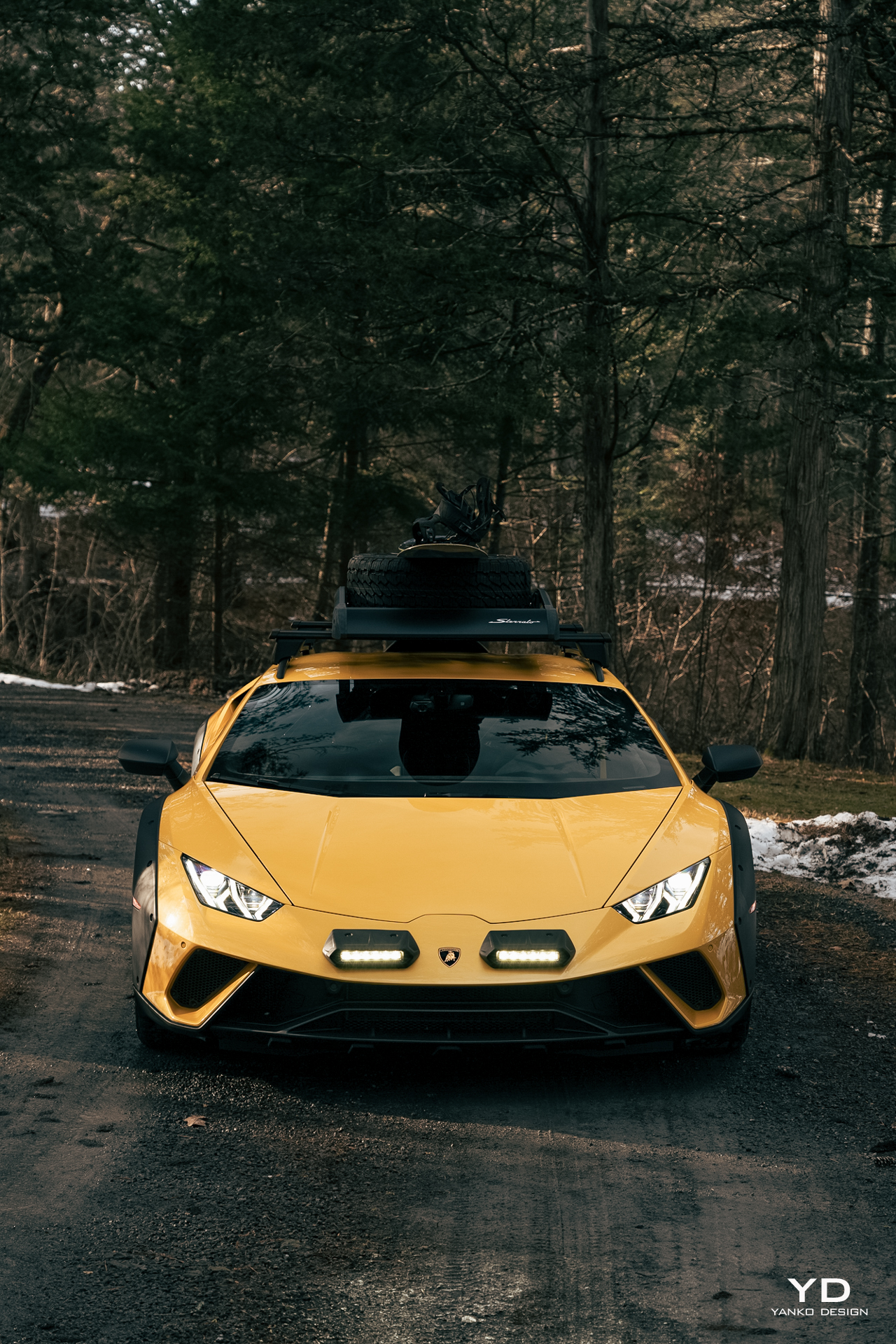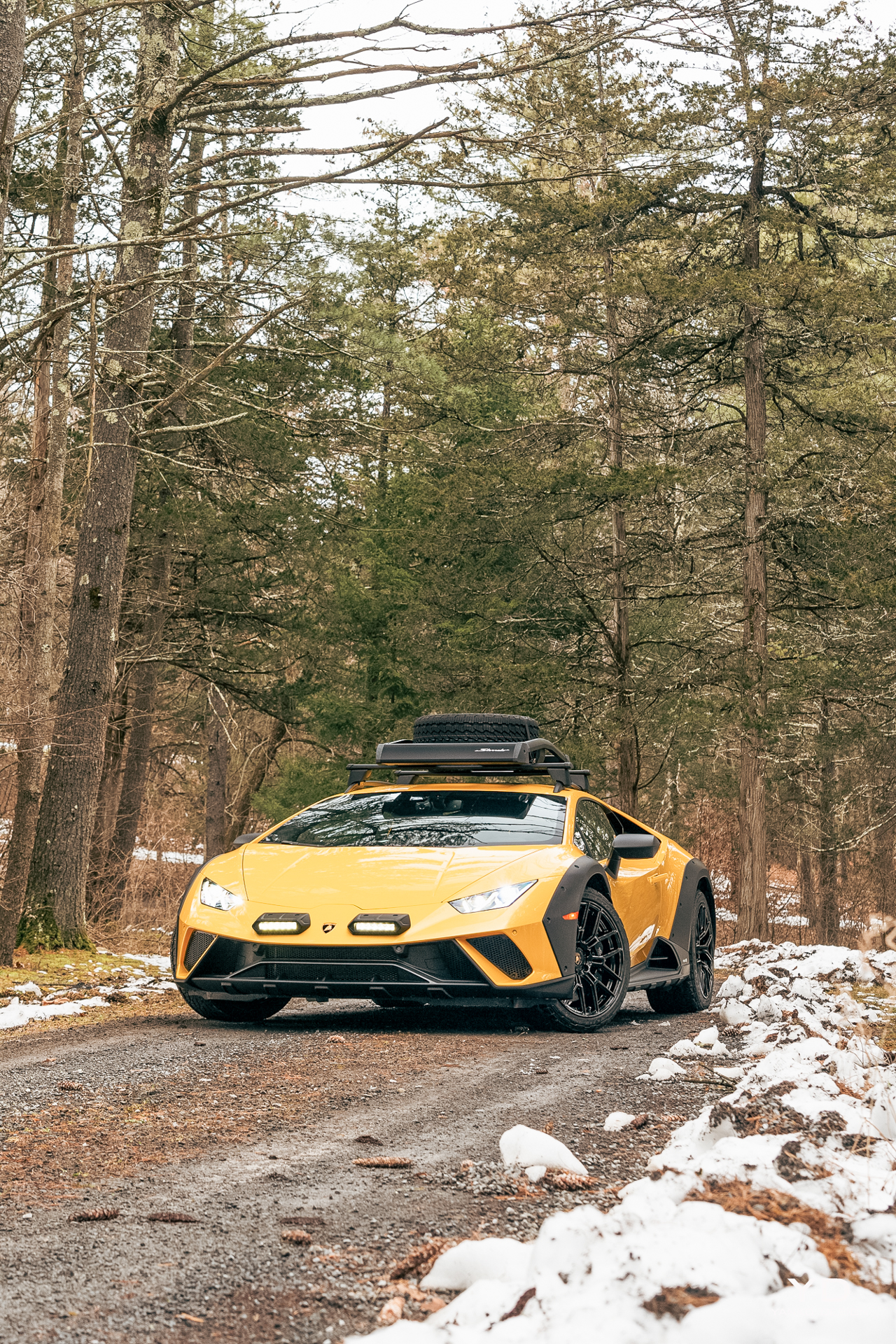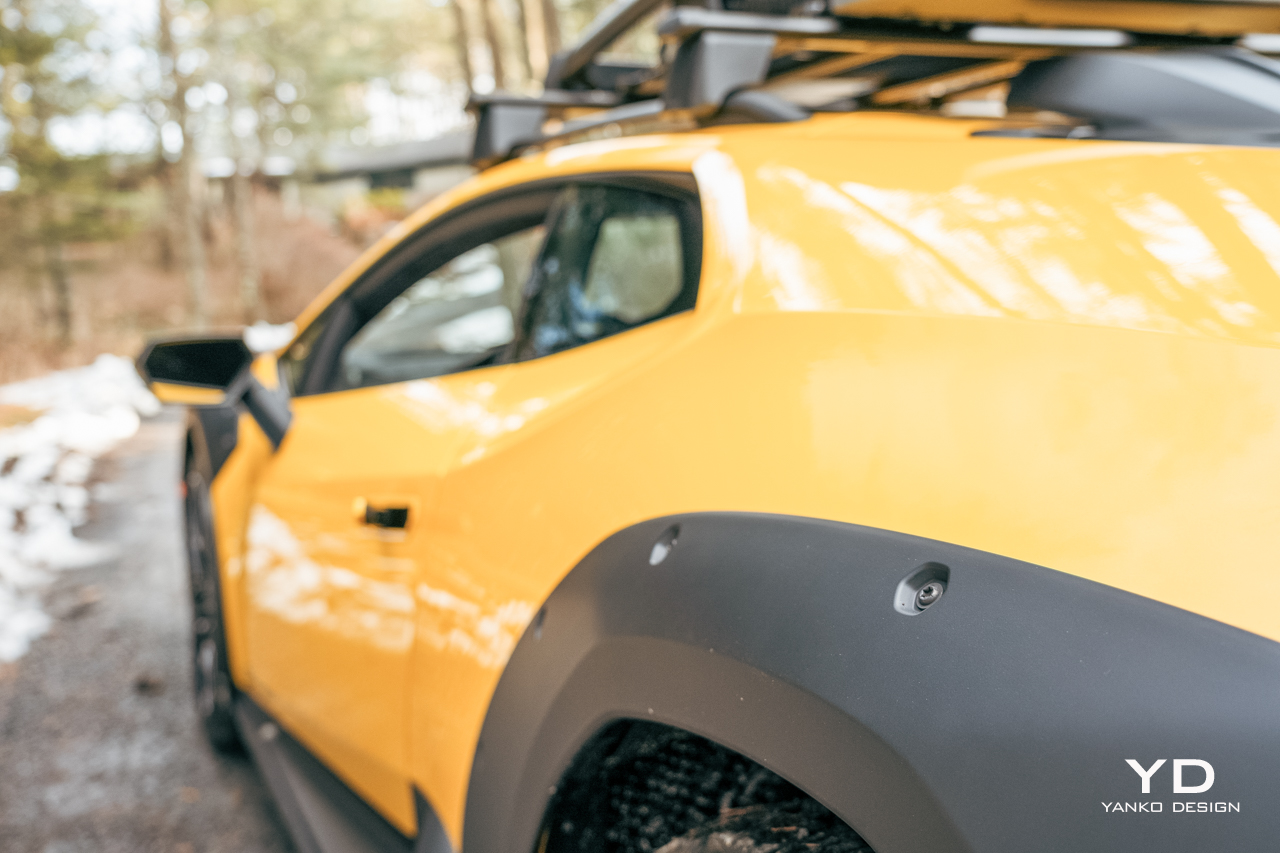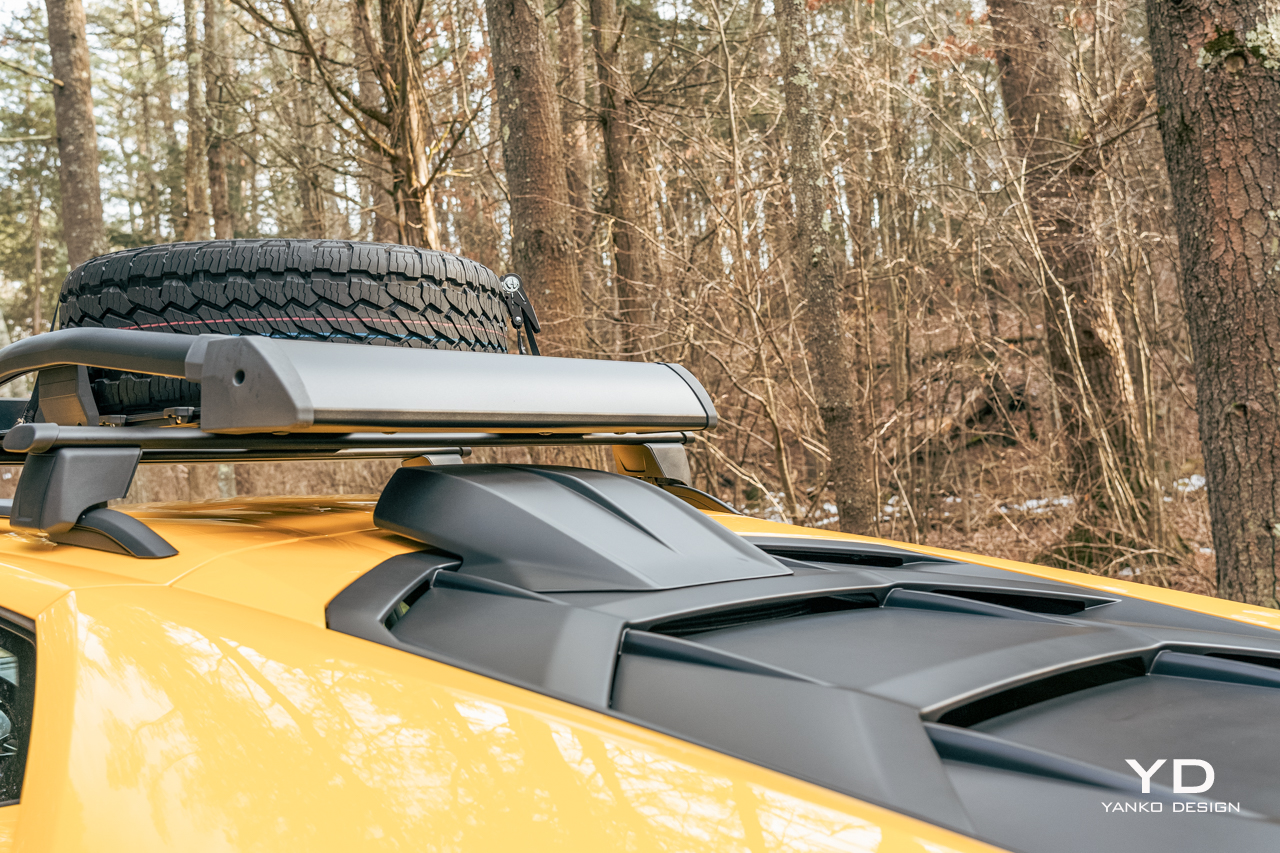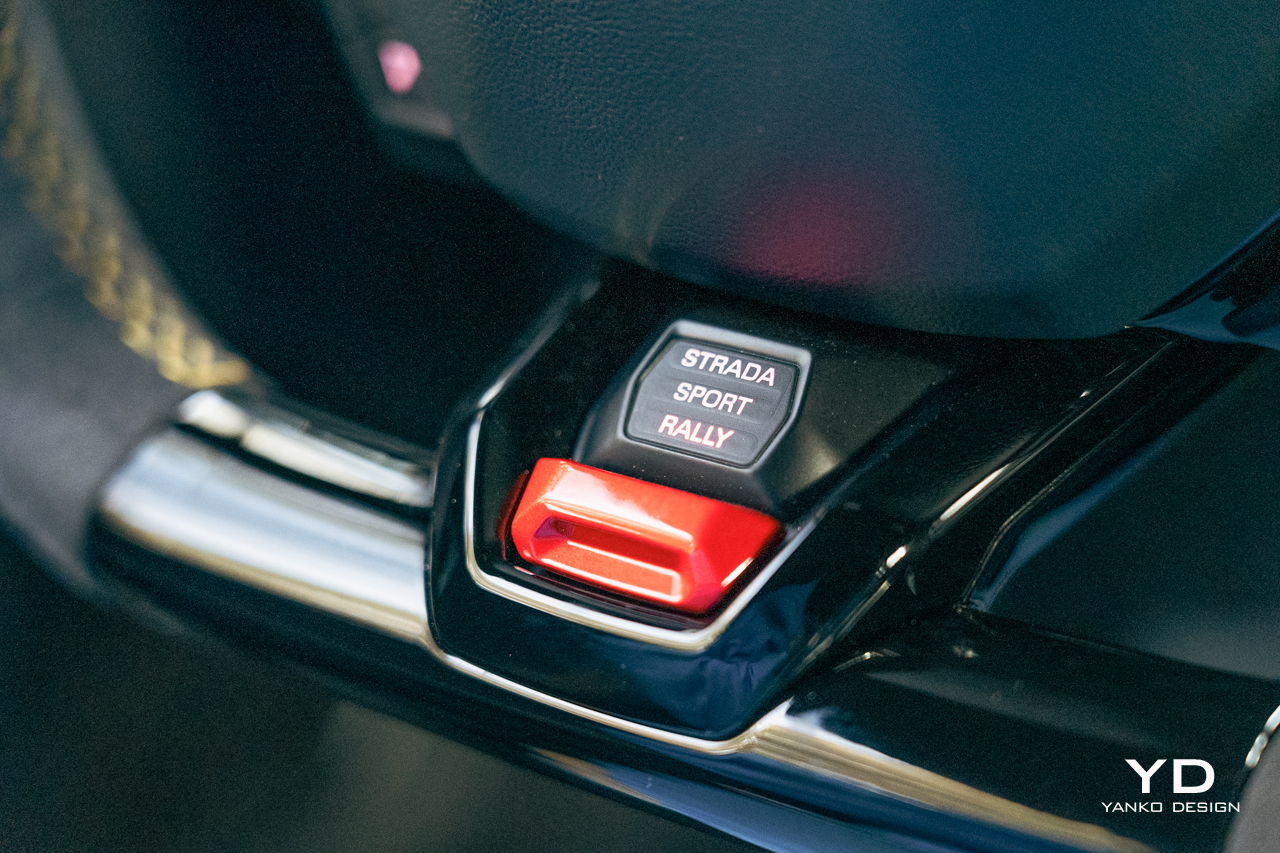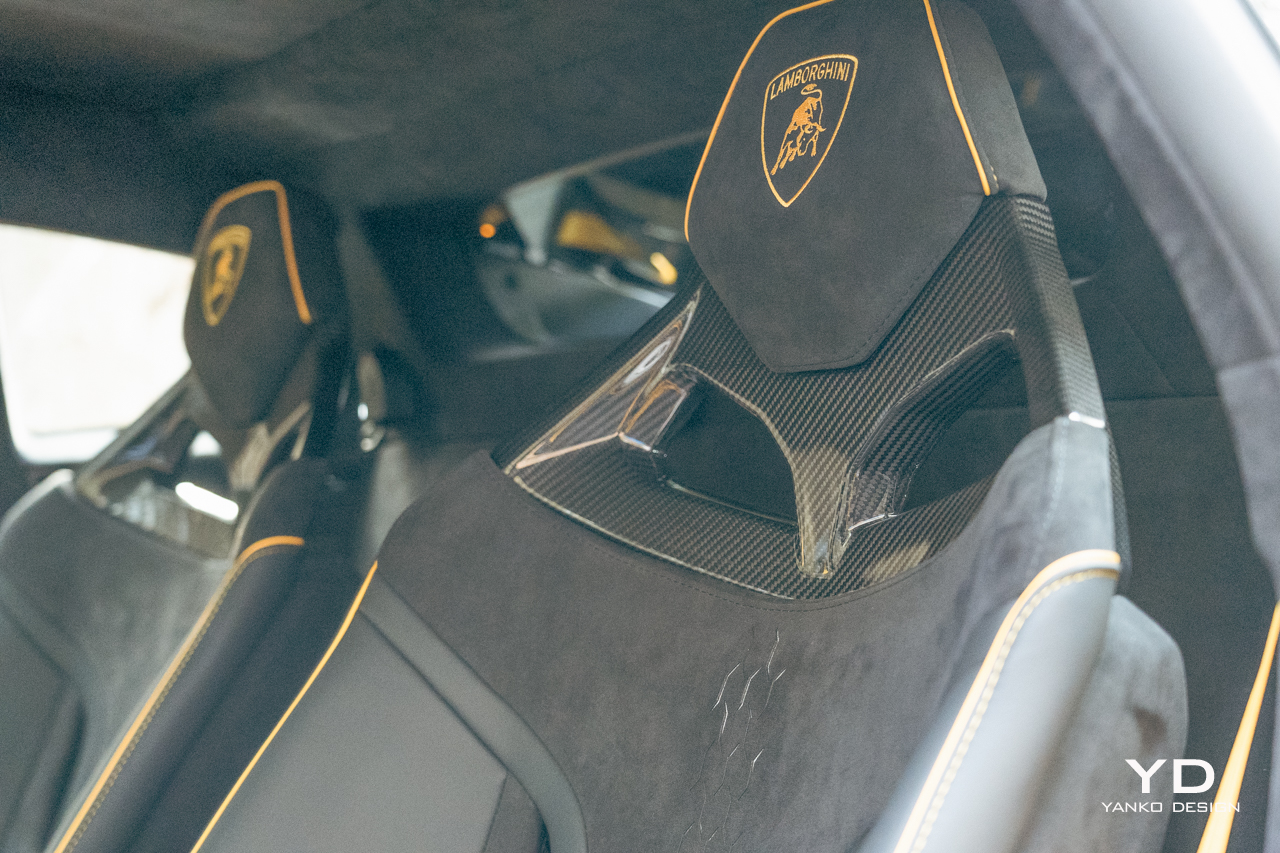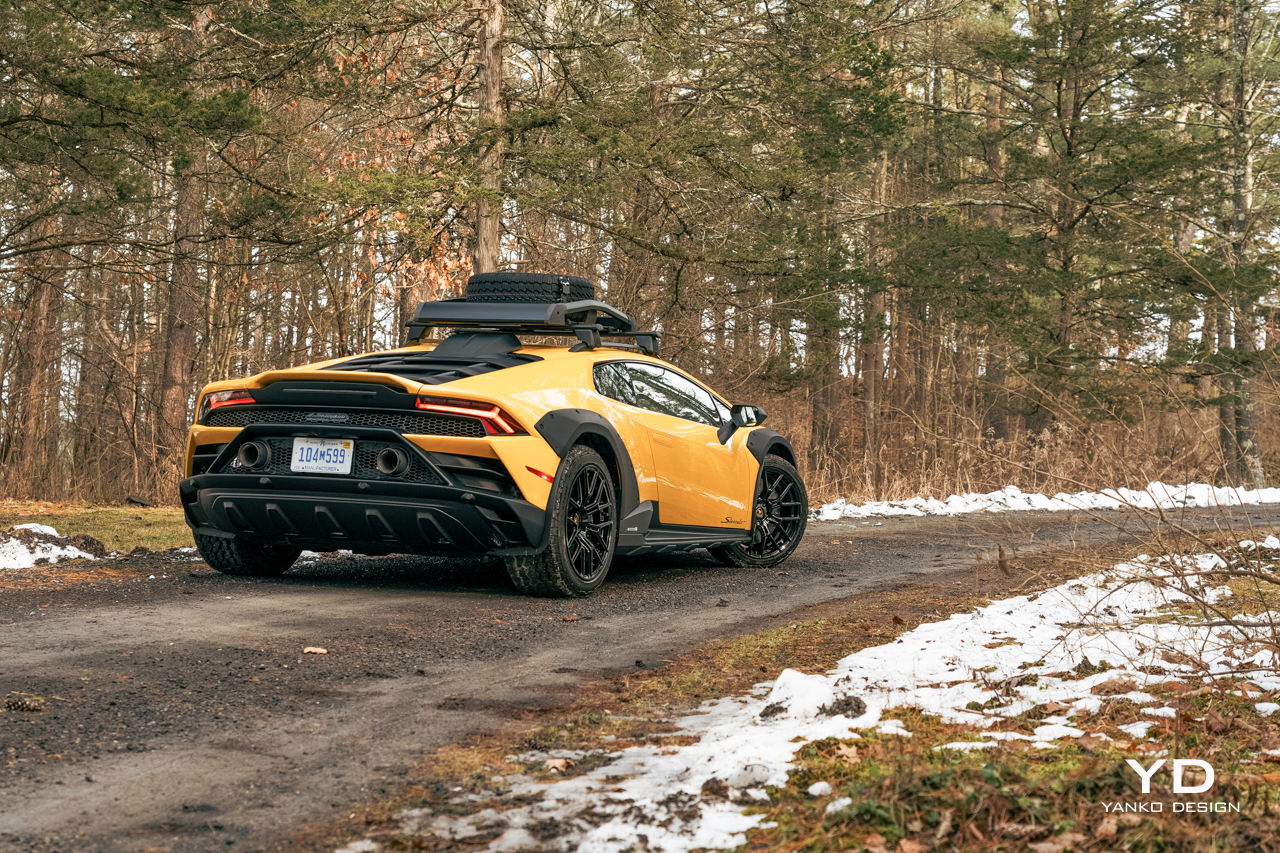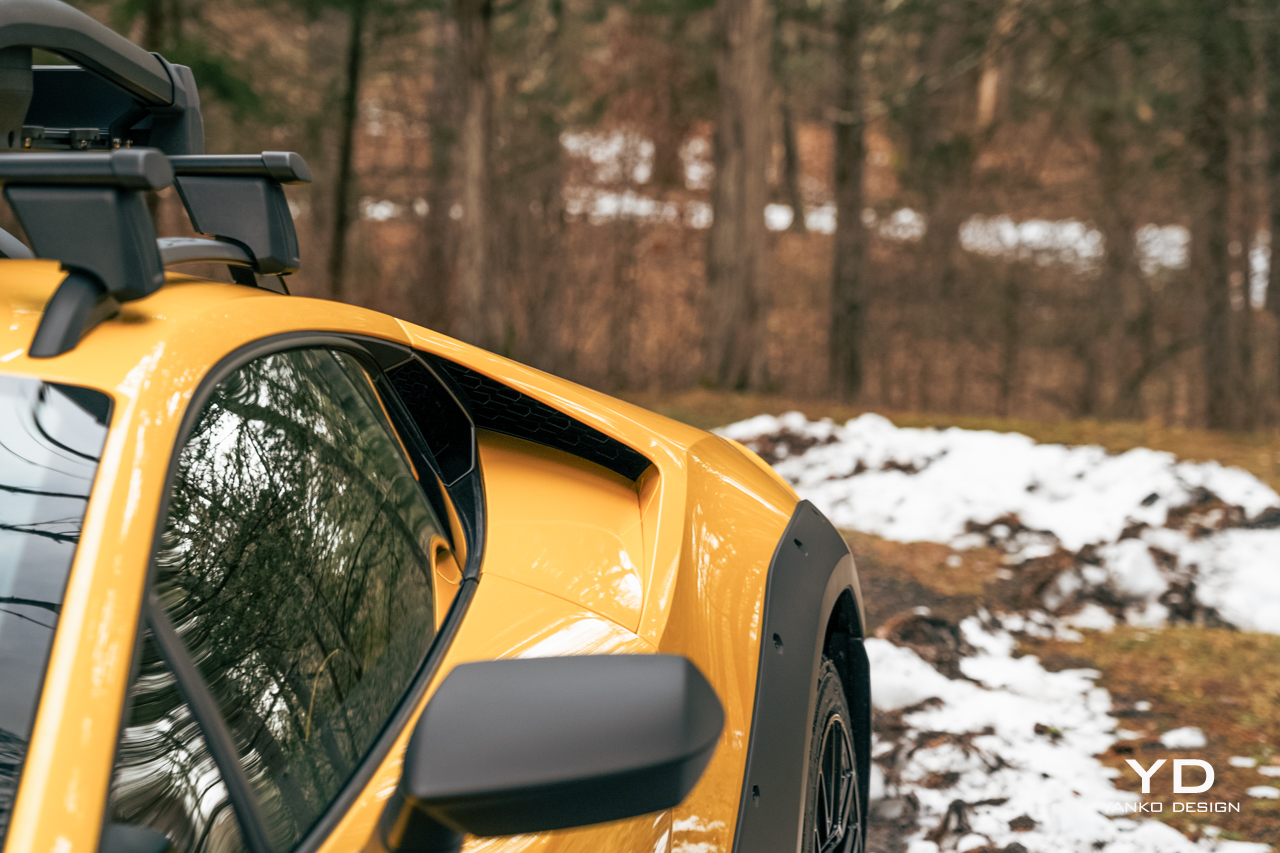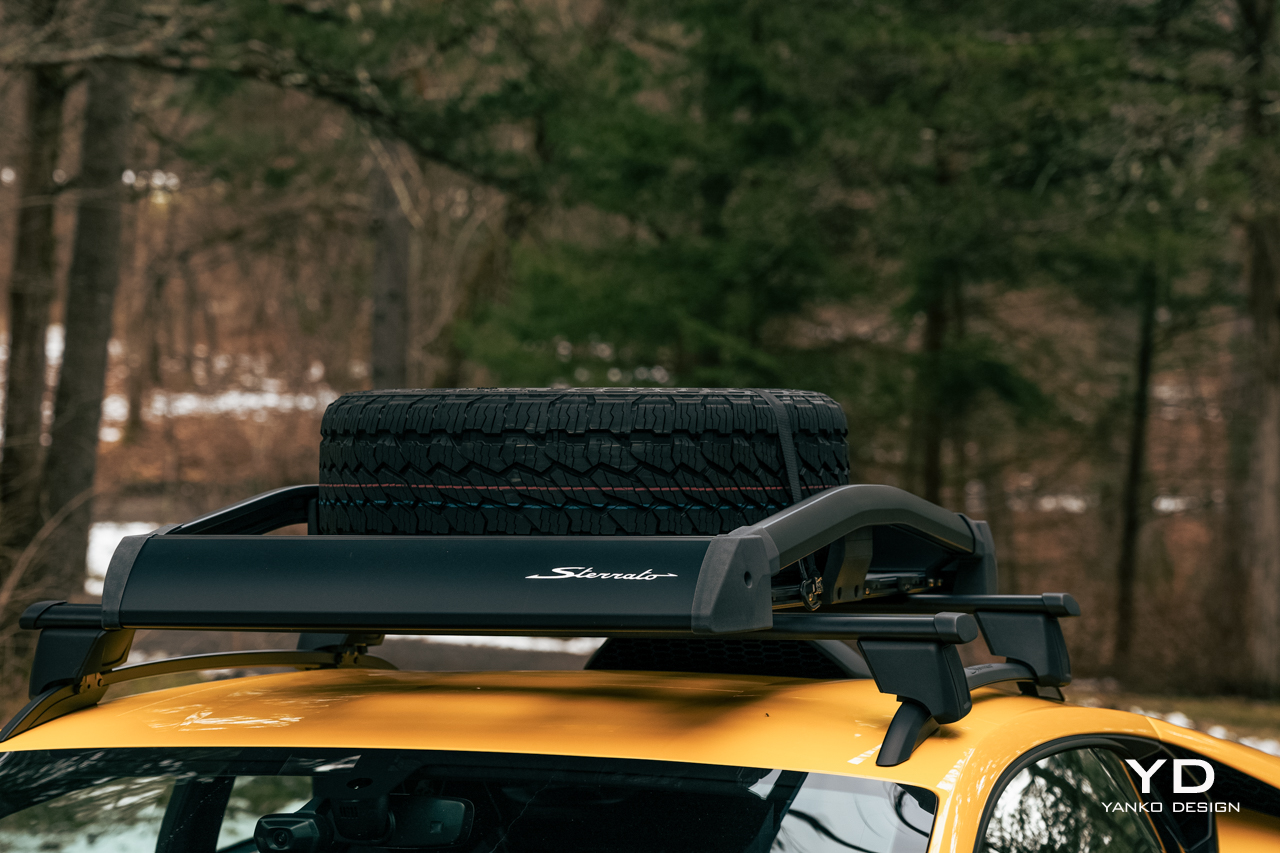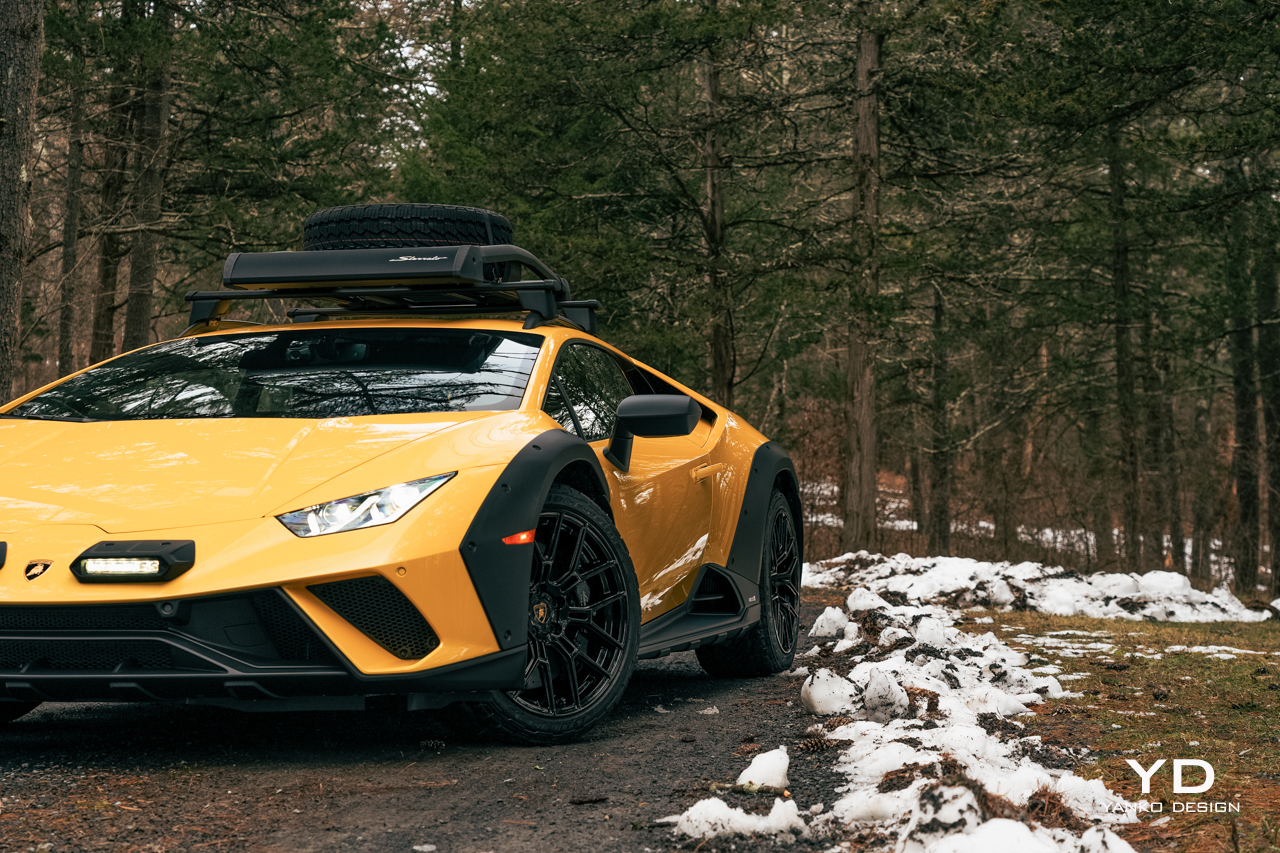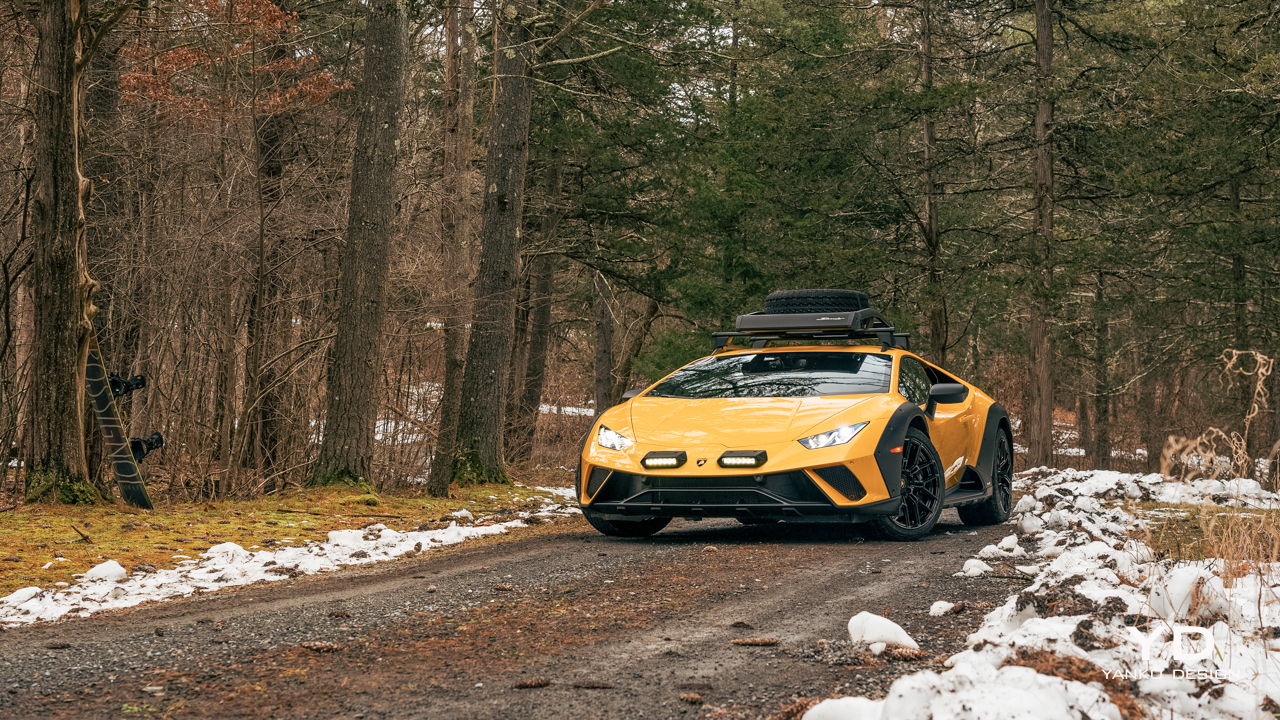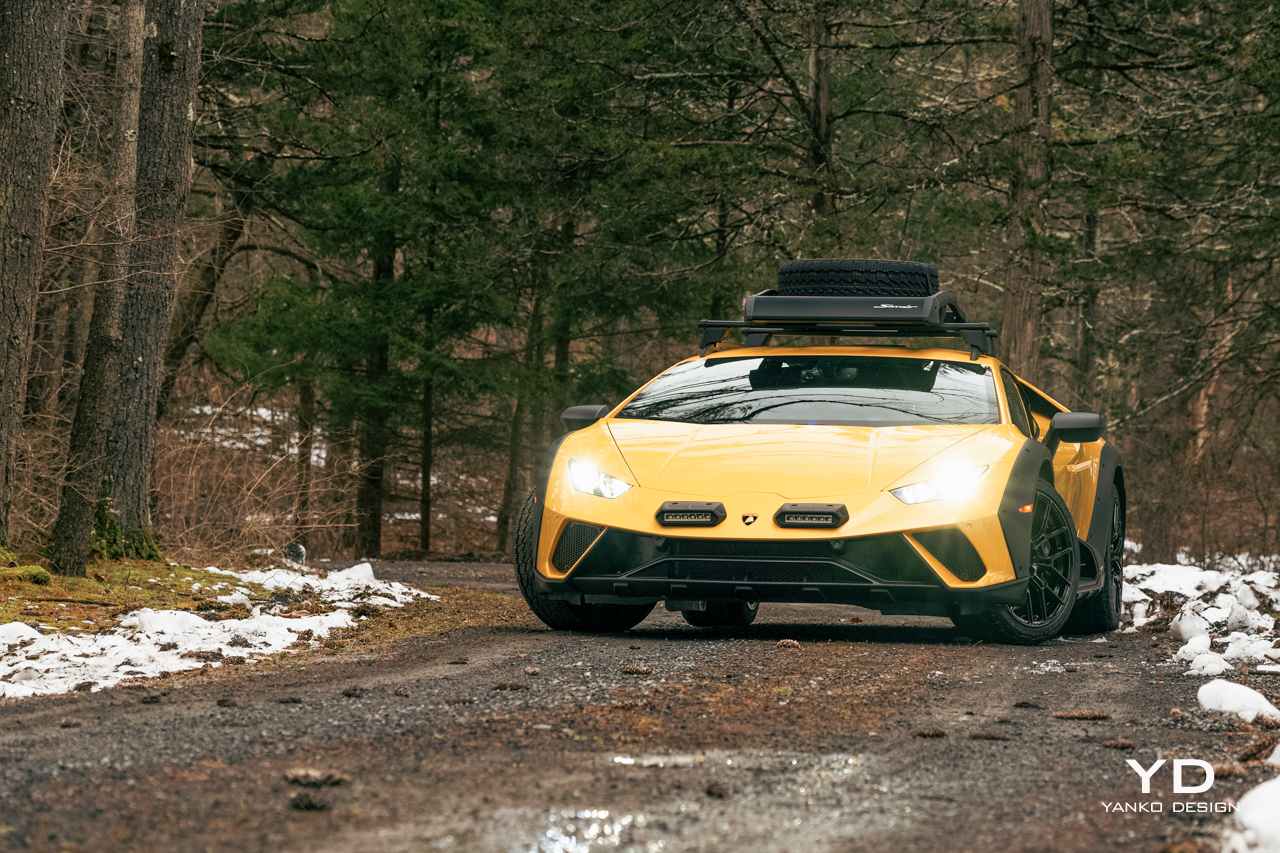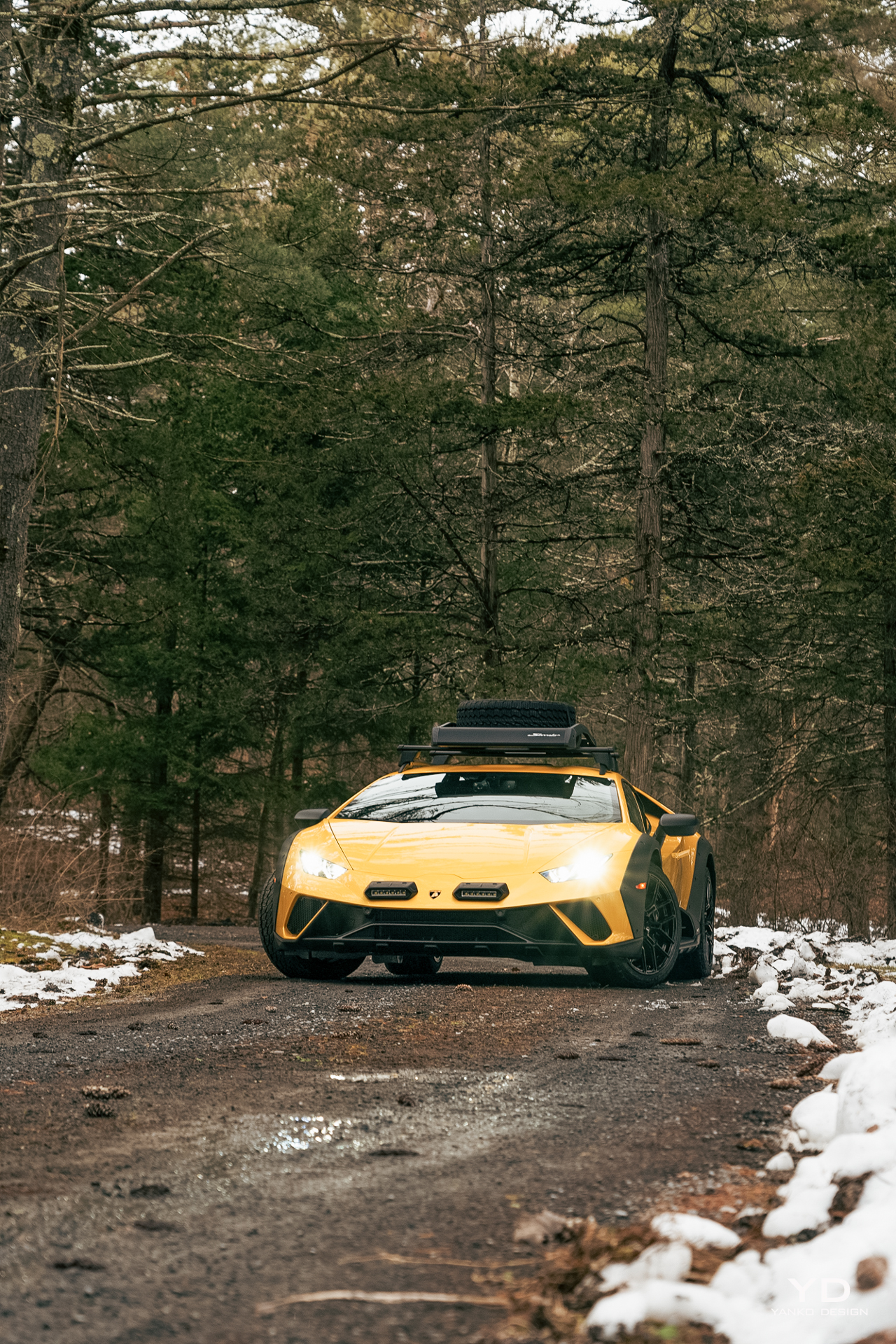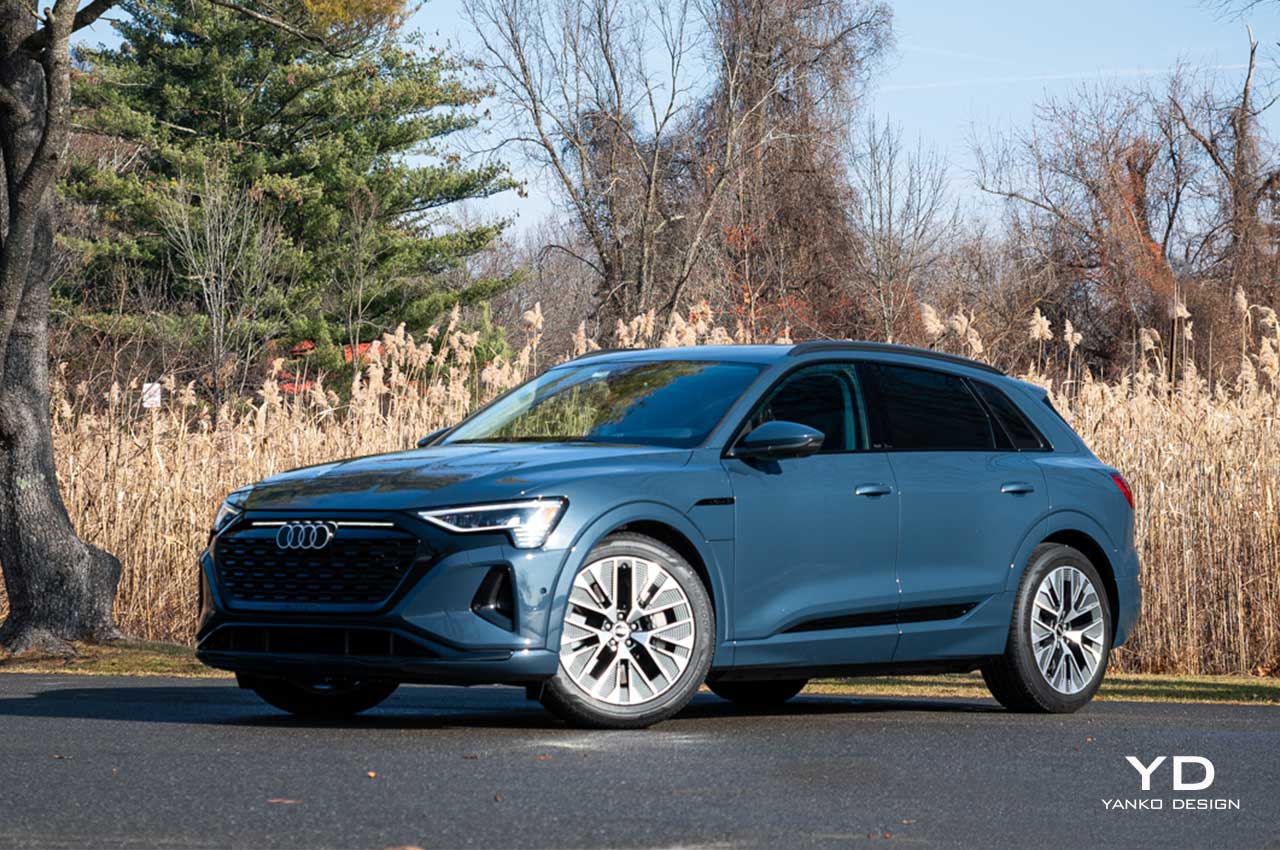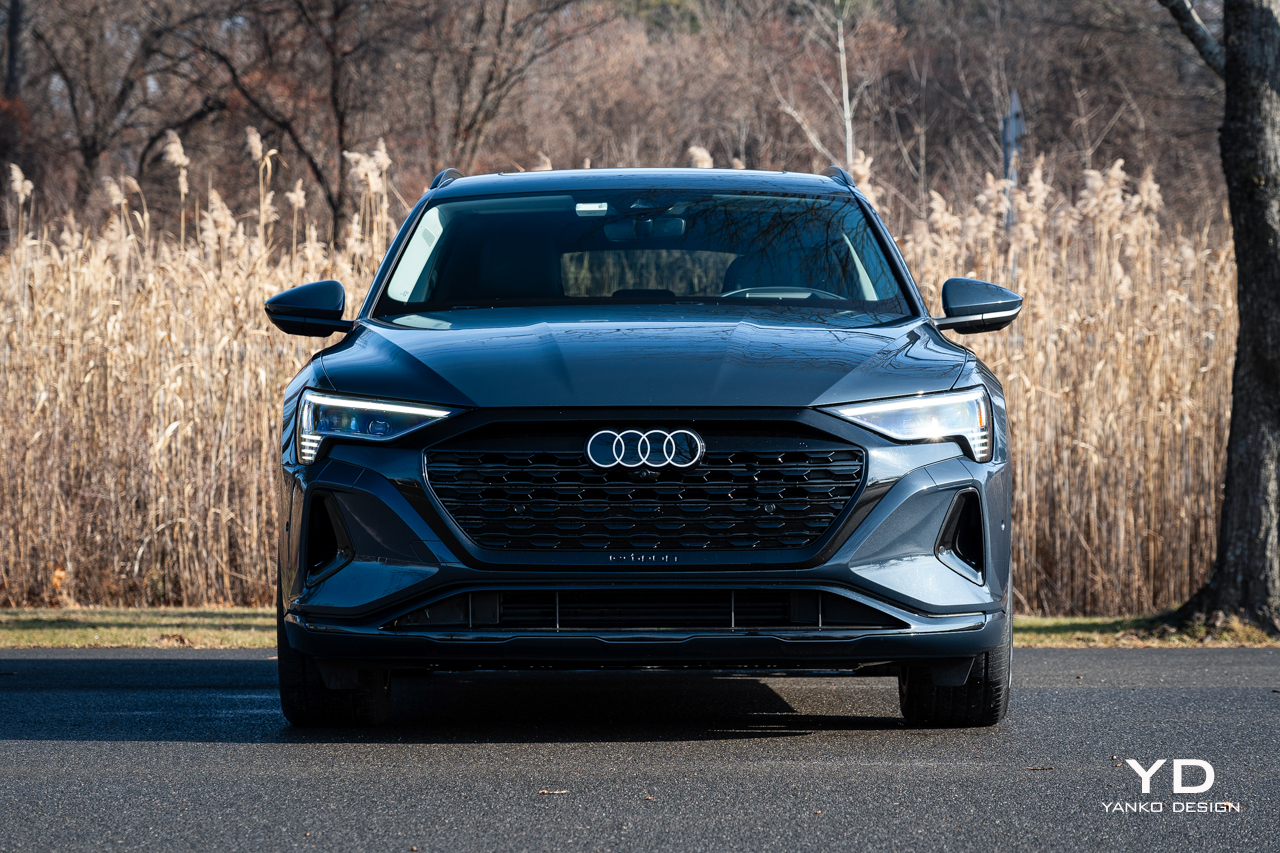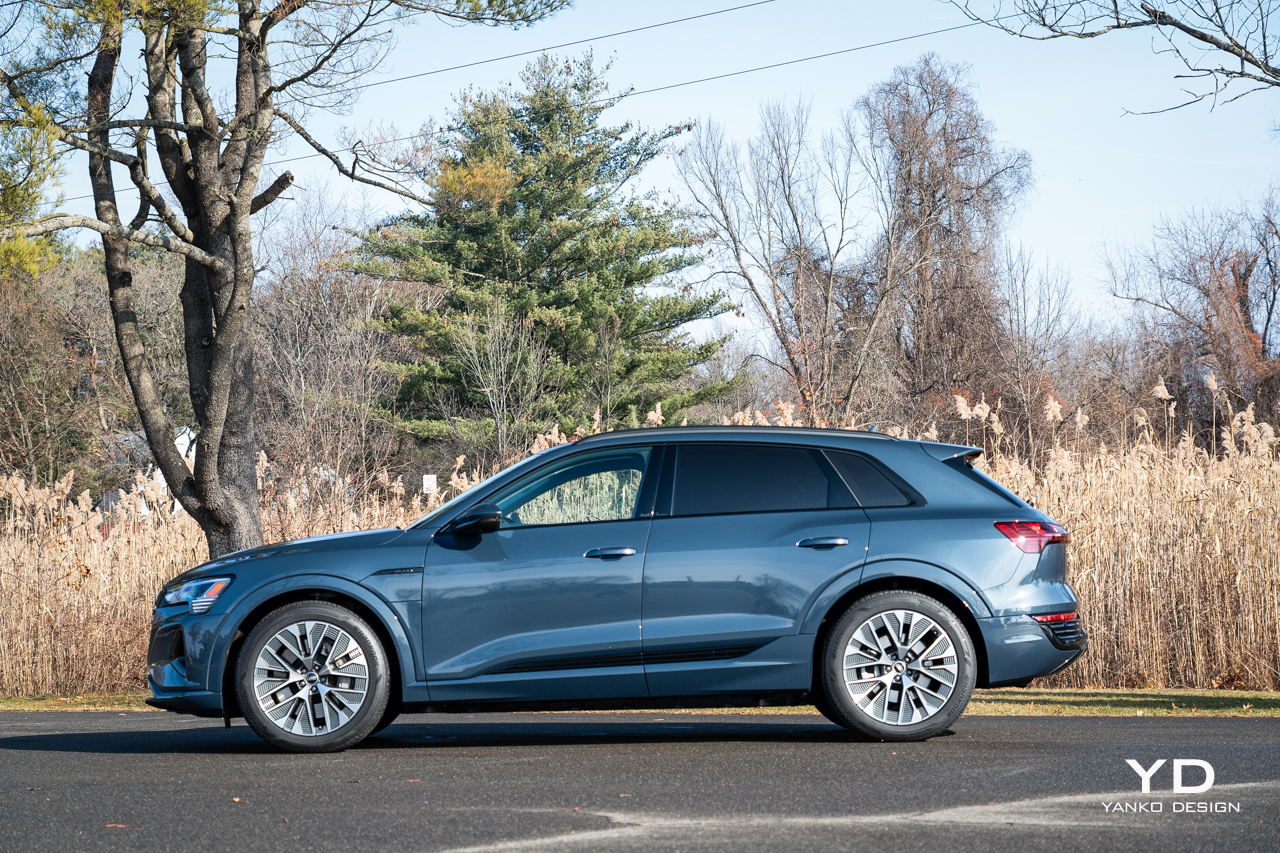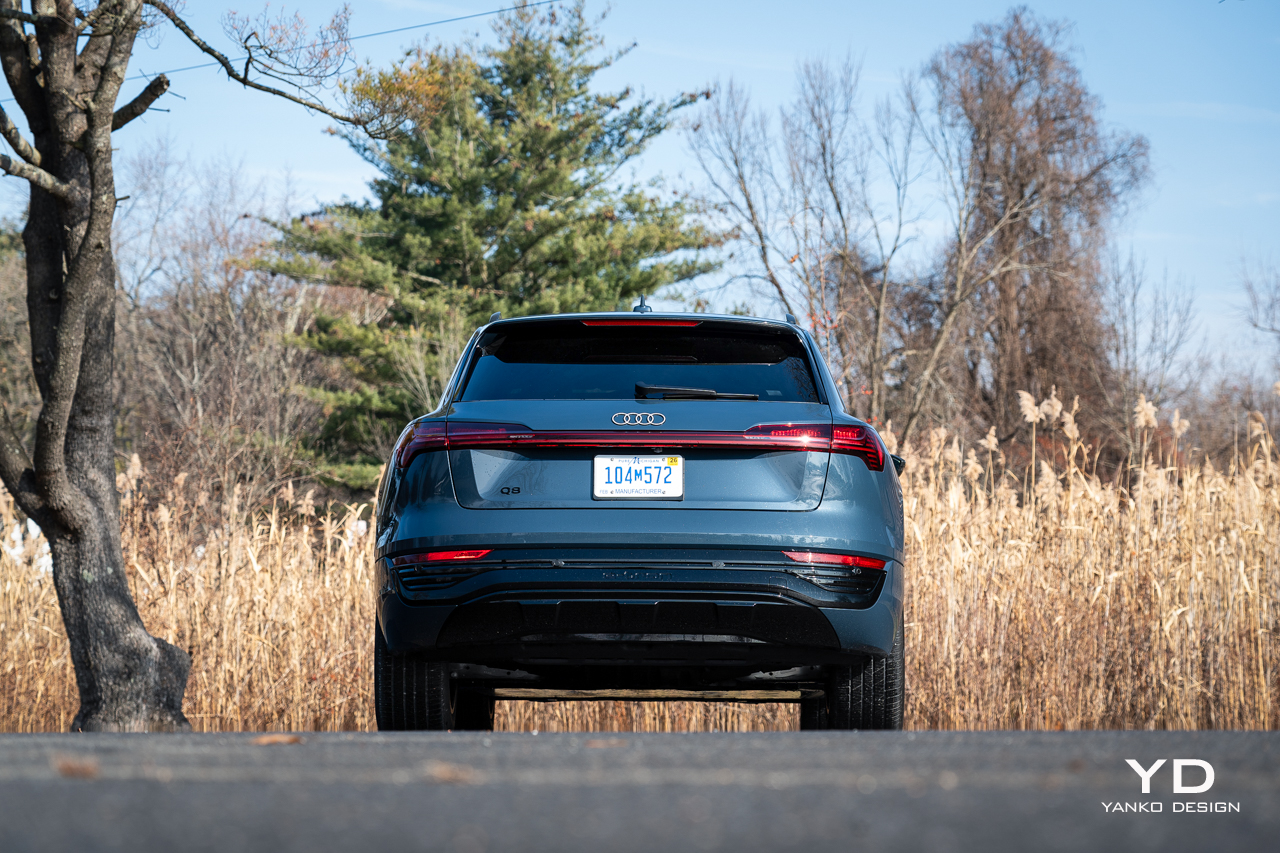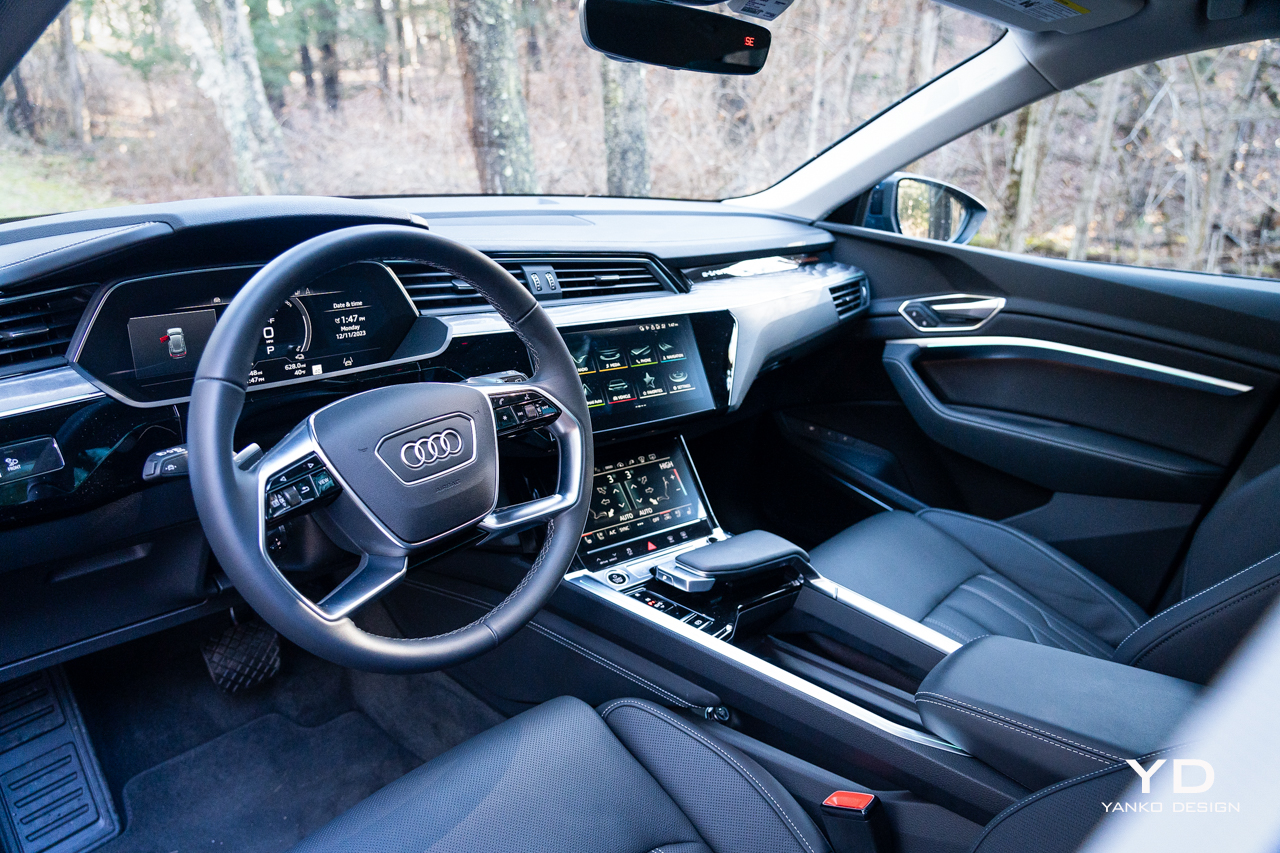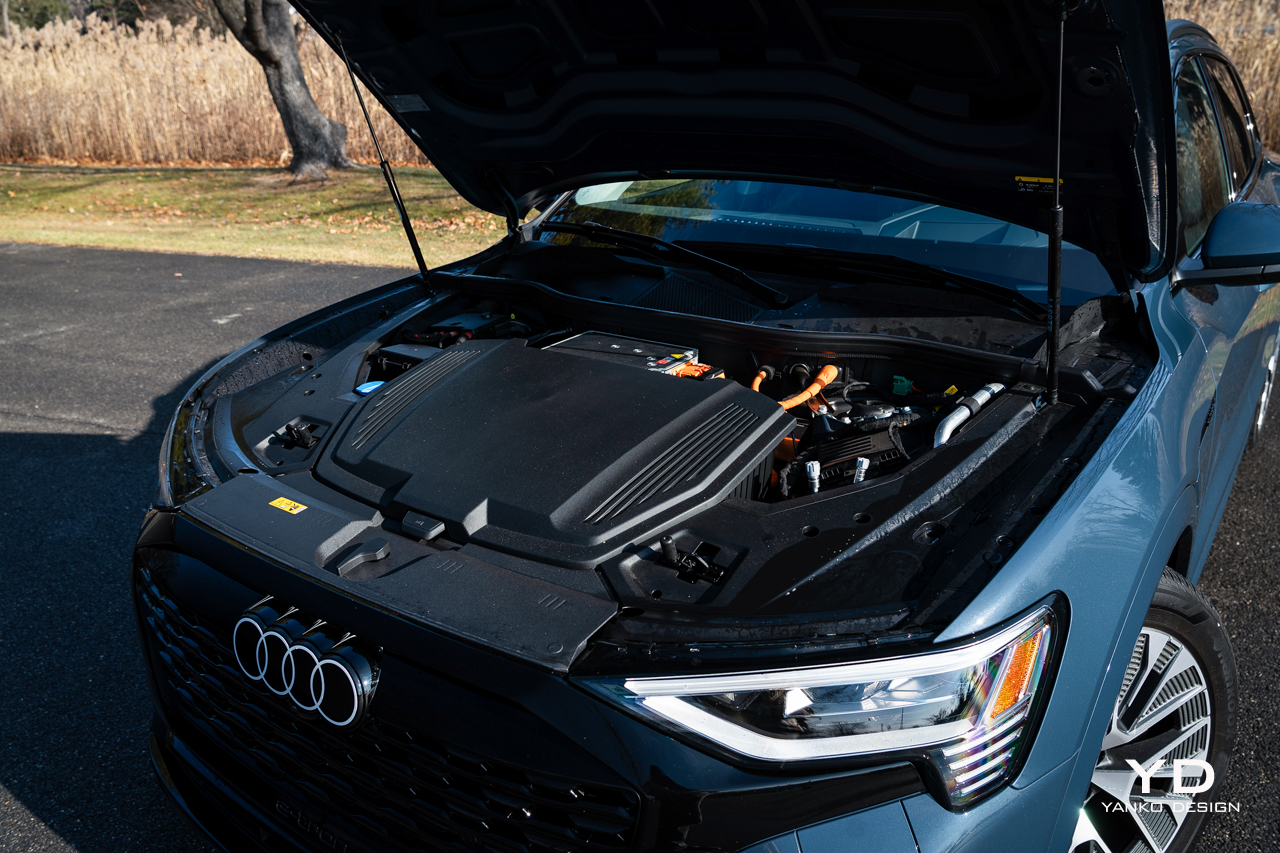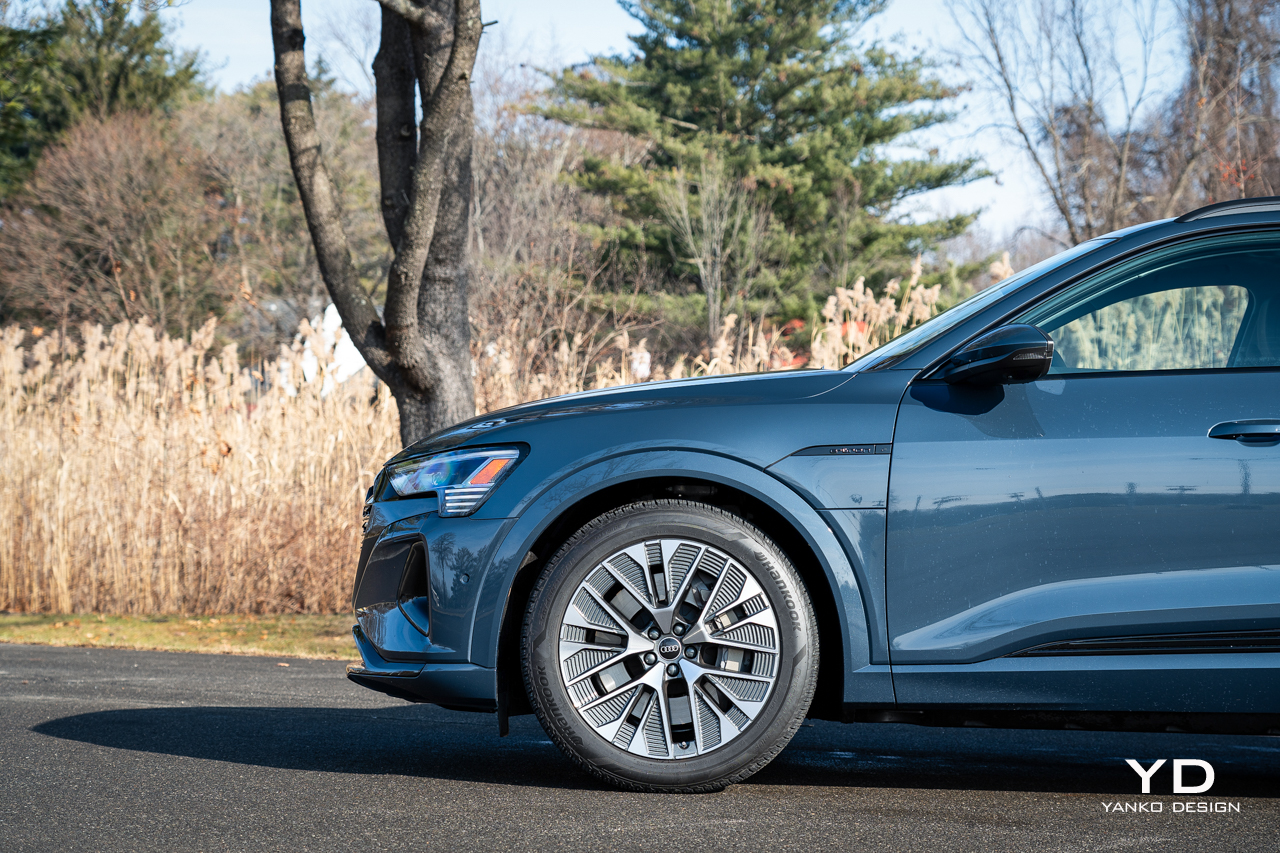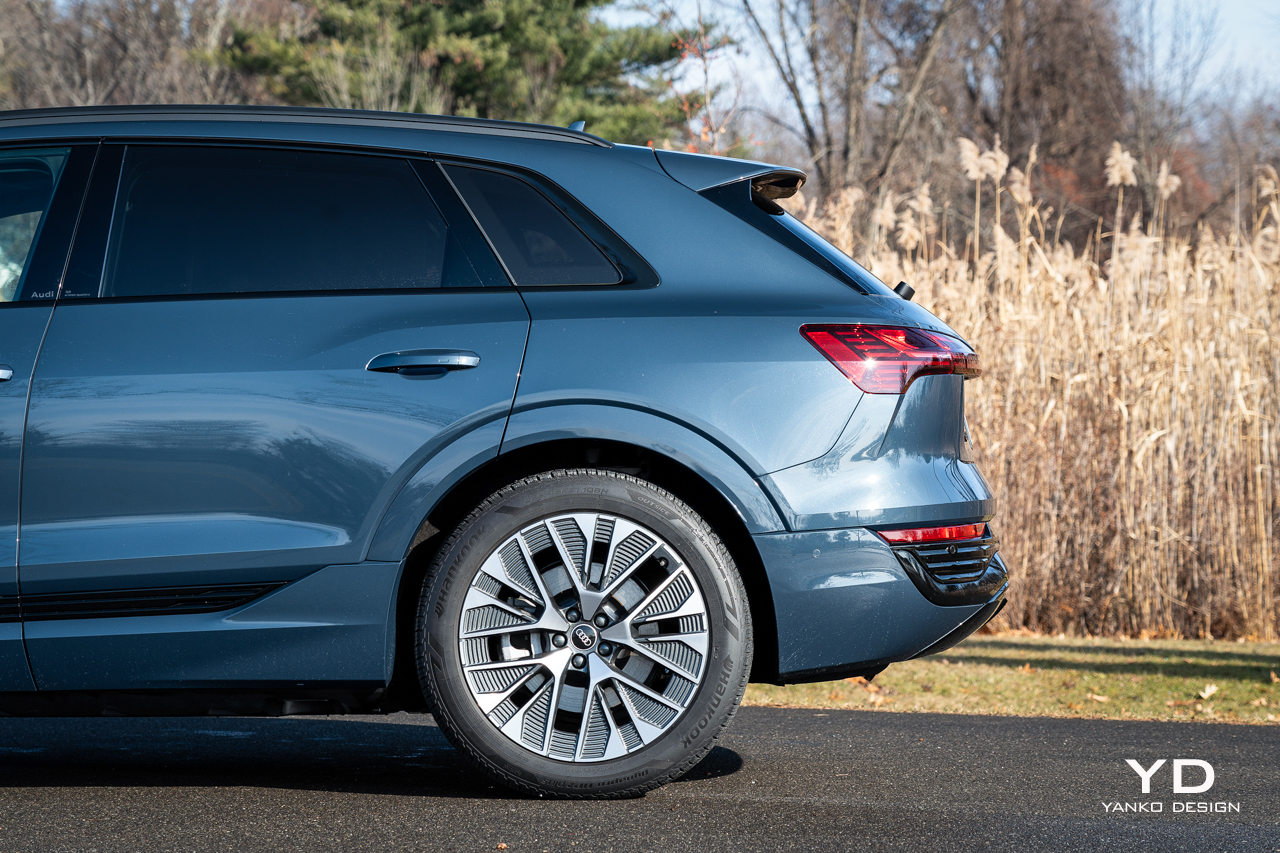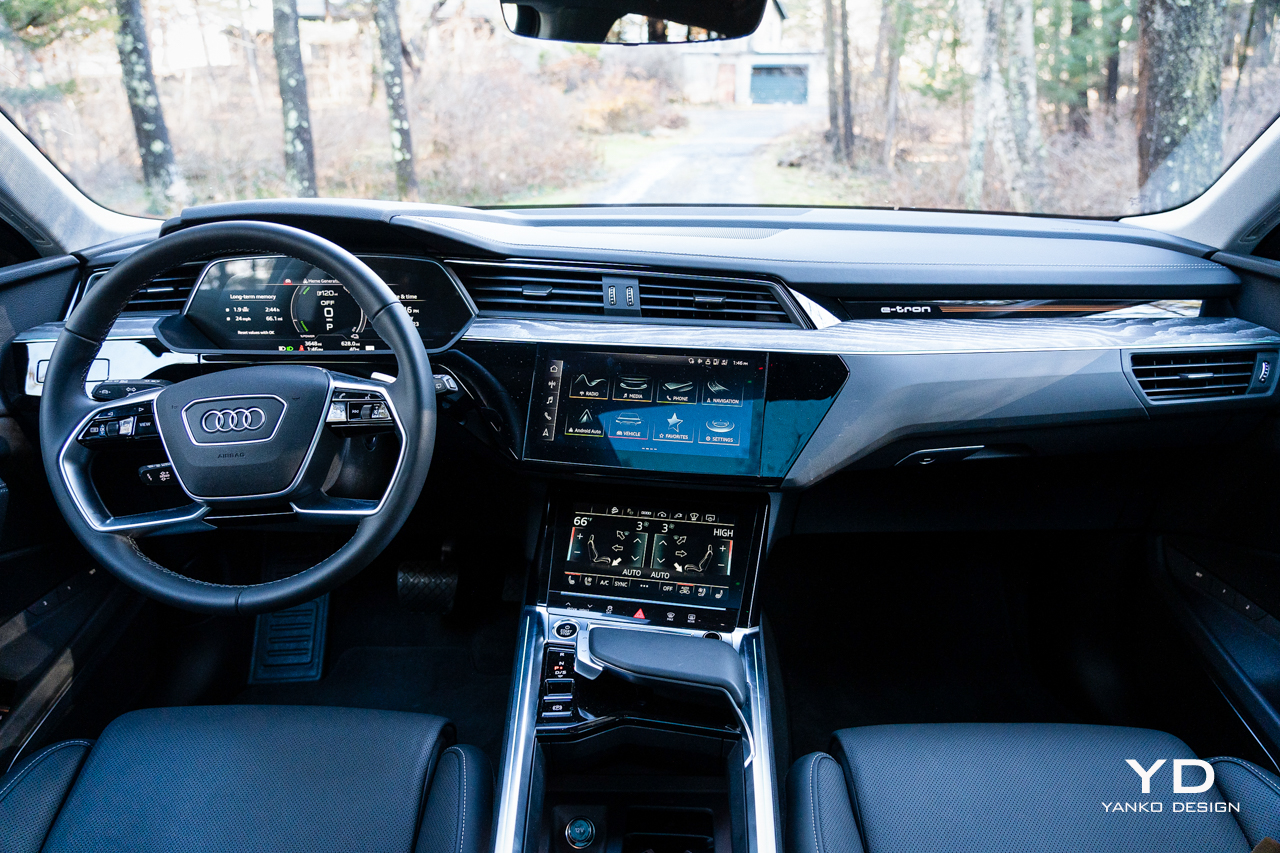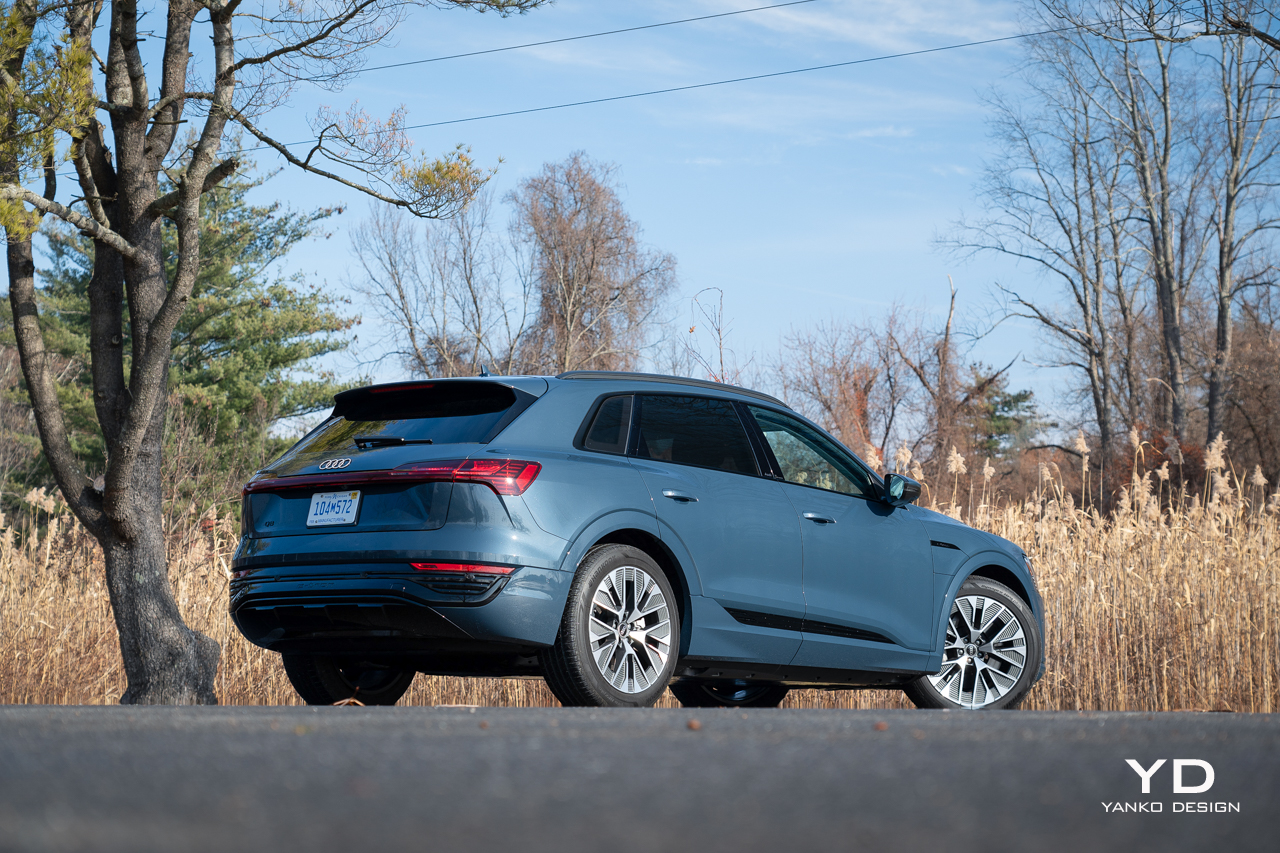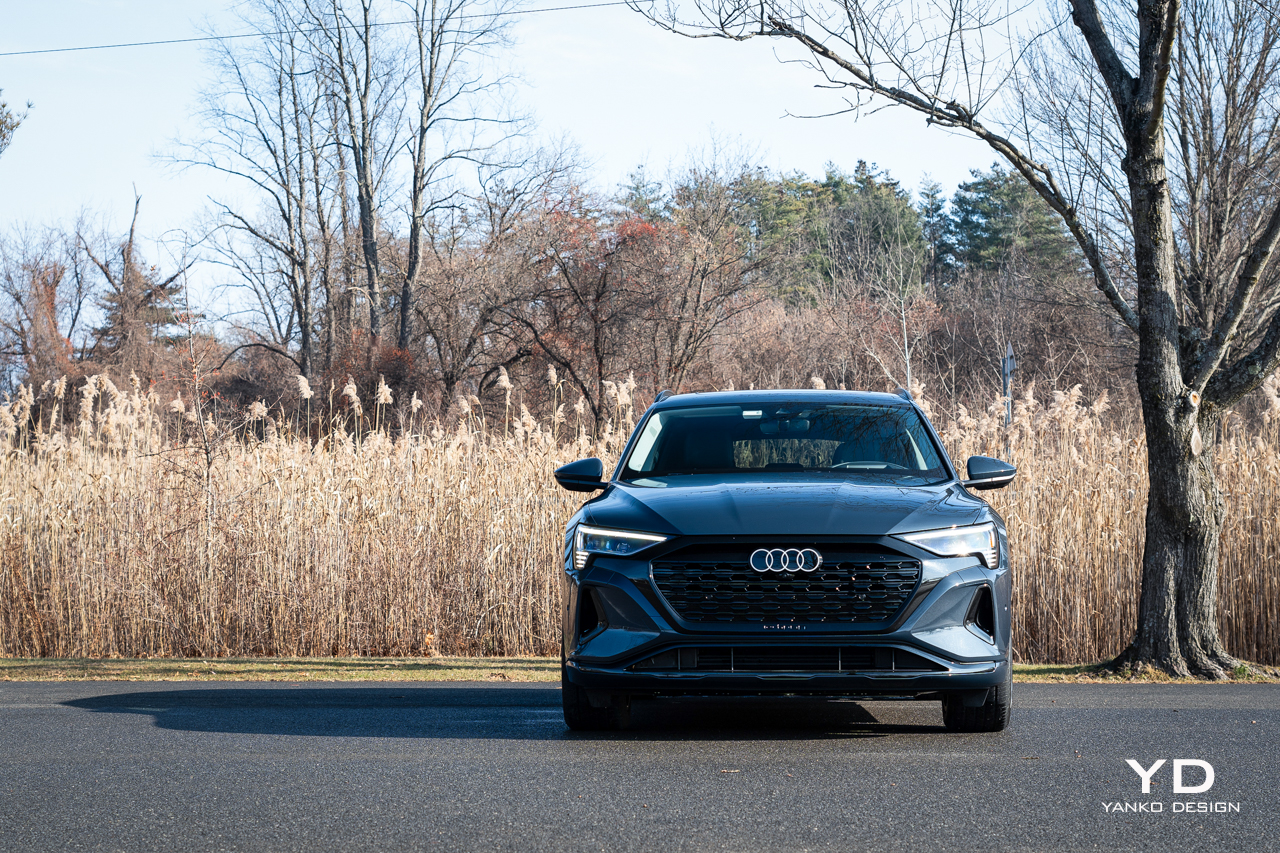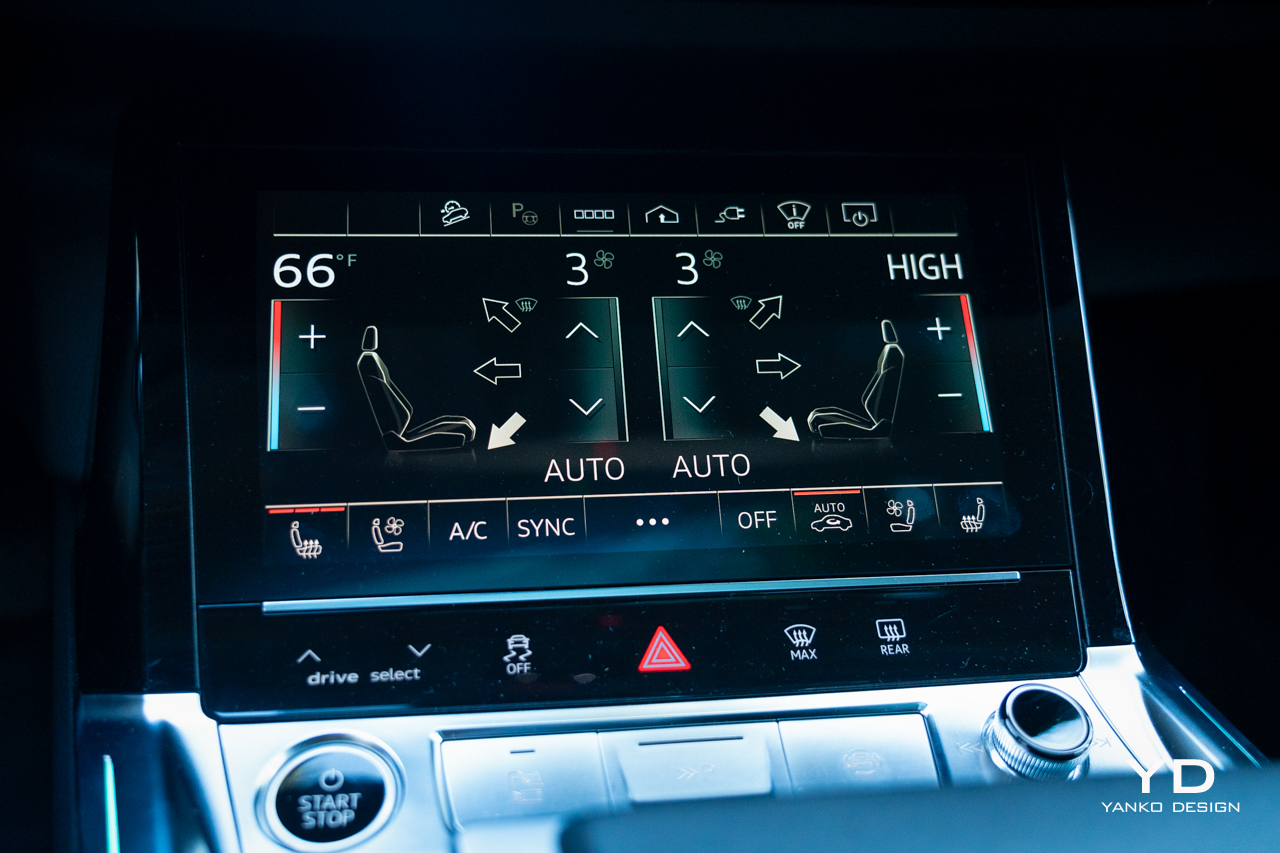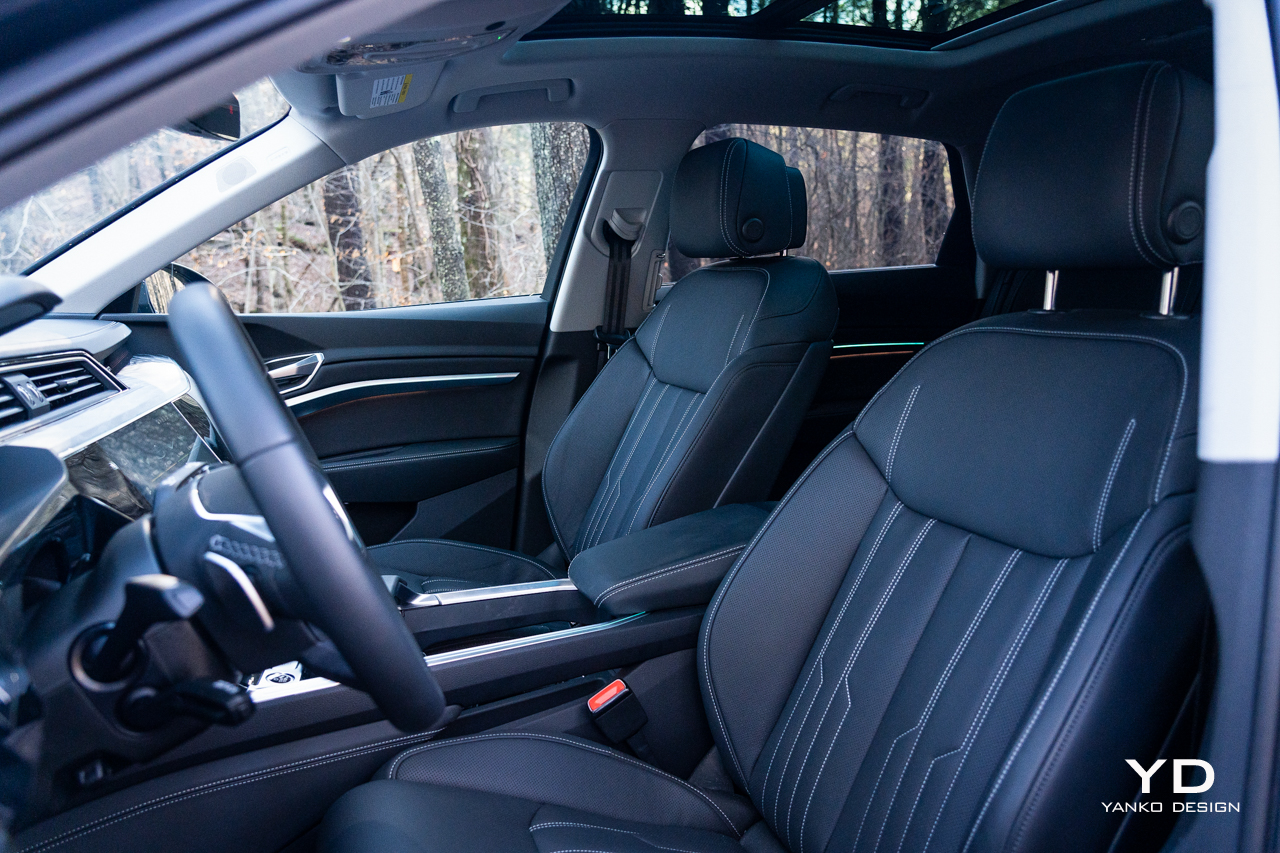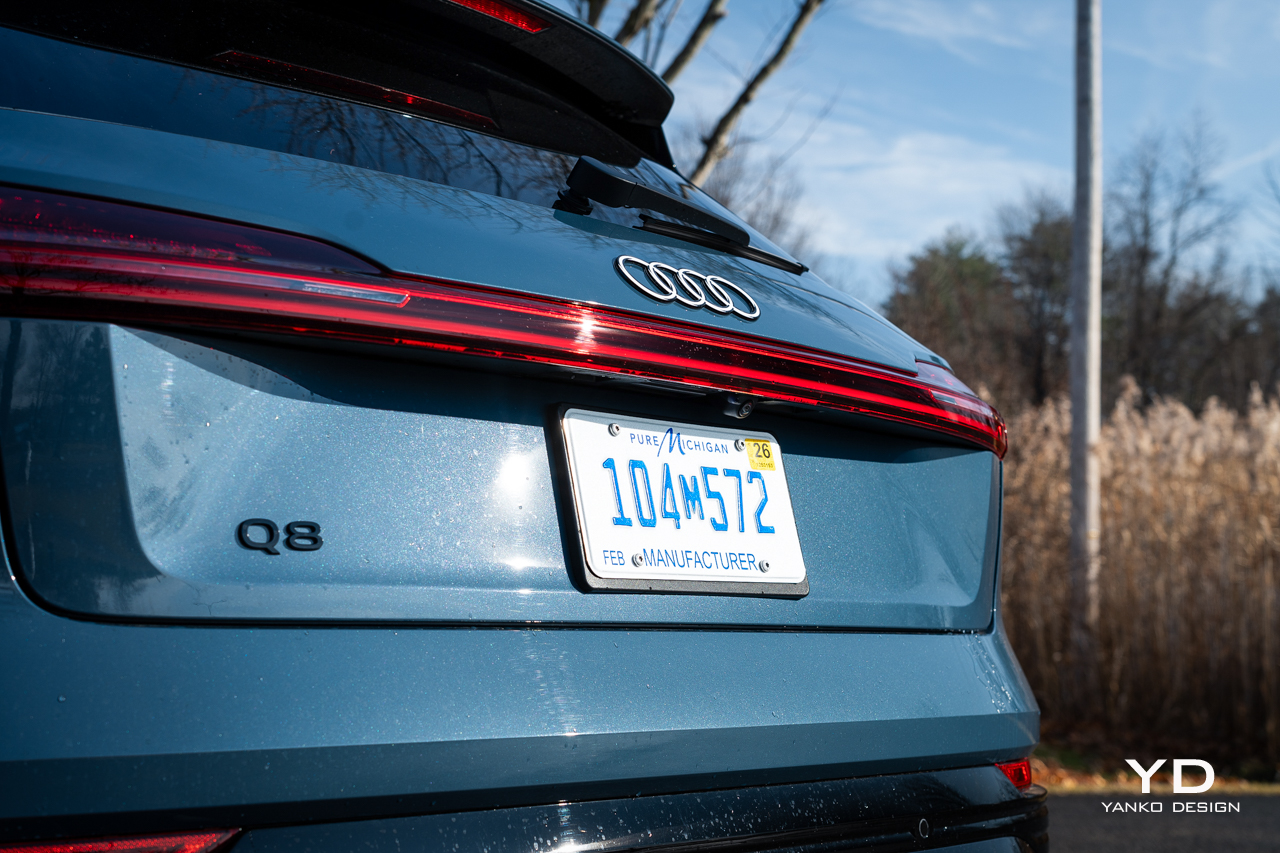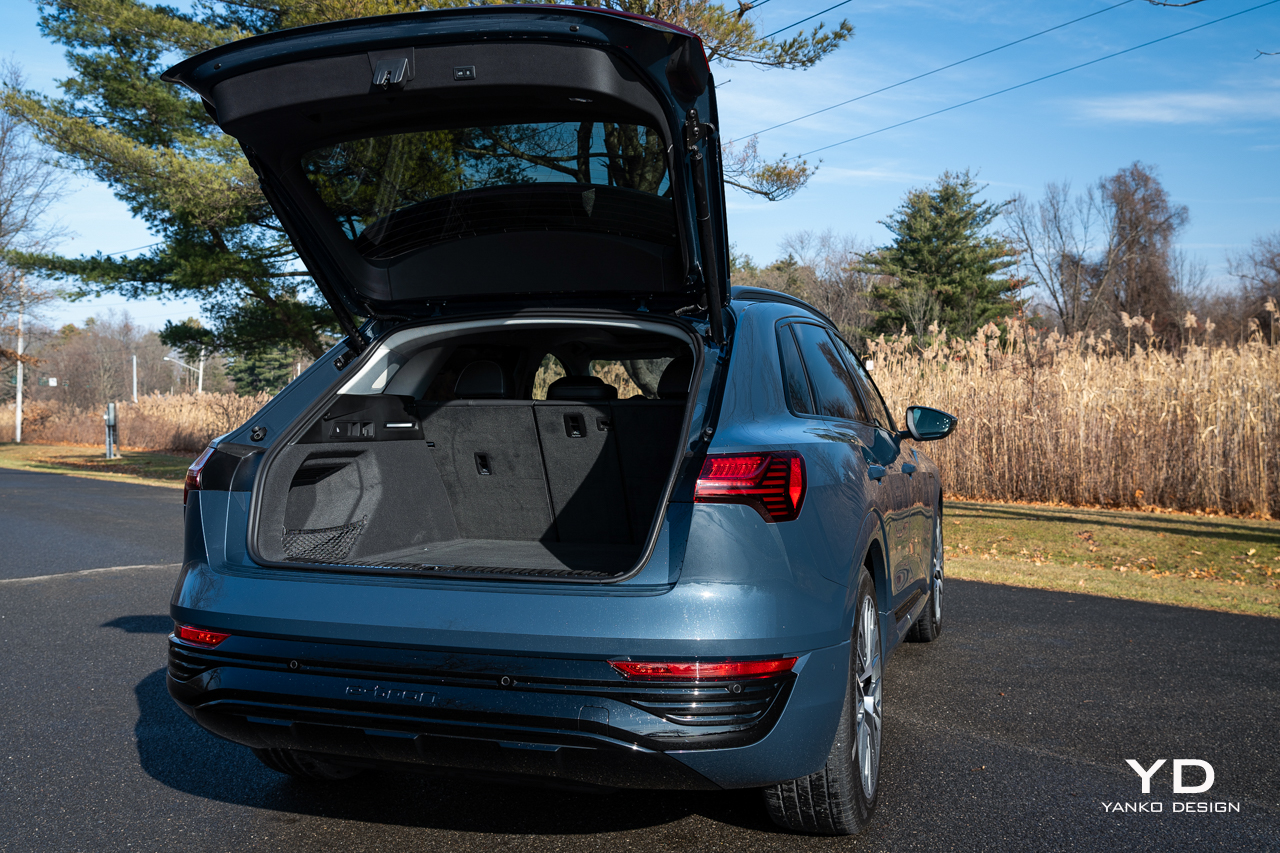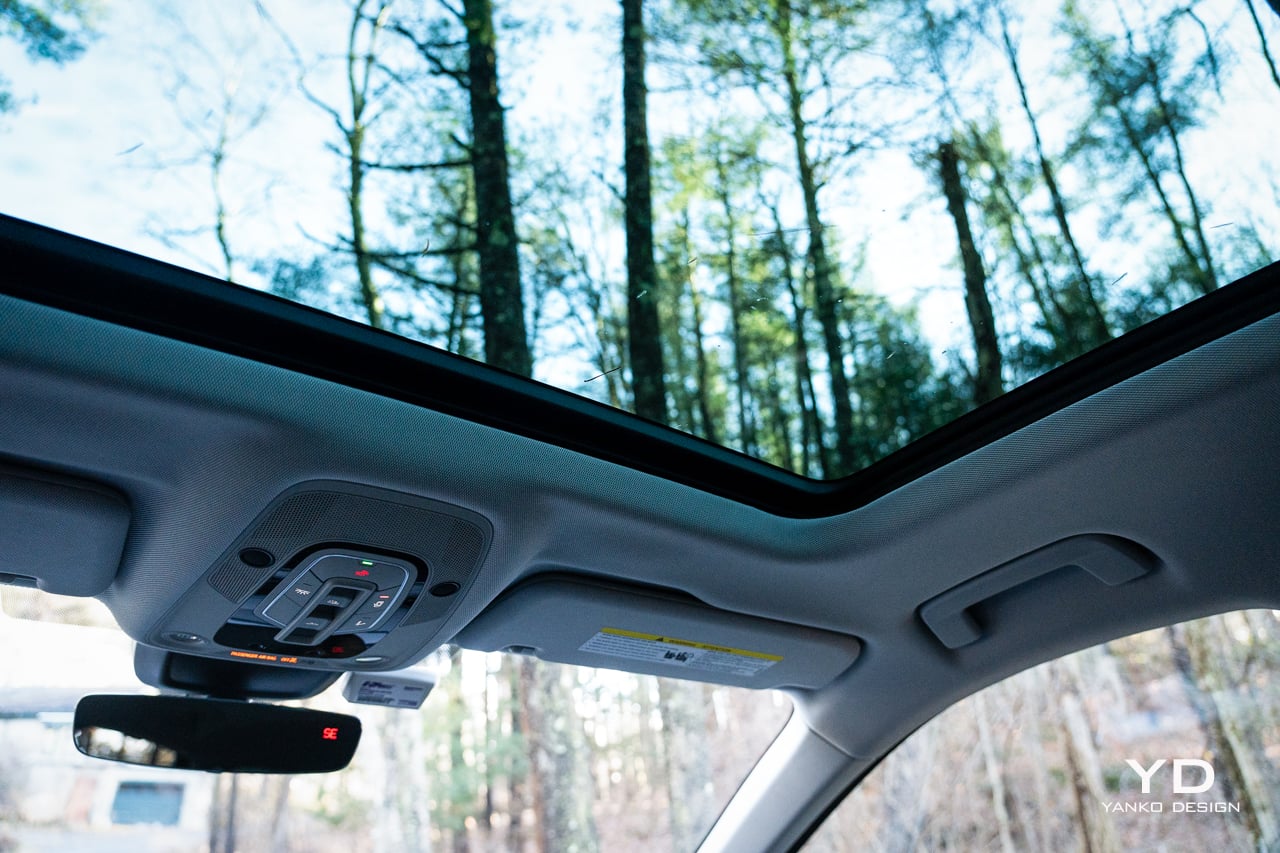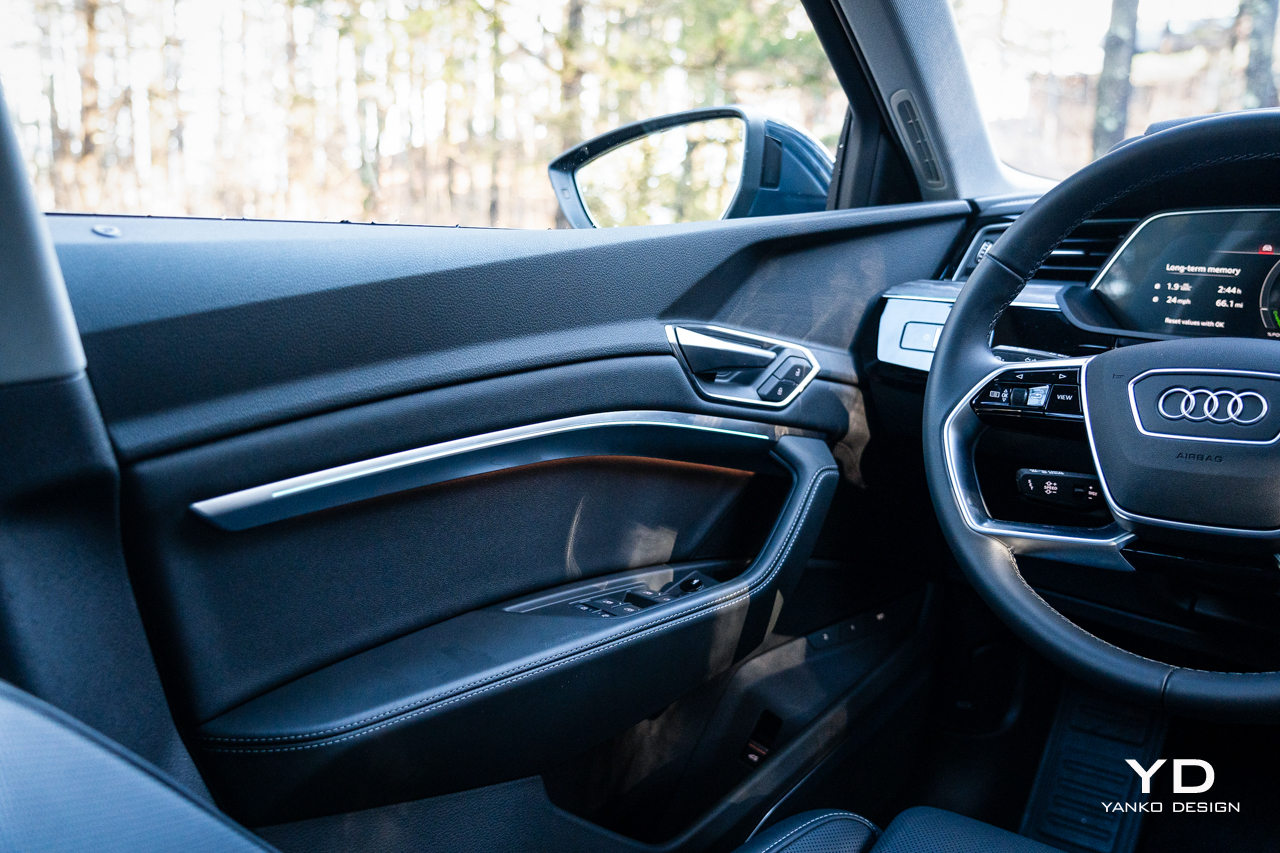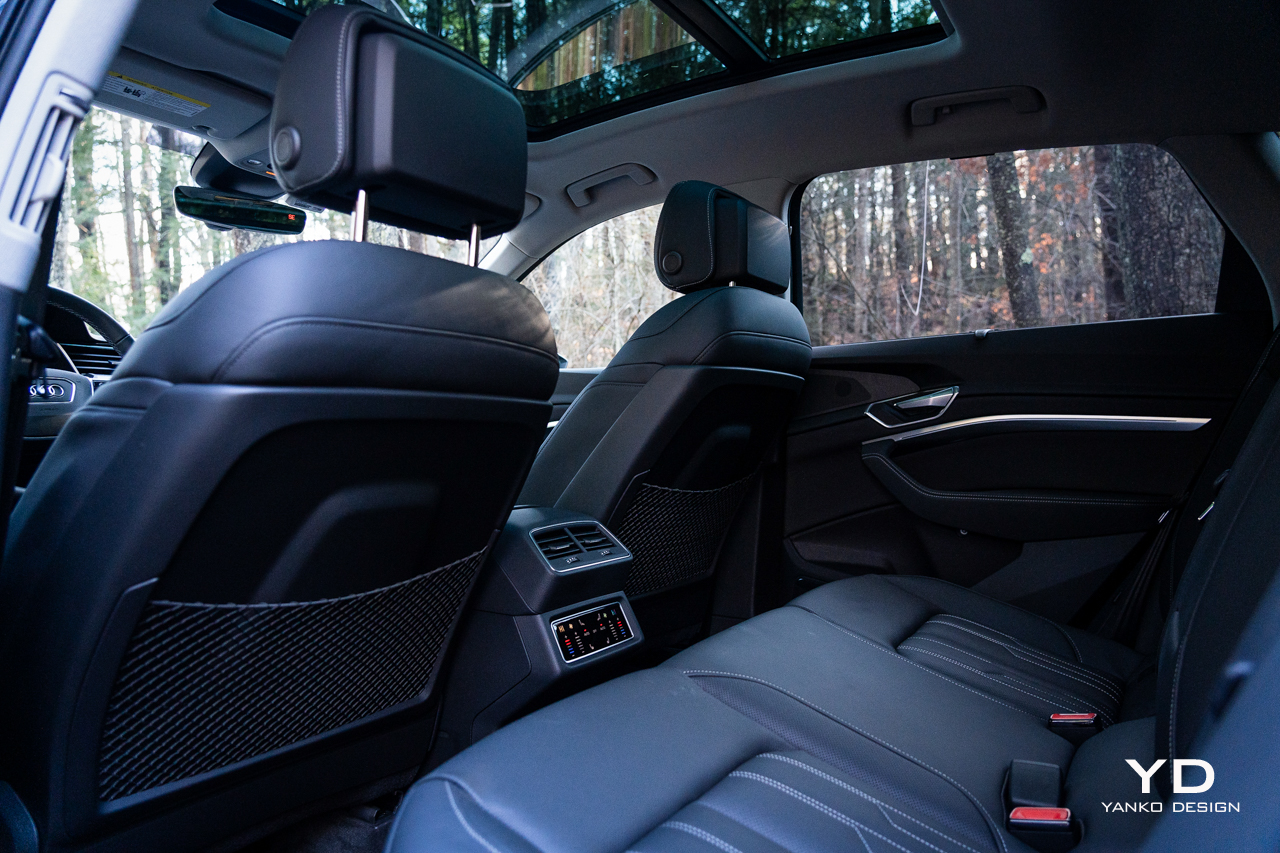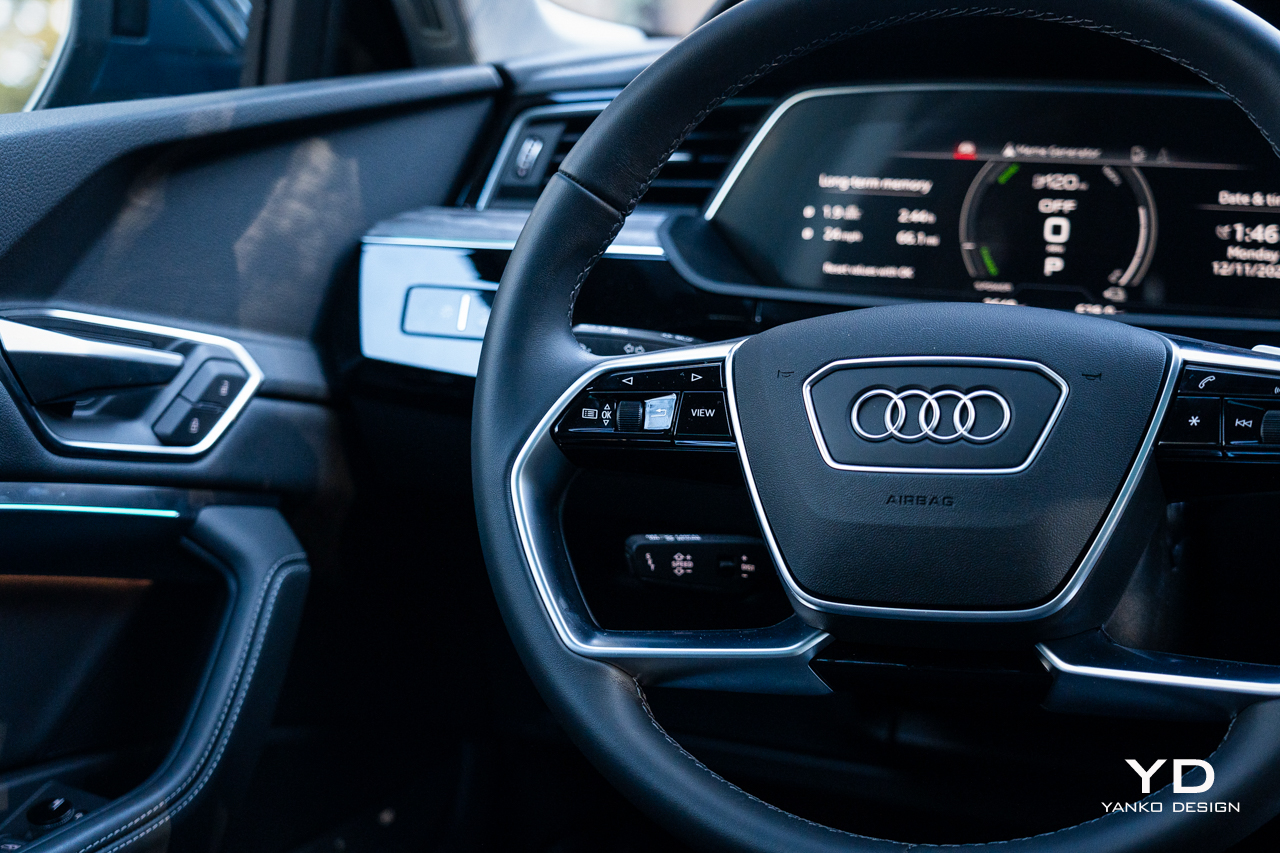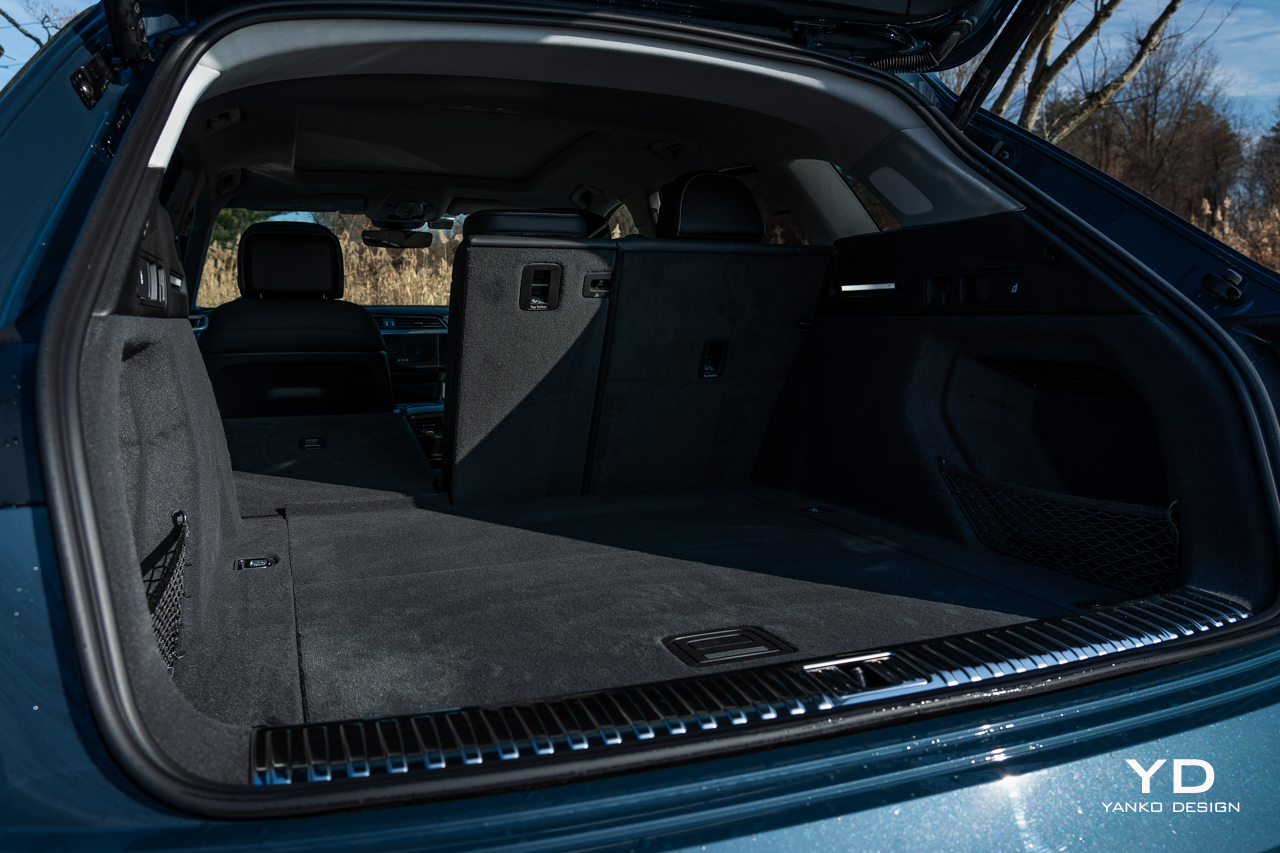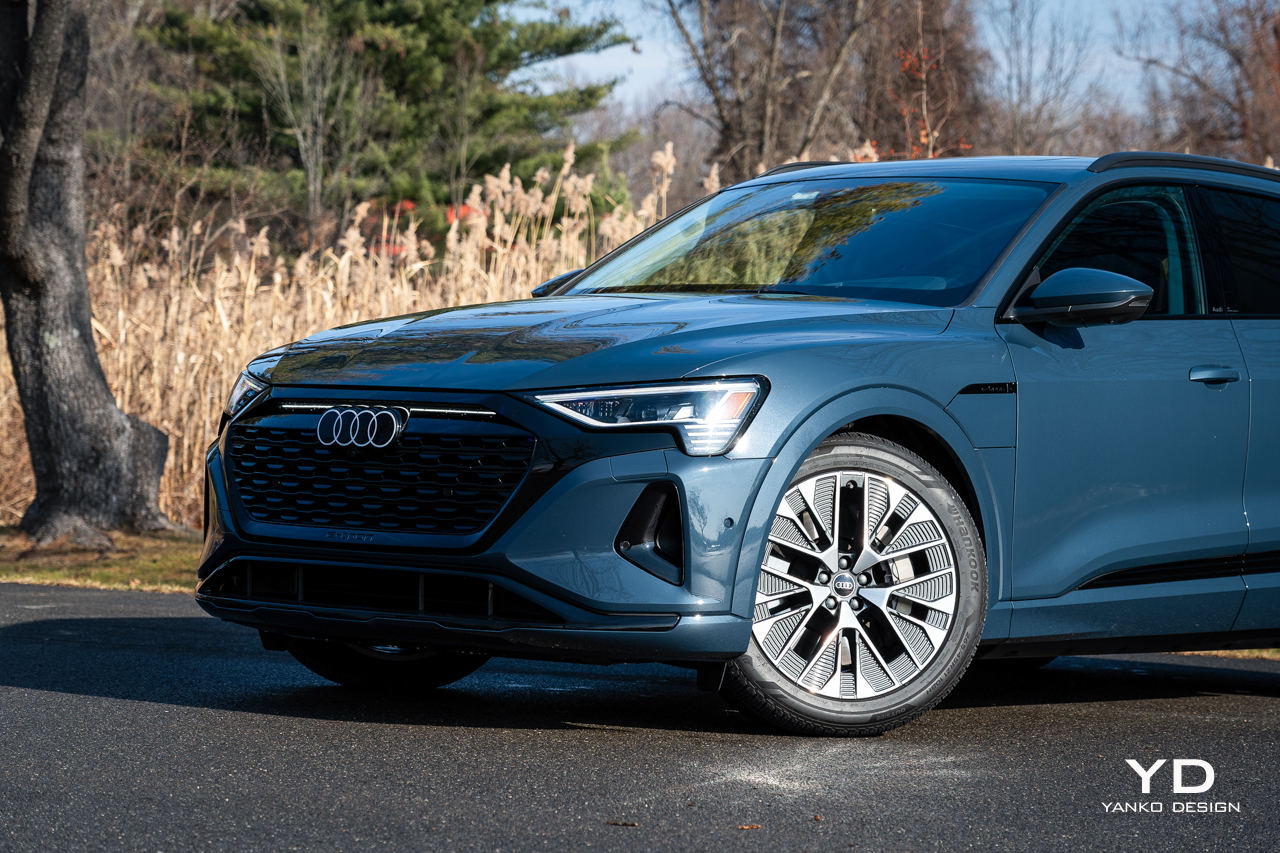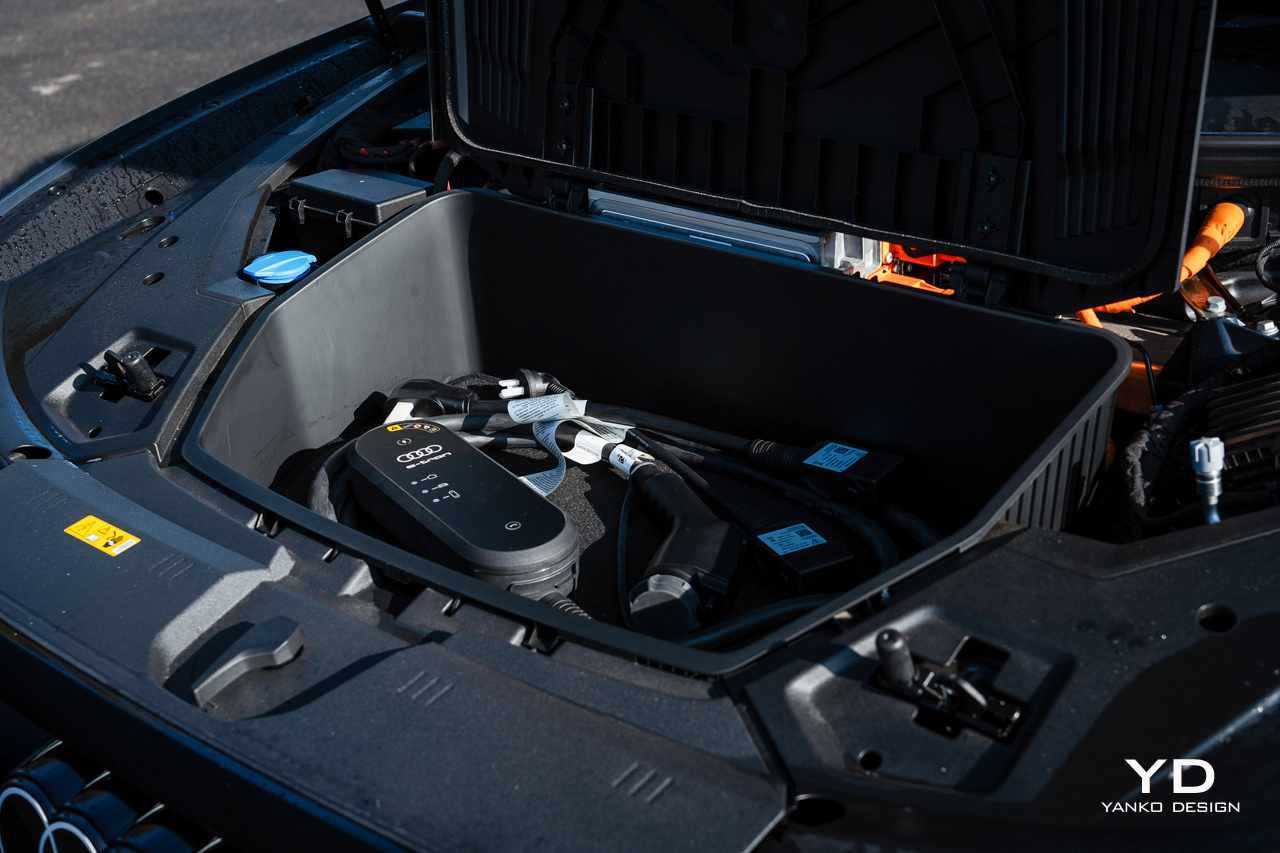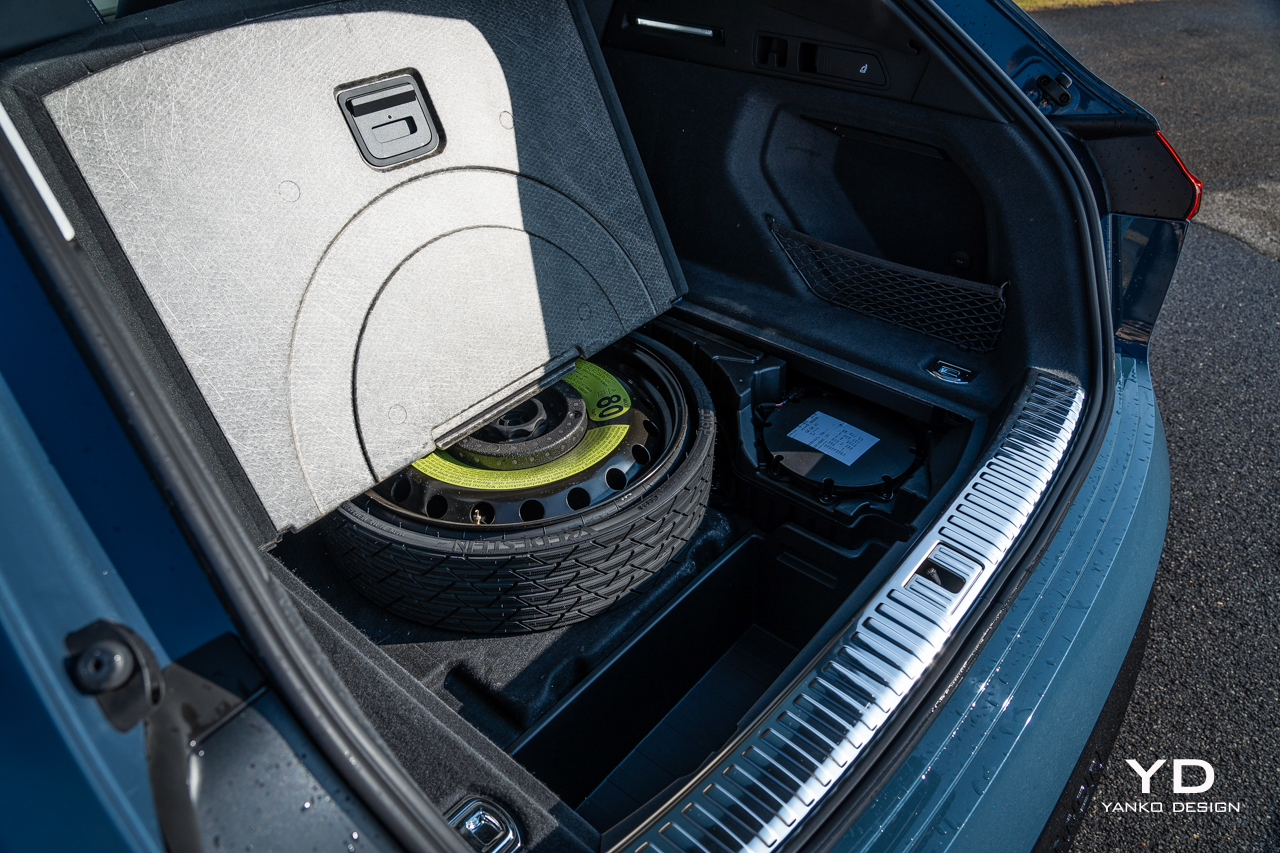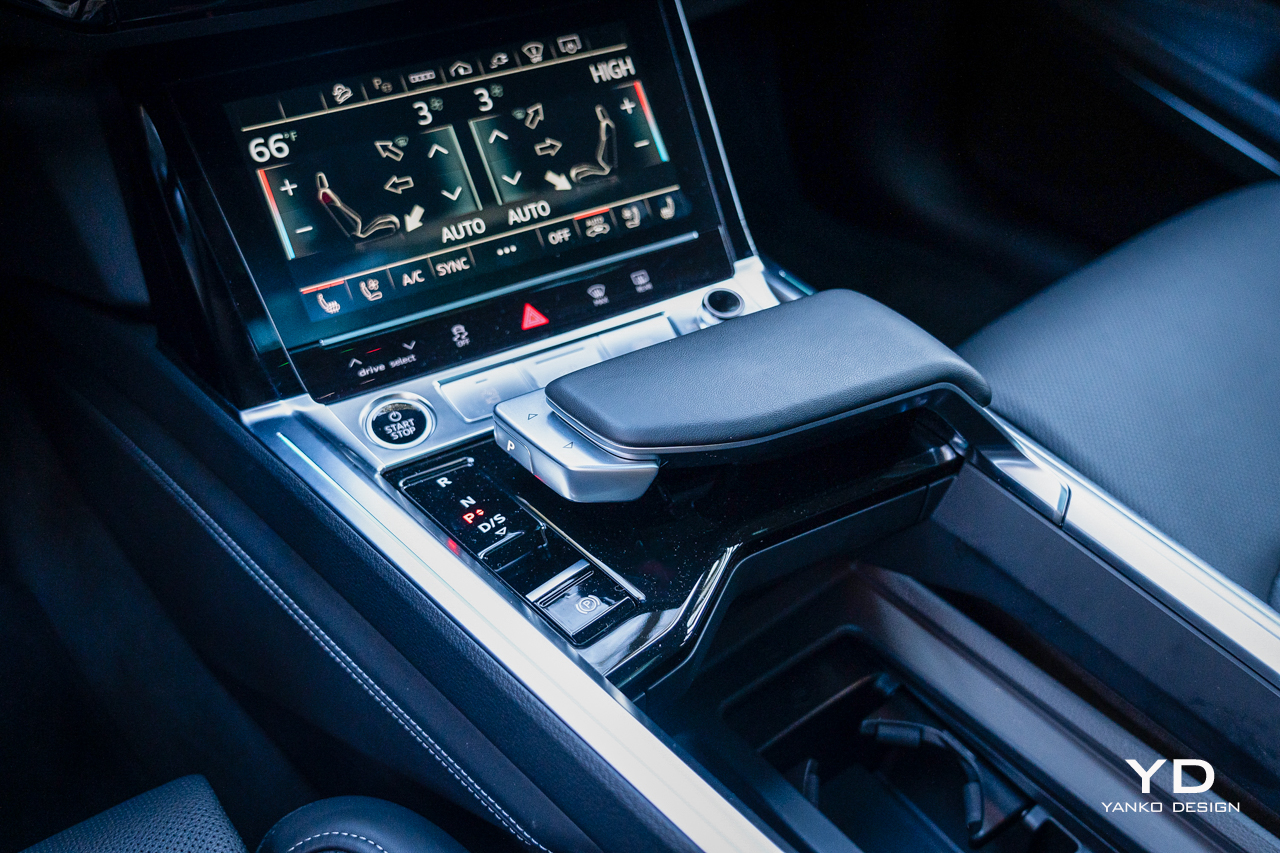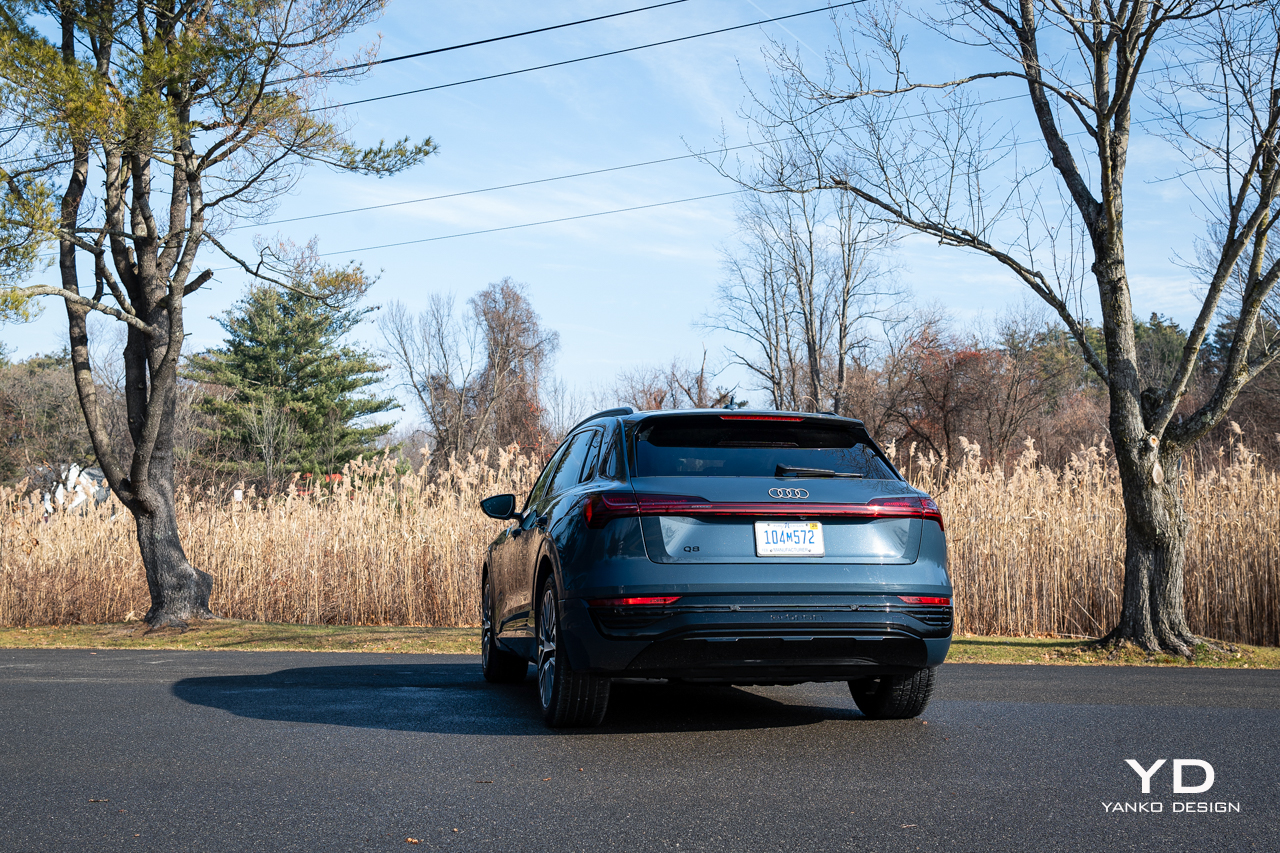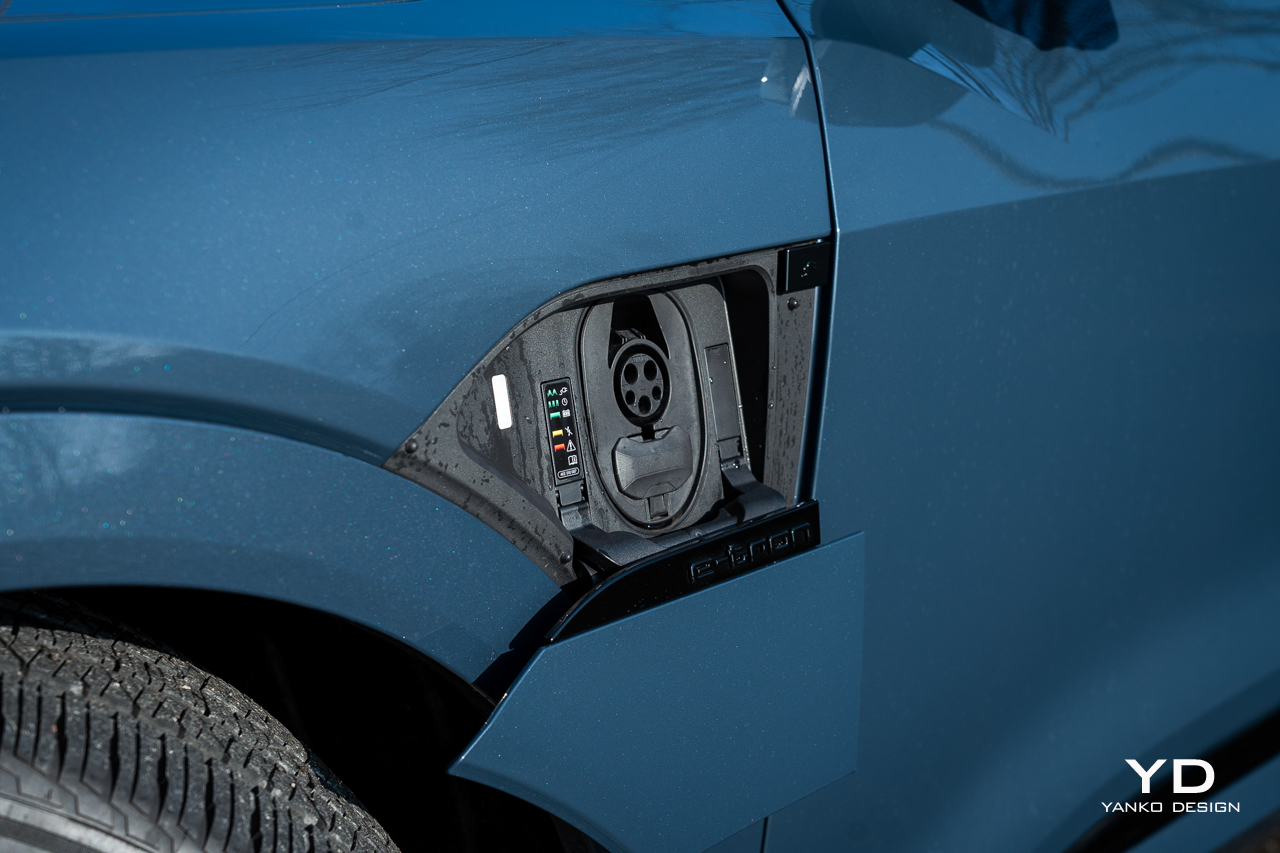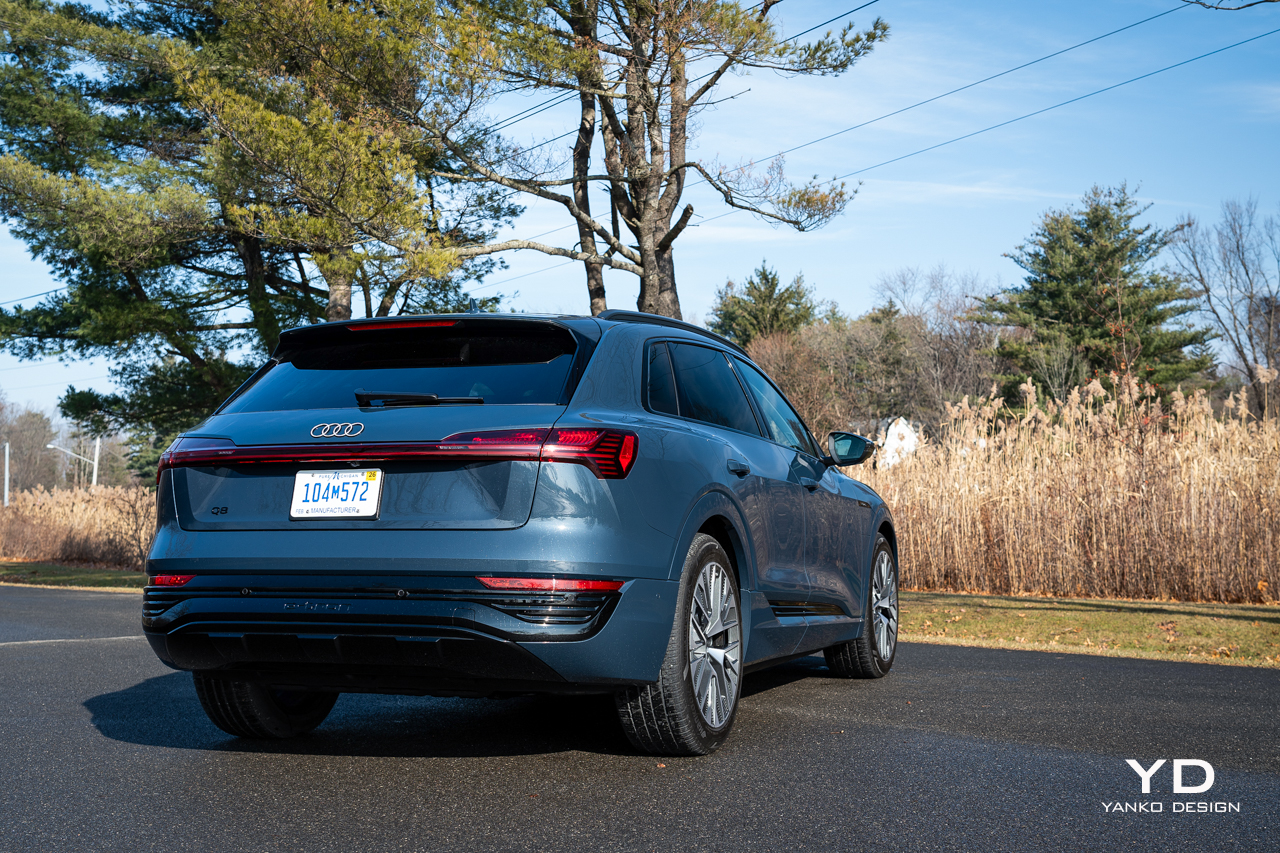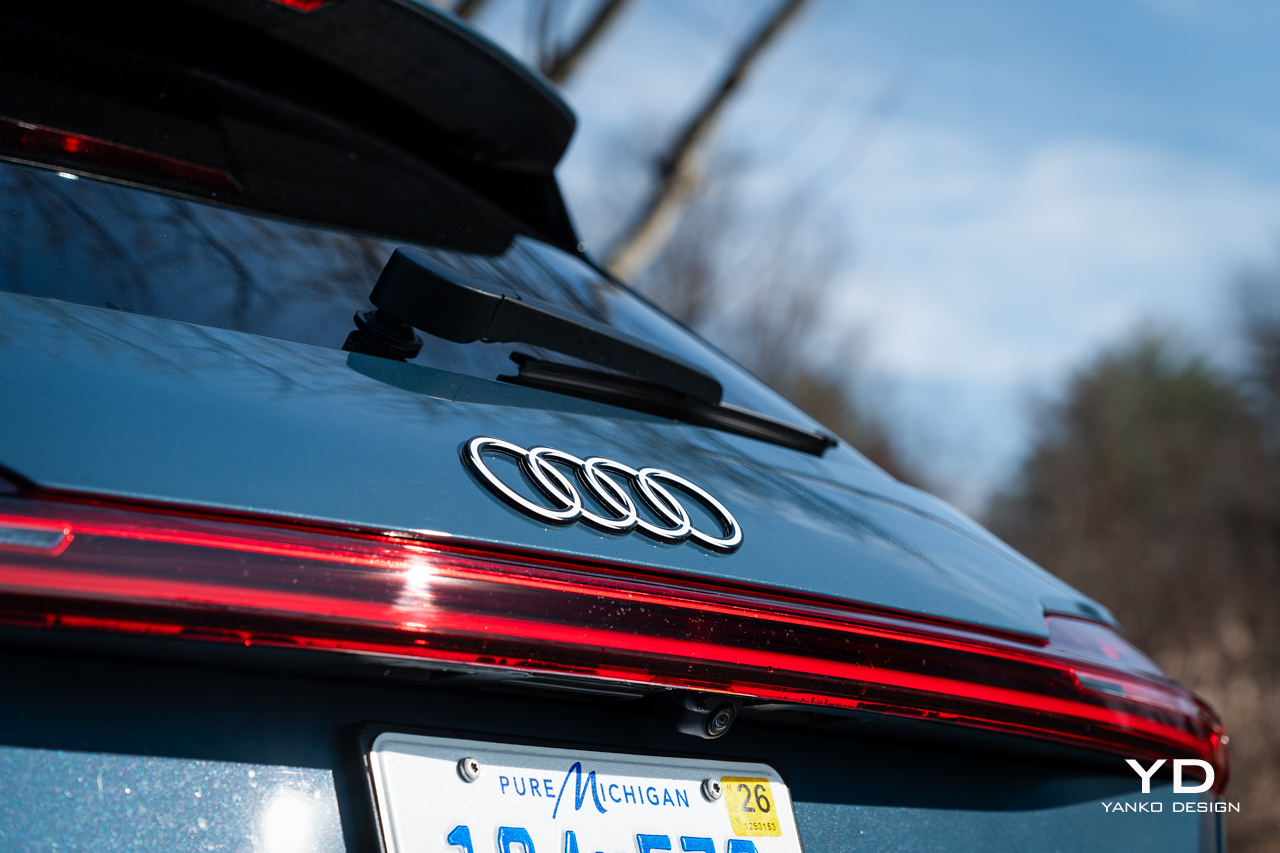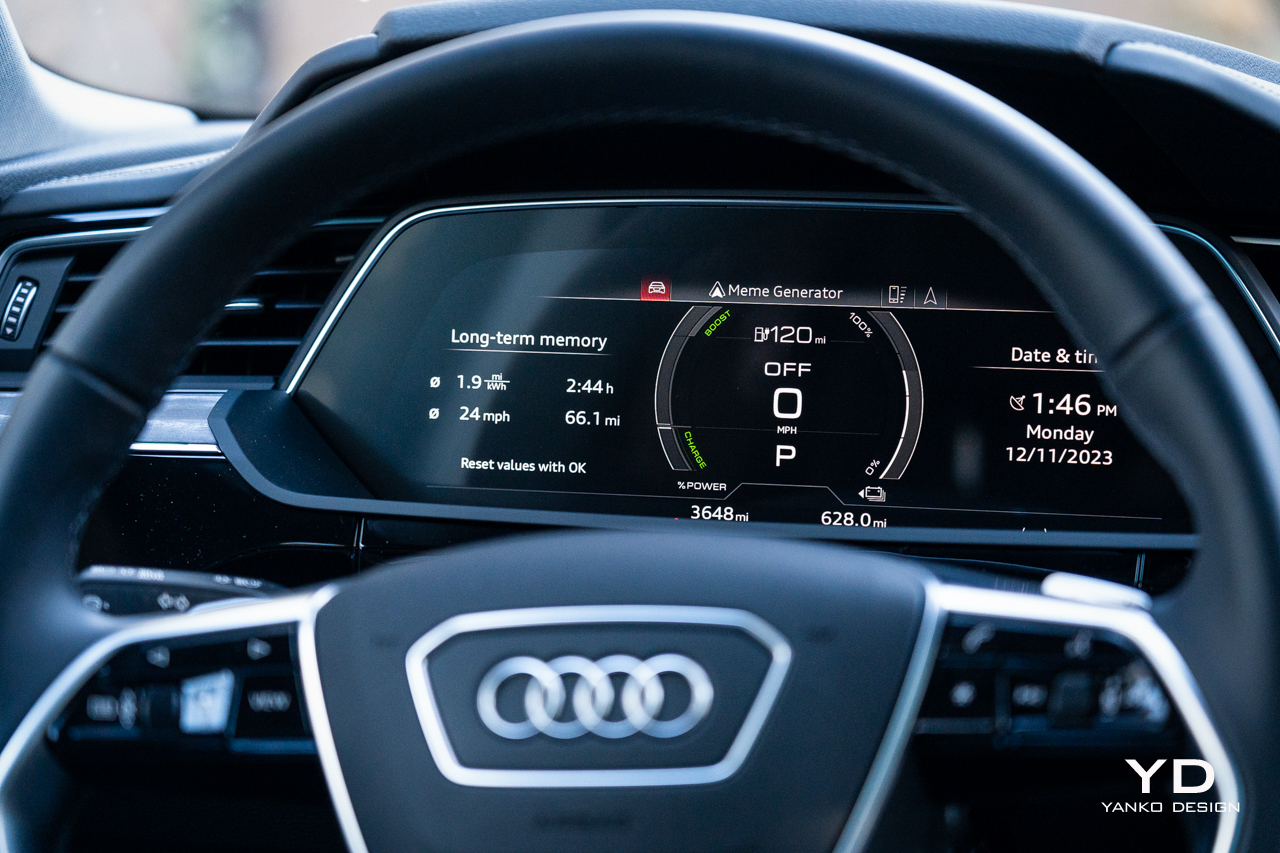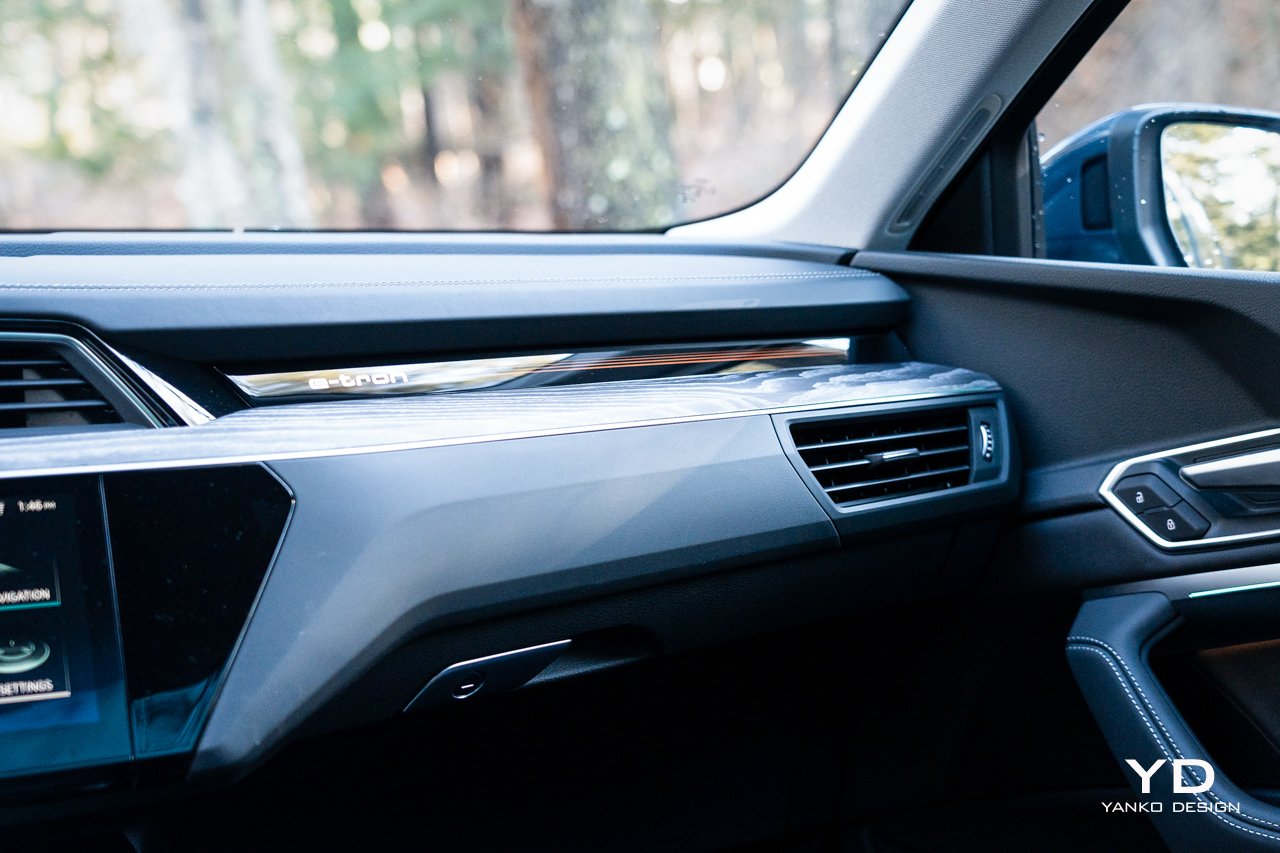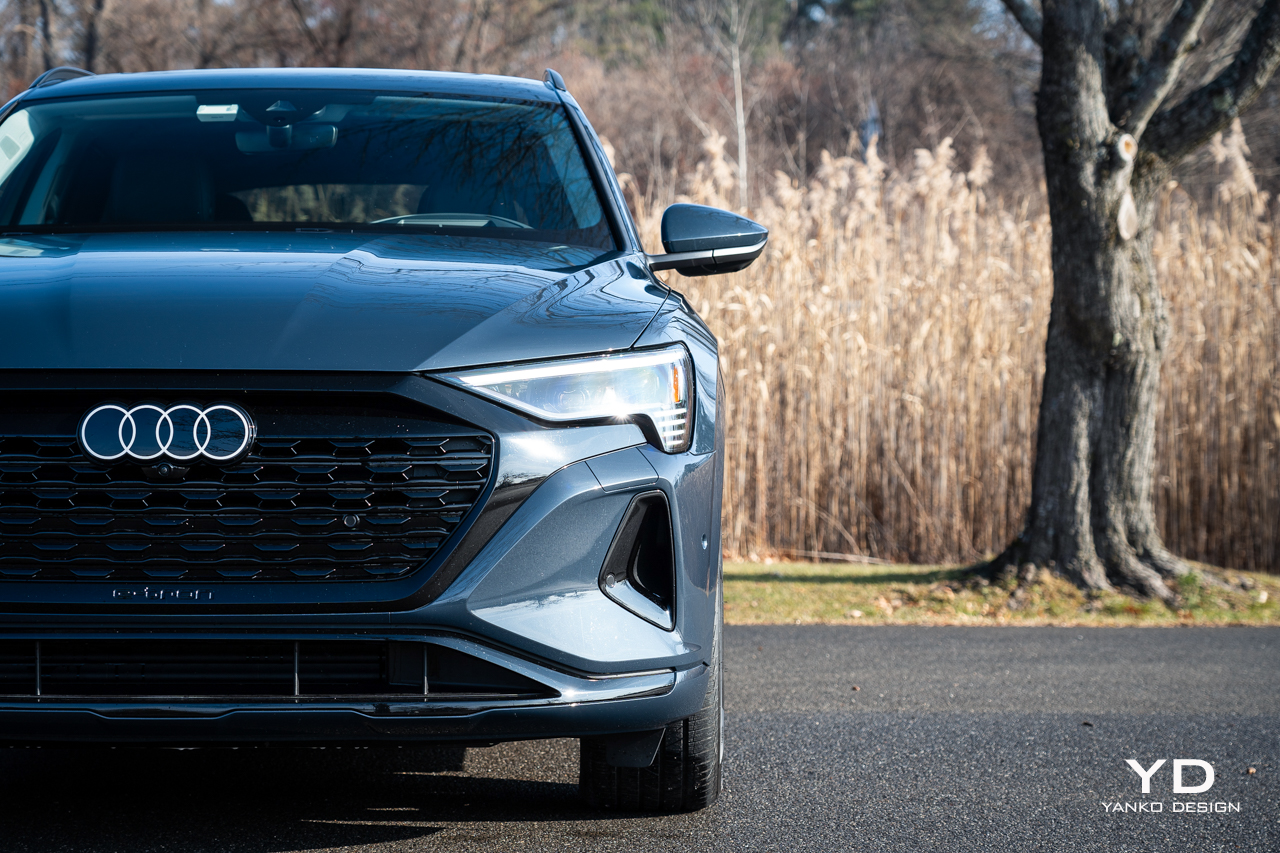We are living in a second golden age for console gaming. Active communities, open developer tools and easy distribution have given new life to many once-dead systems. If there's one company who deserves the most thanks for bringing a love for '80s and '90s cartridge-based console gaming back to the semi-mainstream, it's Analogue.
It started with the CMVS, an obsessive (and expensive) wood-grained reboot of the iconic Neo Geo. Then came the Analogue Nt in 2014, which brought easy, high-def NES gaming to our homes . In 2017, the Super Nt did the same for SNES gaming, then the Mega Sg for the Sega Genesis and, most recently, the Analogue Pocket, which supports everything from the Game Boy to the Neo Geo Pocket thanks to a series of adapters.
Analogue's latest is something different. While all those before have lived and died by their cartridge ports, the new Analogue Duo takes us to the next generation of gaming: optical. That's right, Analogue has entered the multimedia era with this love letter to one of Japan's most beloved consoles, a machine that barely made a dent elsewhere in the world.
That system is the TurboGrafx-16, known as the PC Engine in its home market of Japan. It launched there in 1987, beating the Sega Genesis to market by two years and the SNES by three. It rocketed to huge popularity, ultimately outselling Sega and keeping pace with Nintendo for much of its life. By the end of its run, its library offered nearly 700 games.
It didn't fare so well in the US. The TurboGrafx-16 didn't come here until 1989, arriving after the Genesis brought blast processing to the masses. Nintendo and Sega soon engaged in a marketing war of epic proportions. NEC's humble TurboGrafx-16 didn't stand a chance.
It didn't help that it wasn't really a 16-bit console. Though it offered support for 16-bit graphics, it only had an 8-bit internal processor, so it couldn't match the power of the competition. The add-on CD-ROM didn't help. Despite hitting the market years before the Sega CD, the Genesis add-on included an additional processor to deliver an early taste of 3D processing. The TurboGrafx drive was just that: an optical drive.
The system struggled in the US for a few more years before NEC pulled the plug in 1994. In Japan, new games hit the system all the way through 1999, meaning that even the most hardcore enthusiasts in the US missed out on the bulk of the PC Engine's best titles.
And, since the Analogue Duo can play imported games just as readily as local ones, it's a great excuse to dig deeper into that library.
Out of the box
The Analogue Duo is a slender console that shares an aesthetic similar to the PC Engine Duo, which was released in the US as the TurboDuo. NEC's Duo integrated the CD-ROM peripheral into a single, sleek, unified device. But, the Analogue unit feels far nicer. Its plastic body feels sturdier than the brittle stuff used on consoles back in the '90s, and the bottom is even rubberized. In fact, the Duo feels more like a high-end piece of home theater equipment, whereas the TurboGrafx-16 feels like a 30-year-old toy.
Up front are two slots. On the left is where cartridge-based games go, either on HuCard or TurboChip, the two media formats NEC used over the years. On the right is the CD-ROM slot.
Output to your display is via the HDMI port on the back, but there's also a 3.5mm headphone jack with its own volume knob if you want some private listening. You'll also find a port on the side for wired controllers, but since this uses the smaller Japanese connector, not the larger American one, you'll need an adapter to use TurboGrafx-16 controllers.
Around the back is an SD card reader for firmware updates or the like, plus a USB-C port through which the system gets its power.
At the heart of the system is an Altera Cyclone V processor, a dual-core Arm Cortex field-programmable gate array (FPGA) chip that can be effectively coded to act like any other processor. It's that core which enables the Duo to emulate the PC Engine and all its derivatives over the years.
There's none of the lag and glitchy performance that you'll get when running ROMs through an emulator. This is as close as you're going to get to a modern reboot of the PC Engine, but with much cleaner output.
Output
Whether you're playing domestic or imported games, everything will look stellar. As with previous Analogue releases, the Duo outputs a 1080p signal over HDMI, resulting in the absolute cleanest way to play your games on a modern digital display.
While there are ways to get an HDMI signal out of a TurboGrafx-16, ranging from RGB adapters that clip on the back to outputs soldered onto the system itself, even running through something like a scanline converter you're unlikely to ever get a signal this crisp and clean.
But for those who like to preserve a taste of the old school, Analogue includes a few different gameplay modes to deliver a CRT-like look and feel.
To be fair, even the greatest of games for this system don't offer much in terms of high-fidelity graphics compared to modern titles. But there are plenty well worth your time. Gate of Thunder is one of them, and it’s among the best side-view shooters, or shmups, ever to hit a console. The quality of games like this helped establish the PC Engine's success in Japan.
Castlevania: Rondo of Blood, though, is generally believed to be the single greatest title for the system. Released on CD-ROM in 1993, exclusively in the Japanese market, this is still ranked among the top Castlevania titles of them all.
It's damned good, and plays excellently on the Analogue Duo. Load times for this game and others are quite fast, and the drive isn't as noisy as many console CD-ROM add-ons were back in the day.
Gaming on the Analogue Duo
The Analogue Duo delivered flawless compatibility and playback for virtually every game I threw at it, with only one falling short: SCI: Special Criminal Investigation — which, thank goodness, has nothing to do with the CSI television series. SCI is the sequel to Chase H.Q., which was big in American arcades. Its unique mix of driving and shooting, as well as the inclusion of amazing period cars like the Nissan 300ZX Turbo made it a real favorite of mine. In fact, this was the first game I tried to play on the Duo.
So, imagine my horror when the Analogue system wouldn't play it or even recognize it. It just displayed a blank screen, much like what happens on a region-locked US TurboGrafx-16 console when trying to play a Japanese game. So, I went into the Duo's settings, explicitly changed the region to Japan, and the game played without issue.
This is the only game that the Duo failed to appropriately identify the region of, which is a minor annoyance at best that I'm sure will be fixed soon in one of Analogue's frequent updates.
Firmware updates are easily applied via the integrated SD-card reader, which is also where your save games for CD-based titles are stored. This makes them easy to back up or even edit. With the appropriate USB adapter, it's also possible to import your old save games.
Controllers
If there's one fly in this ointment, it's the controllers. As usual, Analogue partnered with 8BitDo to provide peripherals for the Duo. The $24.99 gamepad is the standard offering, and while it looks good in photos, in the hand it's somewhat underwhelming.
For one thing, it feels just as light and flimsy as 8BitDo's other products, with buttons that rattle when you shake the thing. The controller doesn't even offer the same weight and solidity as the original TurboGrafx-16 controllers, which certainly aren't standouts themselves.
But the 8BitDo controllers have a major advantage: they're wireless. They pair quickly and easily with the Duo and work without lag. They also feature a dedicated home button to bring up the Analogue menu.
There is, though, one final kicker with the controllers: they charge over micro-USB. It's 2024, 8BitDo. Even Apple has moved to USB-C.
Wrap-up
I really enjoyed testing the Analogue Duo. It was an opportunity to play releases I hadn't dug out in years, and also to experience some games I hadn't yet tried, all rendered in immaculate detail.
That said, it's easy to see this as a very niche release for Analogue, a company whose obsessive fans are already far from mainstream. Software emulation is infinitely cheaper and still delivers great results, but those of us who love classic console gaming know that there's just something different about running it from the original media.
Whether that extra something is worth the extra cost is between you and your accountant. Despite being Analogue's most expensive release in years, and despite supporting a decidedly underappreciated console, the Analogue Duo is yet another excellent quality of life improvement for retro gamers and collectors. I can't imagine playing my HuCards any other way.
This article originally appeared on Engadget at https://www.engadget.com/analogue-duo-review-a-second-chance-for-an-underappreciated-console-130056763.html?src=rss